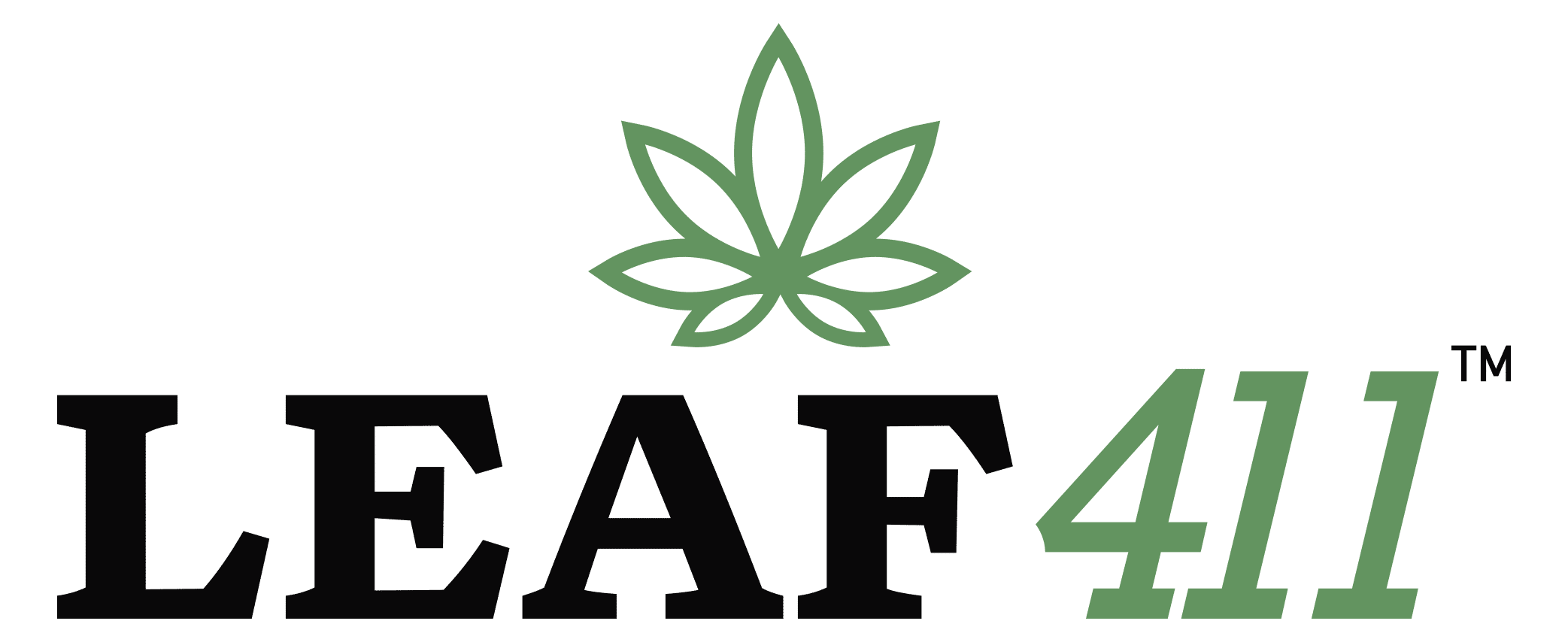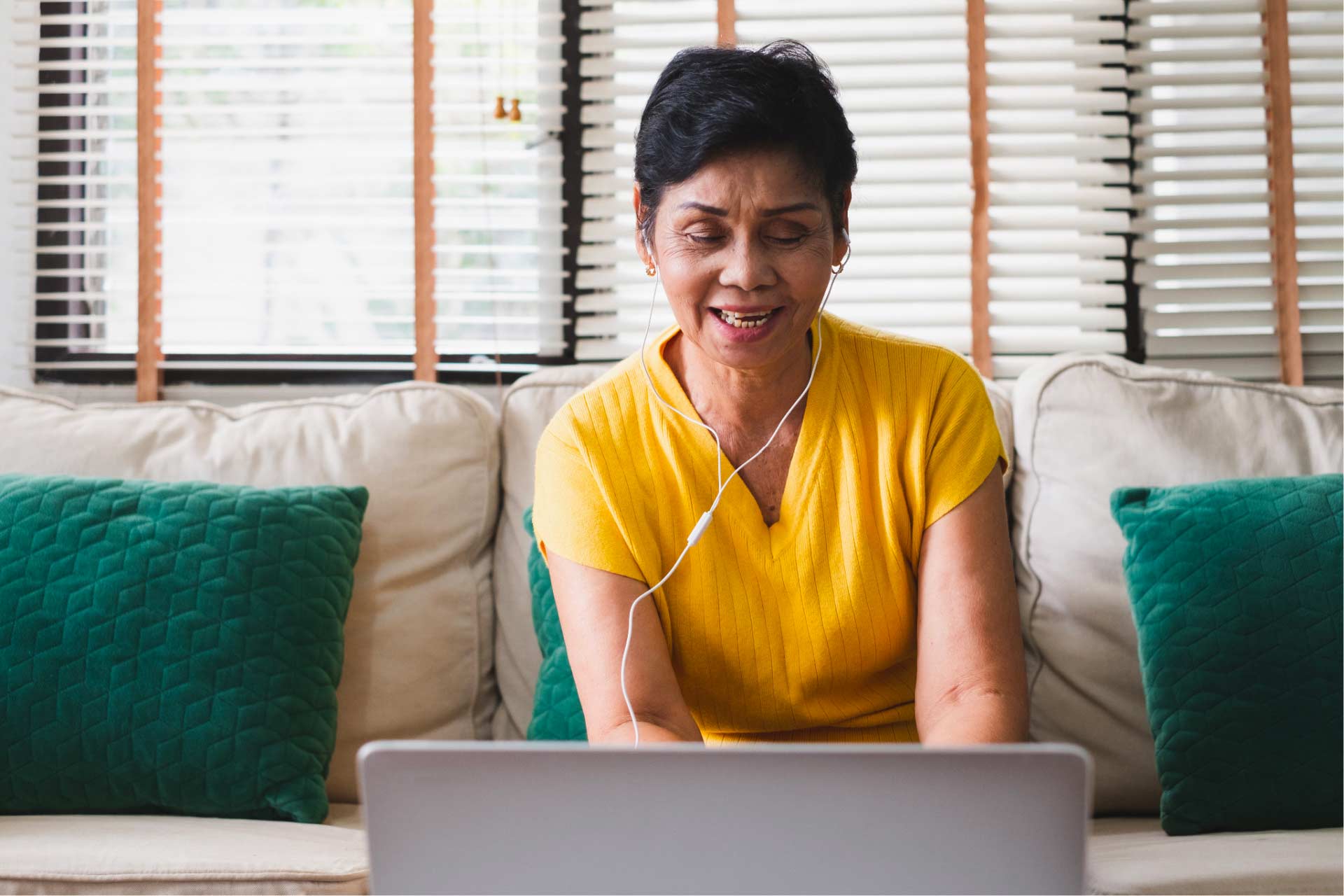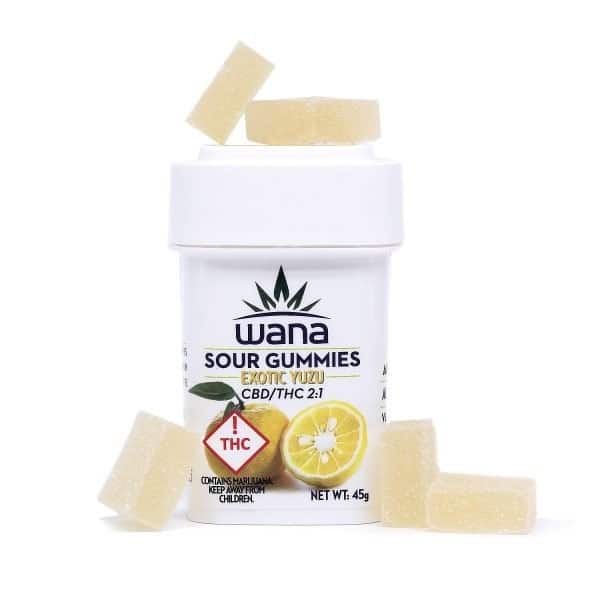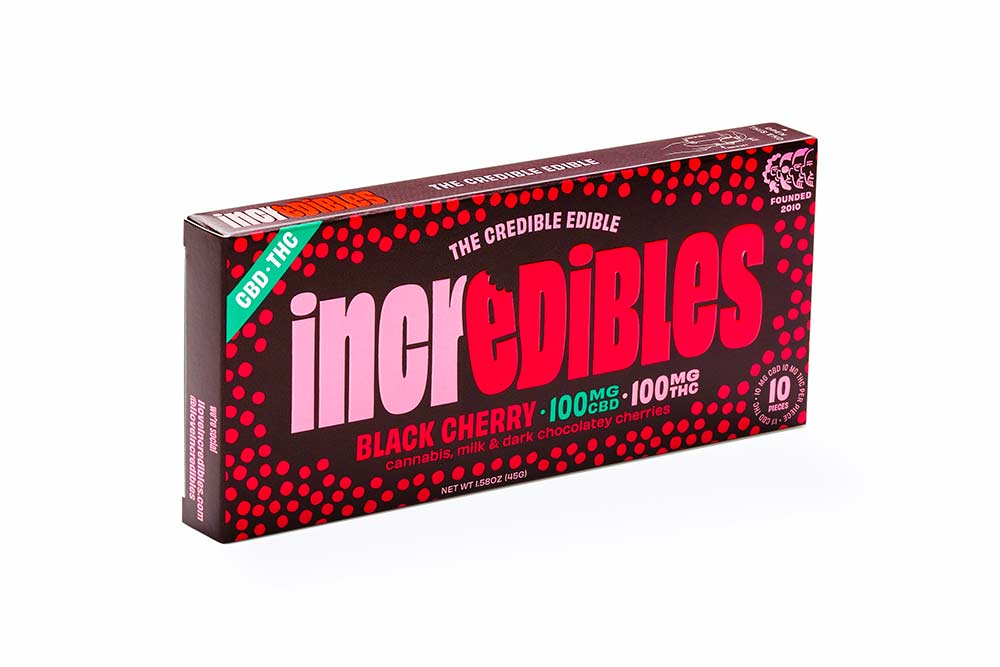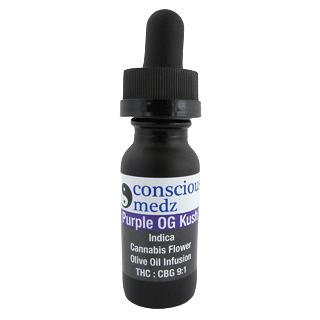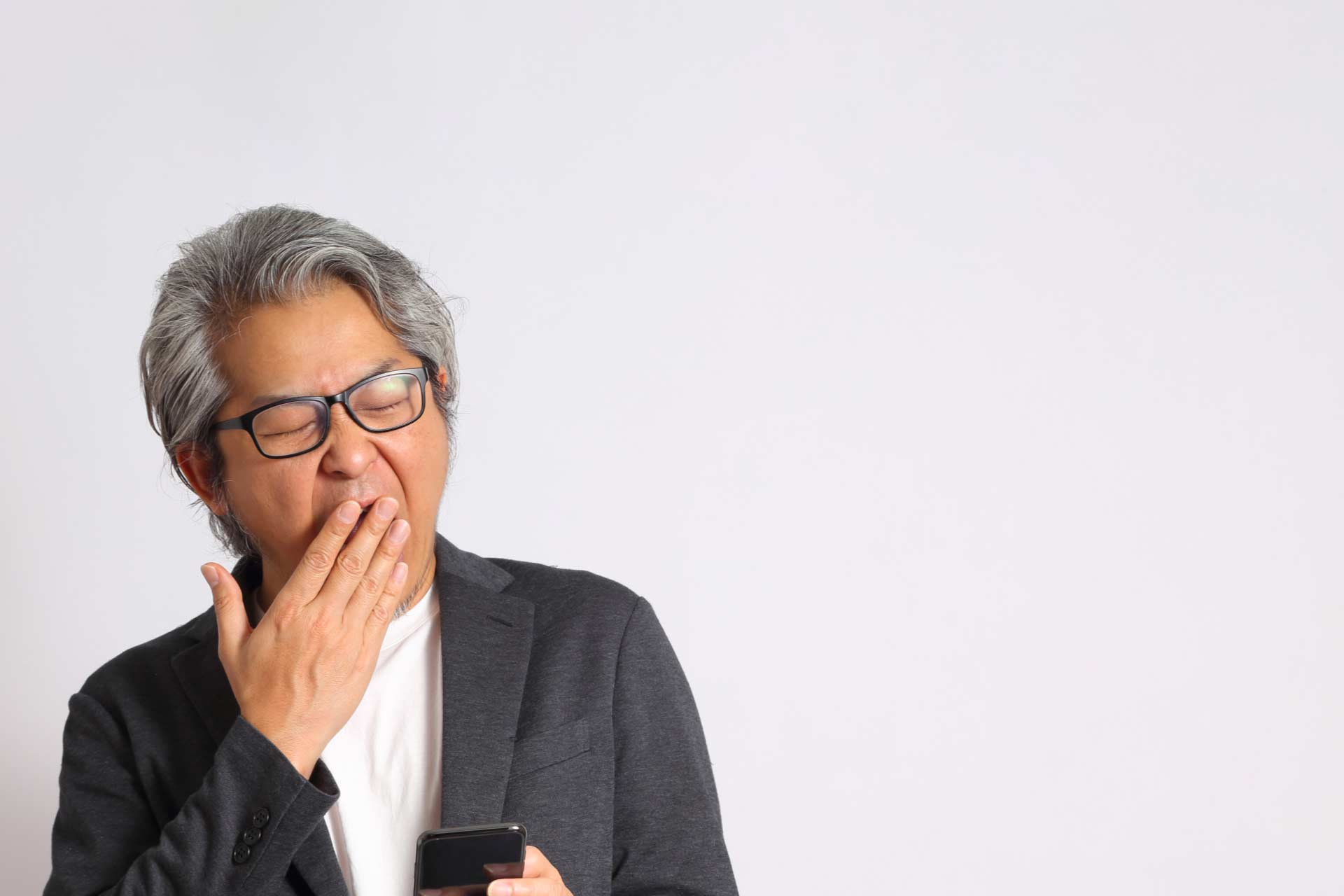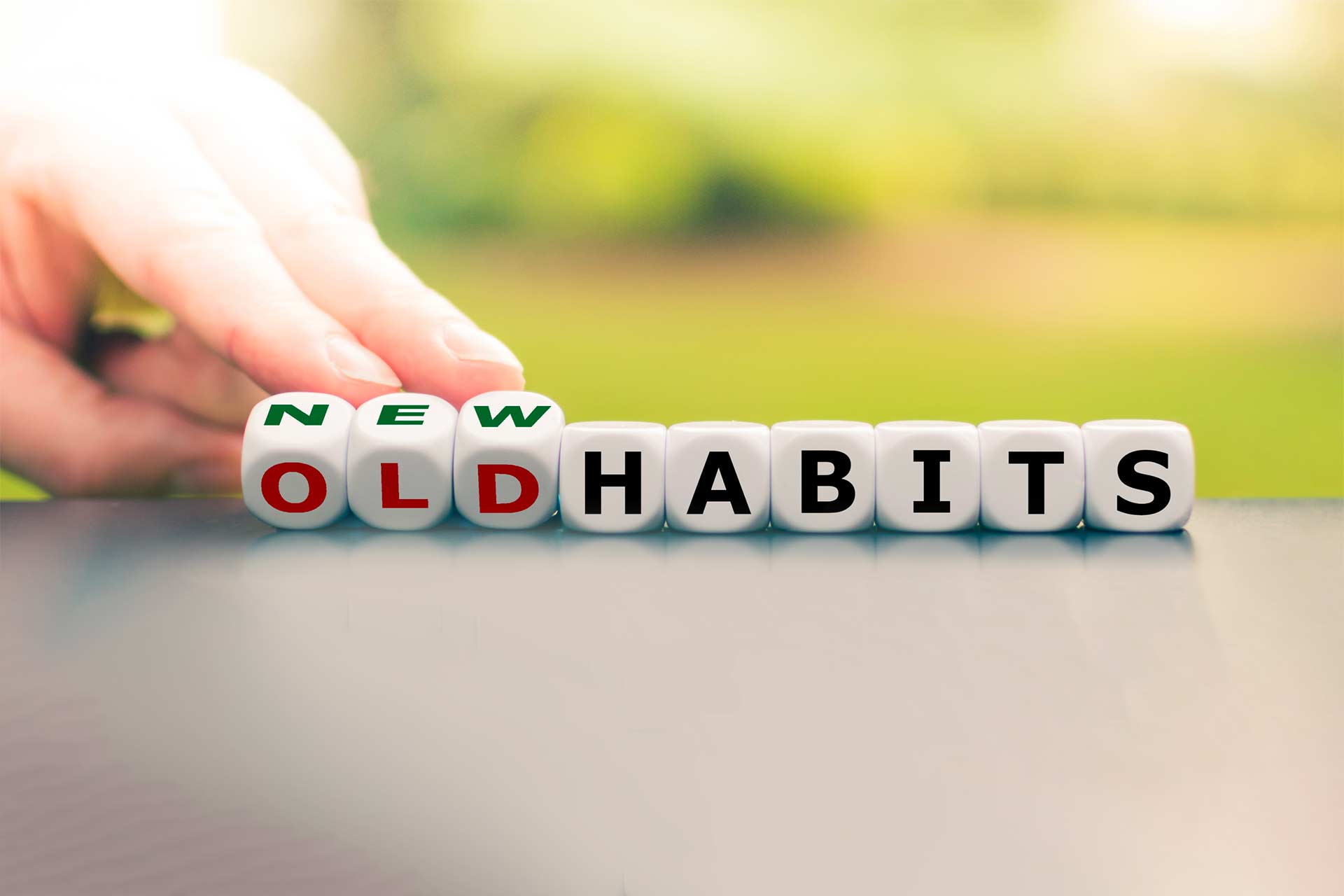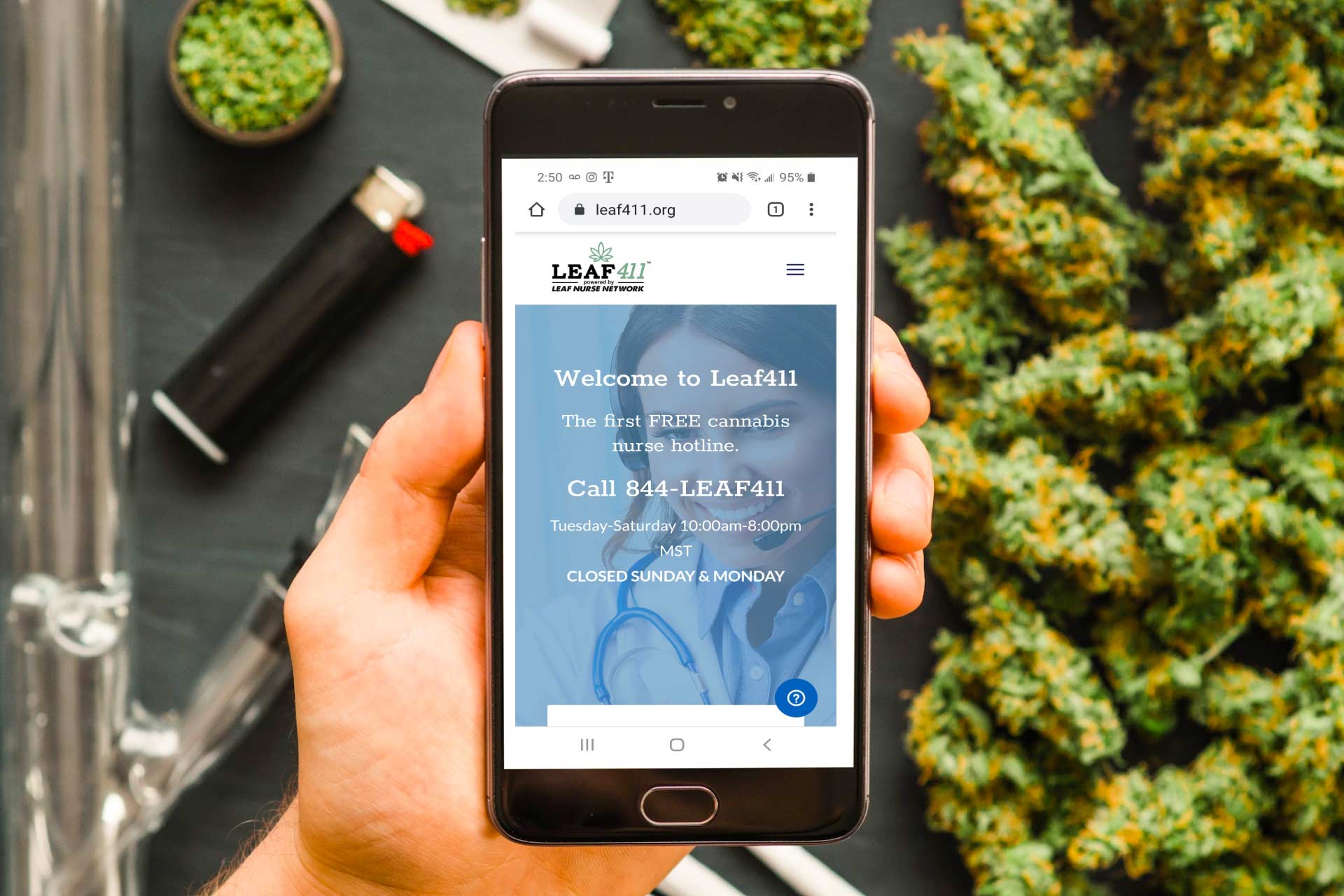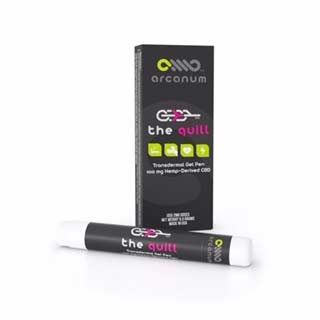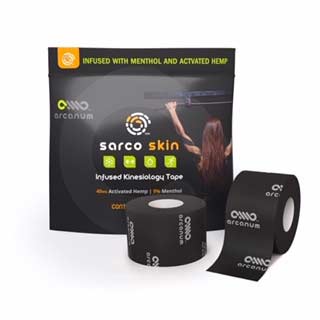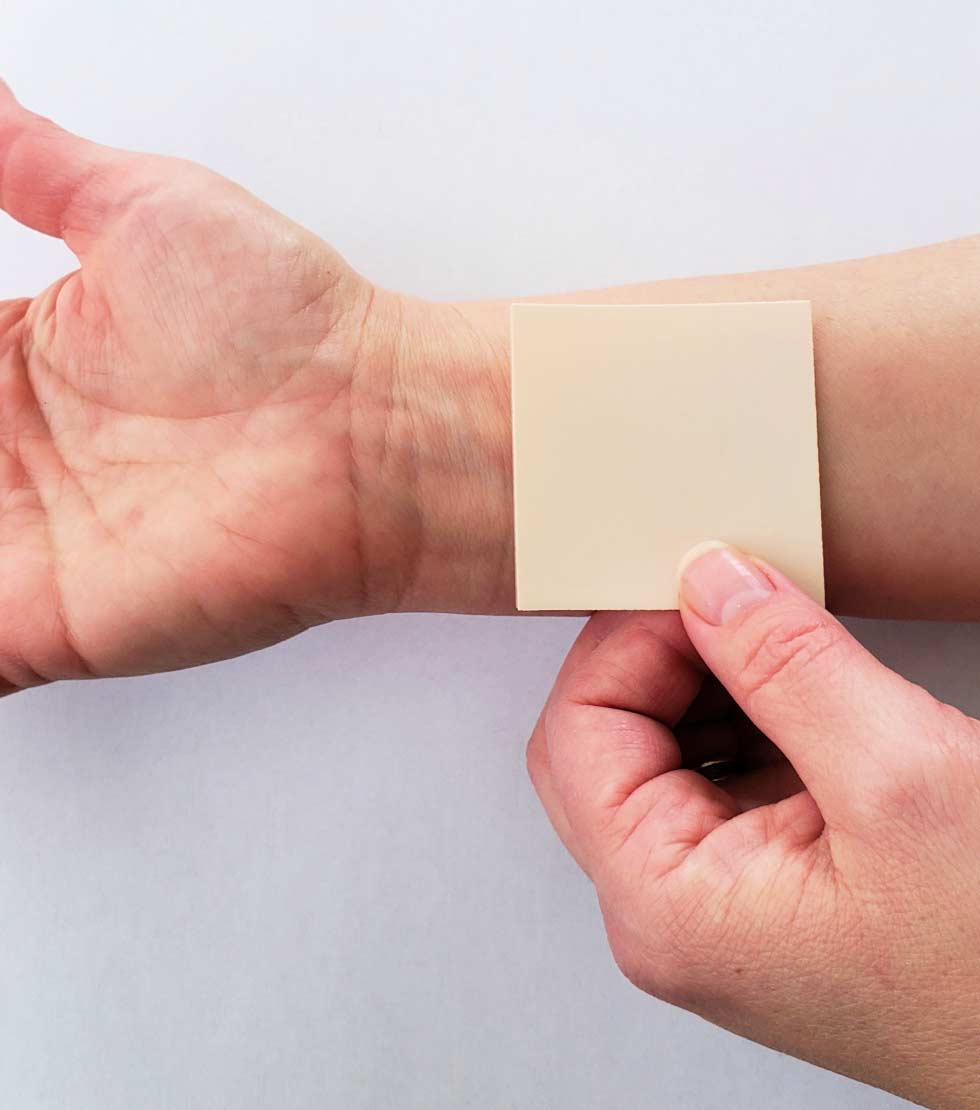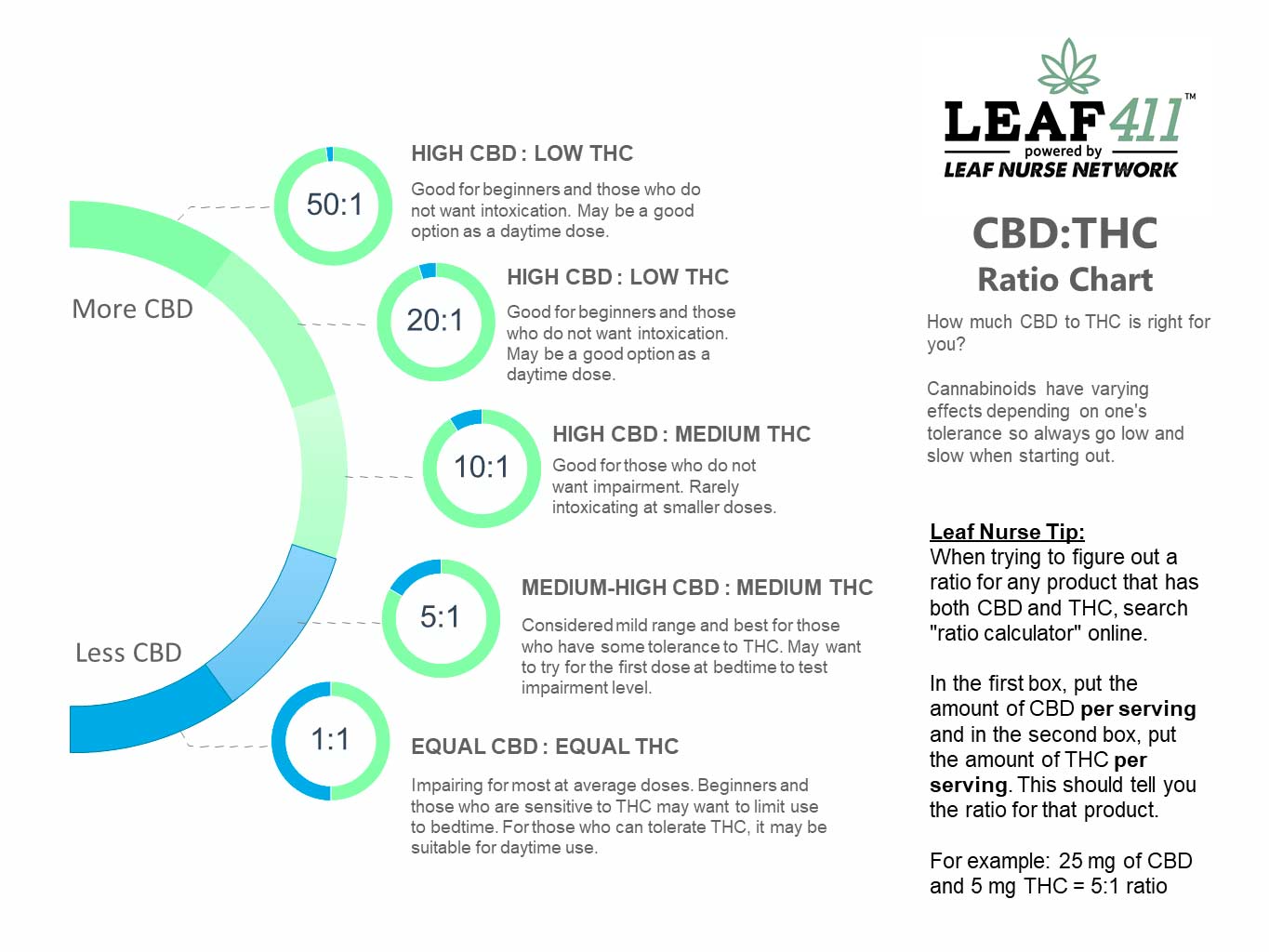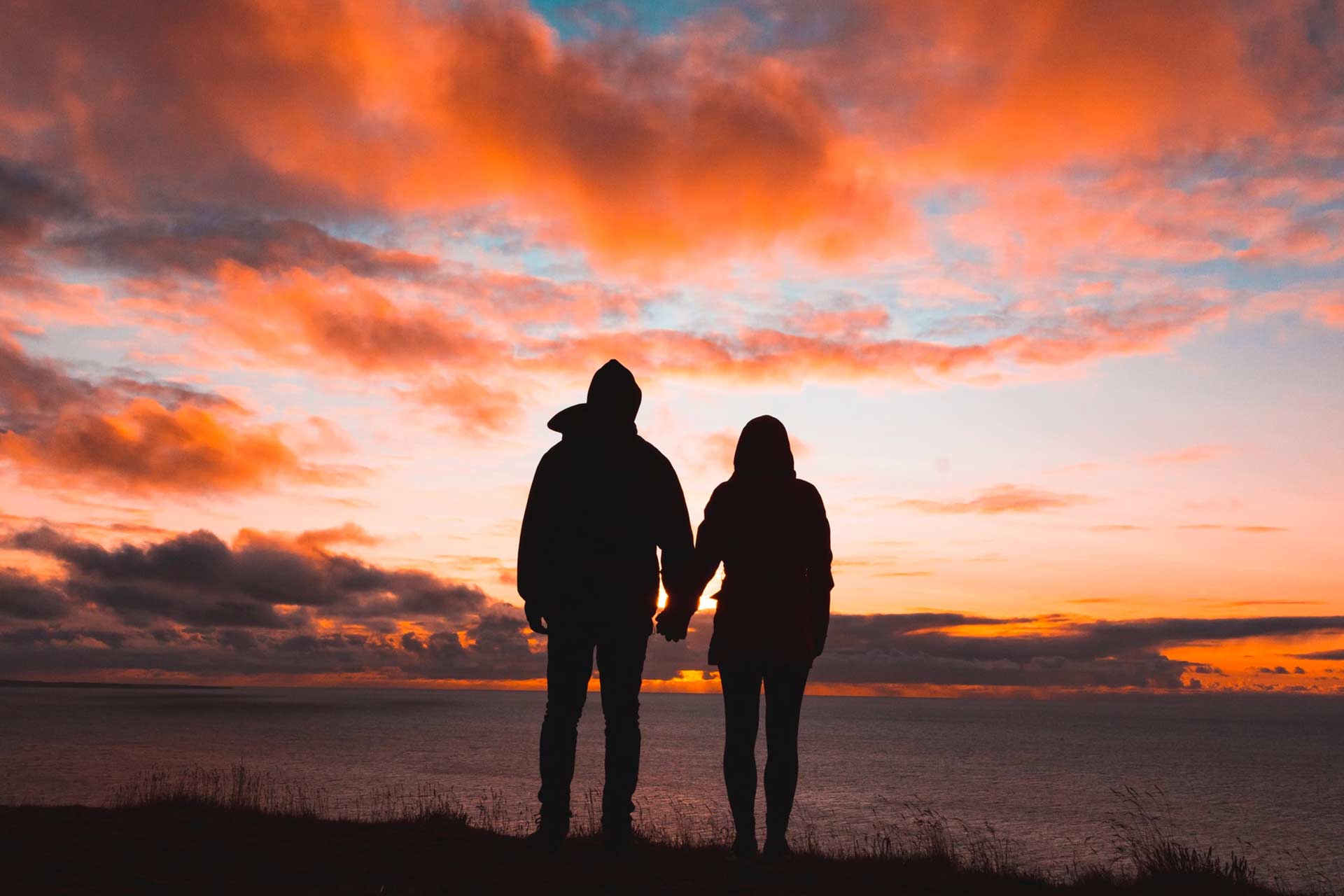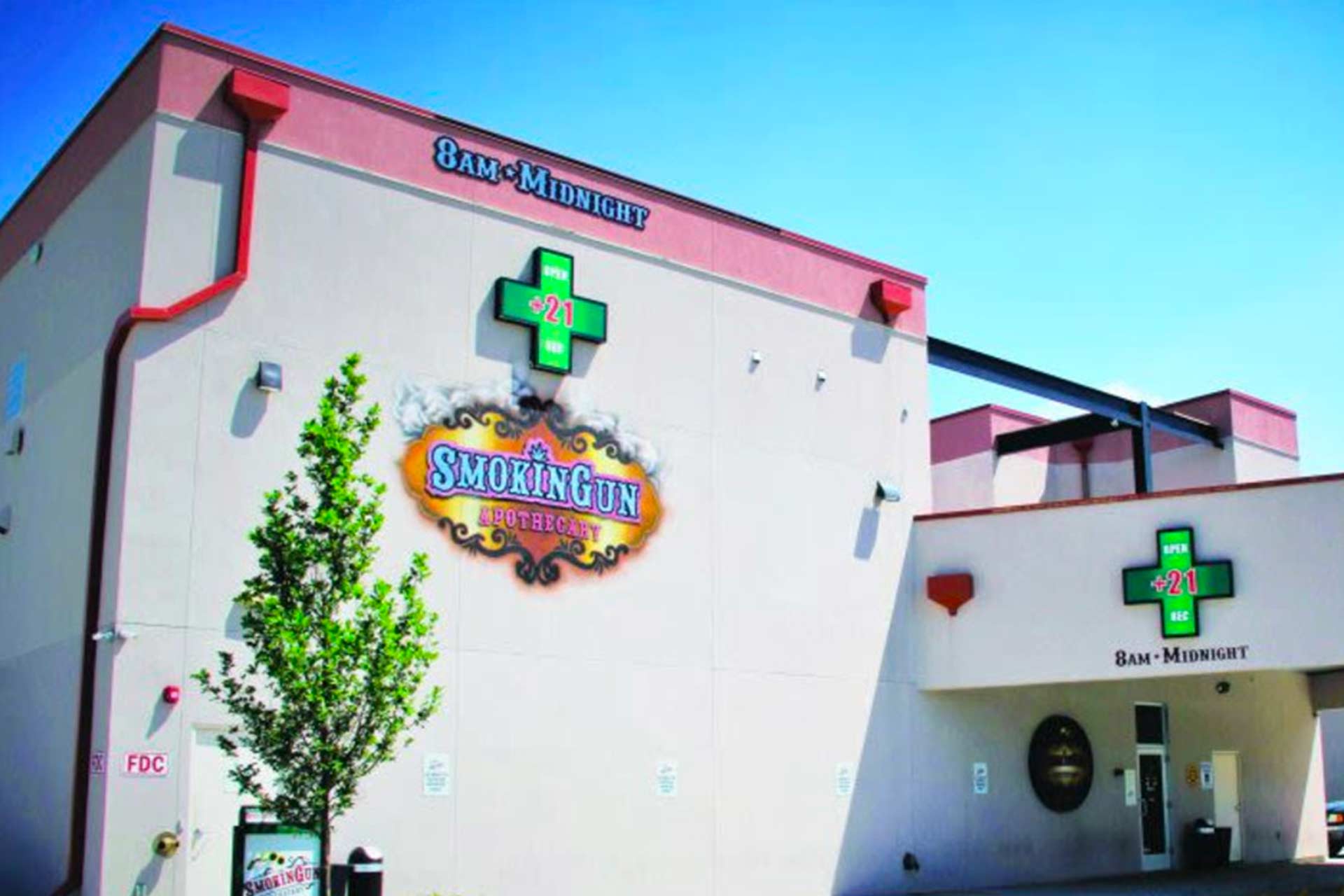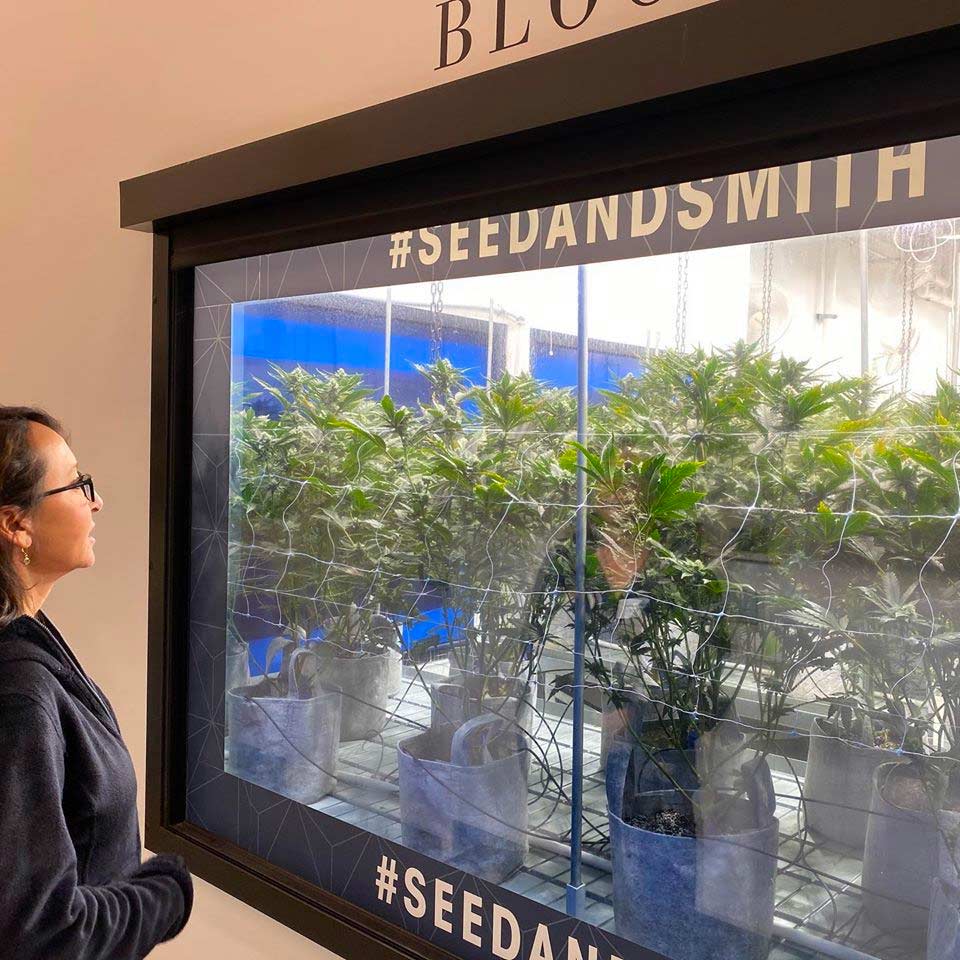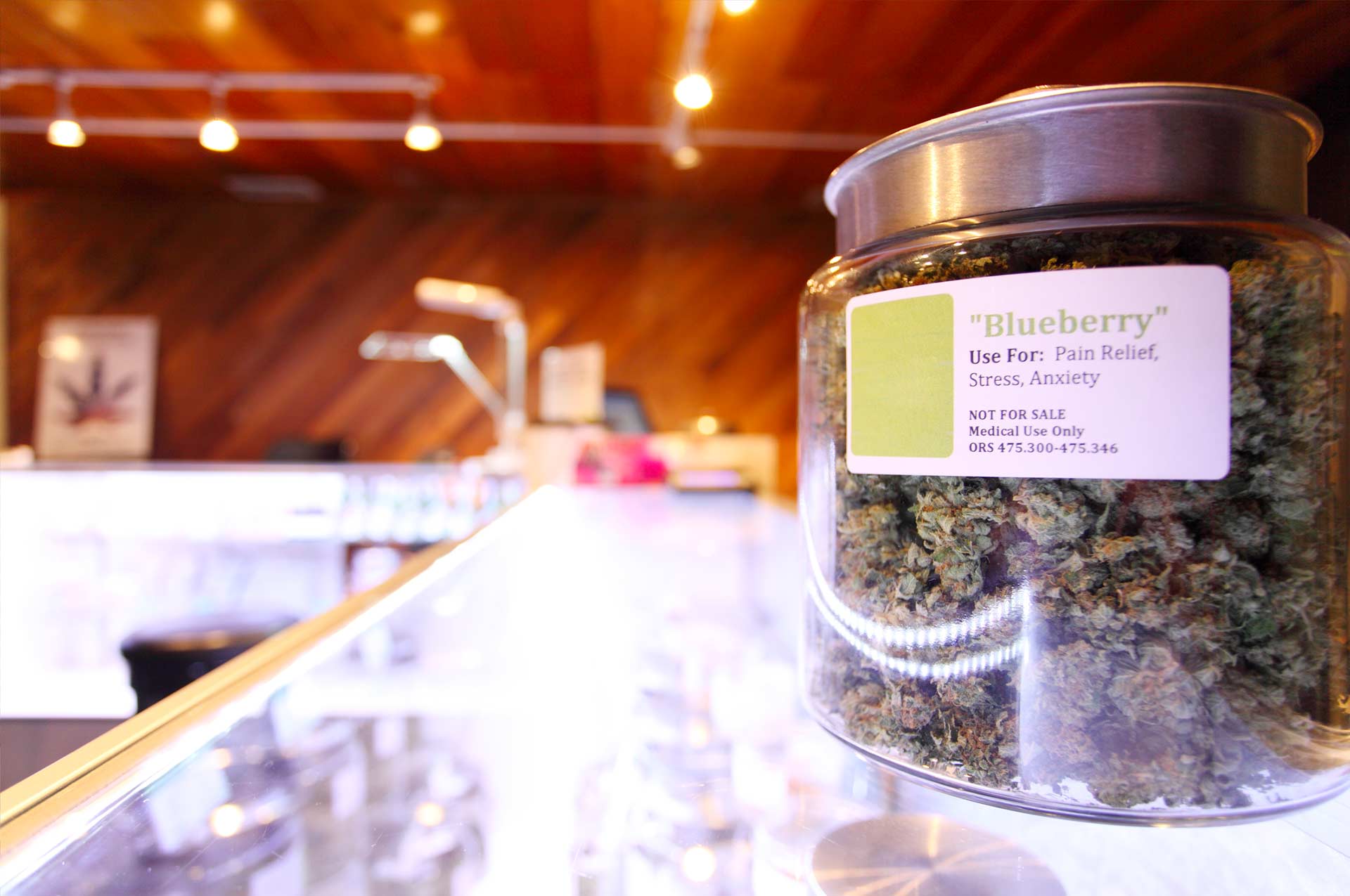Top Takeaways from the Inaugural Leaf Learning Series
Medically reviewed by Katherine Golden, RN
Written by Denise Rustning
Were you able to join us on Thursday, August 20th, for our first online Leaf Learning Series? If not, don’t worry! We plan to release an archive of the event at a future date. Be sure to sign up for our newsletter at the bottom of this page to find out when the content is available! As a newsletter subscriber, you’ll also be the first to learn about our next session covering all things CBD hemp.
In the meantime, we thought we’d share some of the top cannabis takeaways from our inaugural session.

When it Comes to Cannabis, Everyone is Different
Everyone has an endocannabinoid system—but everyone’s endocannabinoid system is just a little bit different. Leaf411’s Founder and CEO/ED Katherine Golden, RN, and our Advisory Board member Dr. Dave Gordon from 4 Pillars Health & Wellness always recommend starting low and going slow when finding your optimal dose of CBD hemp or marijuana containing higher levels of THC, in part because everyone’s endocannabinoid system is unique. The dose that works best for your friend or partner might not be the best amount of CBD or THC for you.
During the learning session, Dr. Dave also talked about how there’s no one best way to use cannabis. Different product types offer different benefits, depending on your health issues and wellness goals.
Understanding the basics of your endocannabinoid system and how CBD, THC and other cannabinoids interact with this system is a great place to start on your cannabis journey, saving you time and money as you begin exploring the best cannabis options for your health goals. That’s why we focused on Cannabis Therapeutics 101 for this first session!
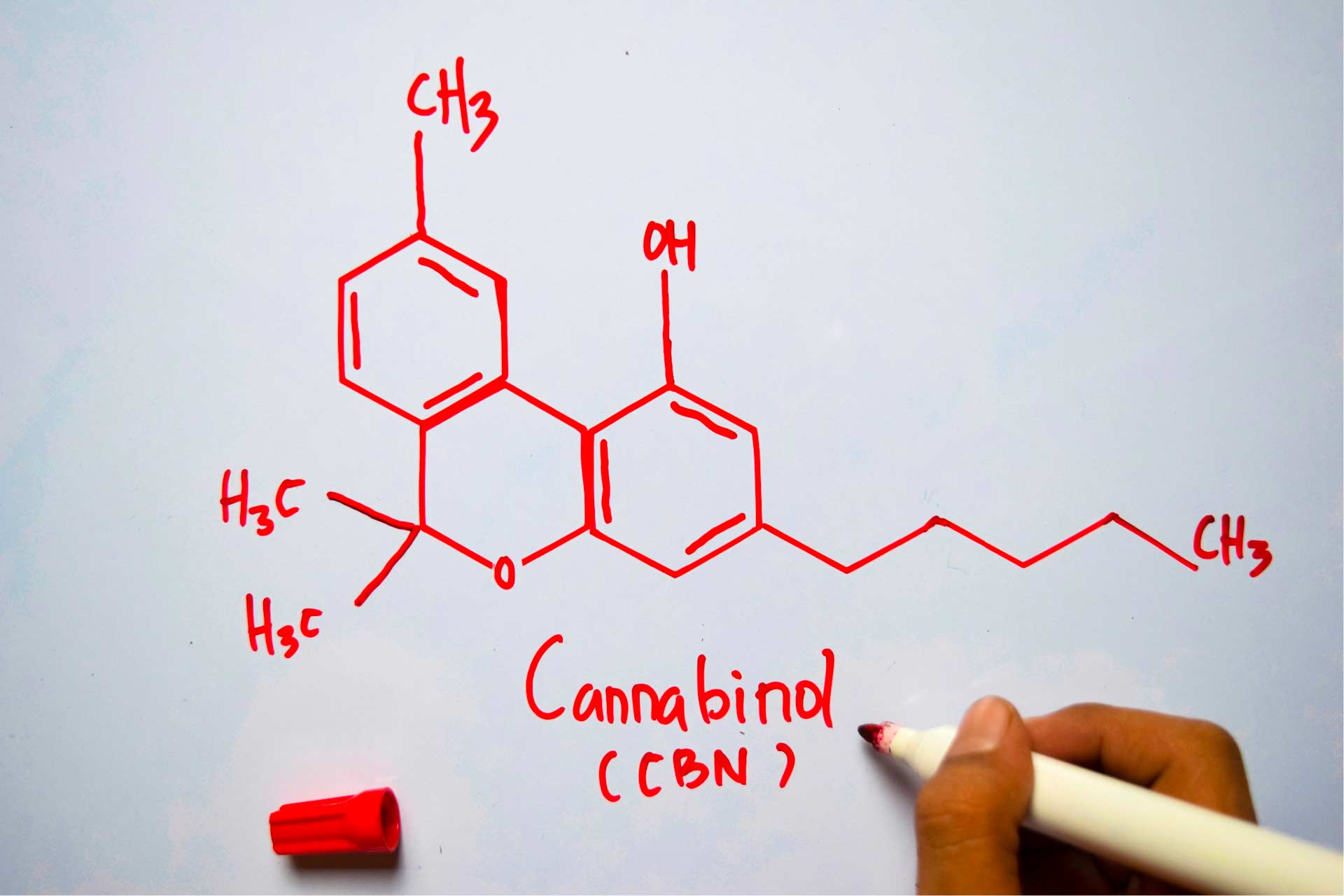
In a subsequent session during the event, Dr. Dave addressed the therapeutic potential of minor cannabinoids like CBN for sleep, and THC-A as a non-intoxicating alternative to help manage pain and nausea. He also talked about how some peoples’ sensitivity to minuscule amounts of THC might actually be due to either inconsistent product quality or the type of product they’re using—this is a much more common experience with edibles as a result of how THC is metabolized by the liver.
Want to learn more? Keep an eye out for the recorded session, and in the meantime, we encourage you to look through our blog and Leaf Library, which includes useful FAQs.
Of course, you are always welcome to call us at no cost at 844-LEAF411 (844-532-3411) or chat us from the Leaf411.org homepage during our hotline hours.
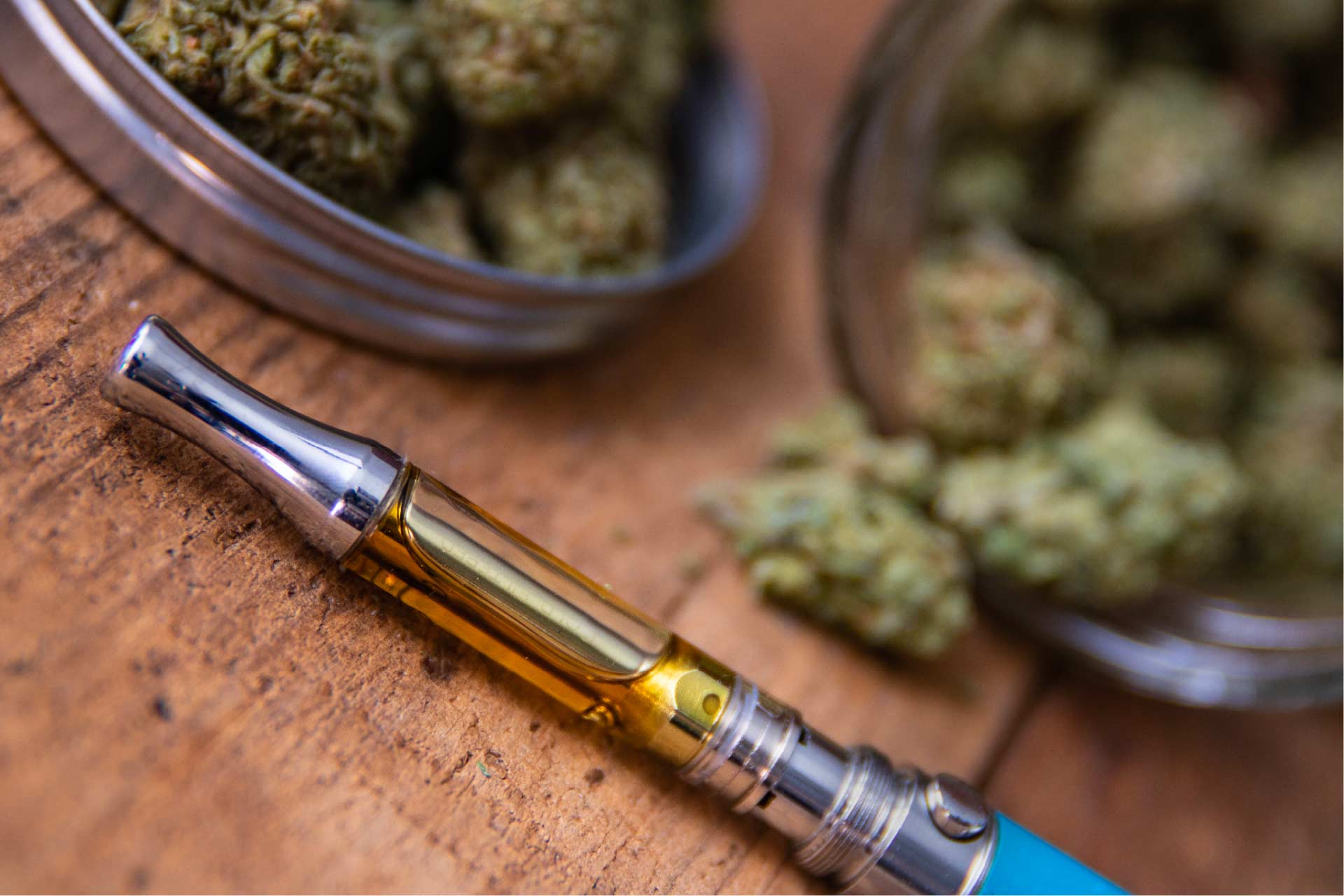
Cannabis Medicine: Don’t Be Afraid of Inhalation
Dr. Dave and Katherine tackled one of the biggest hesitations many people have with cannabis—smoking and vaping. They discussed how inhalation methods may provide a safe, effective way to use cannabis medicine. Inhalation can be especially effective when seeking immediate relief for breakthrough pain or nausea. Dr. Dave suggested that vaping flower is a good approach, especially if you’re concerned about unwanted ingredients in vape cartridges.
If you are shopping for oil vapes, look for products with limited ingredients, and which don’t contain propylene glycol (PG), polyethylene glycol (PEG), or vitamin E acetate (the identified source of last year’s 2019 vaping-associated lung injuries).
Several of our supporting members have developed cannabis edibles that utilize cutting-edge technology to deliver a delta-9-THC inhalation type experience—check out Quiq’s wide range of products or Wana Brand’s Fact-Acting Gummies as examples of this new type of product.
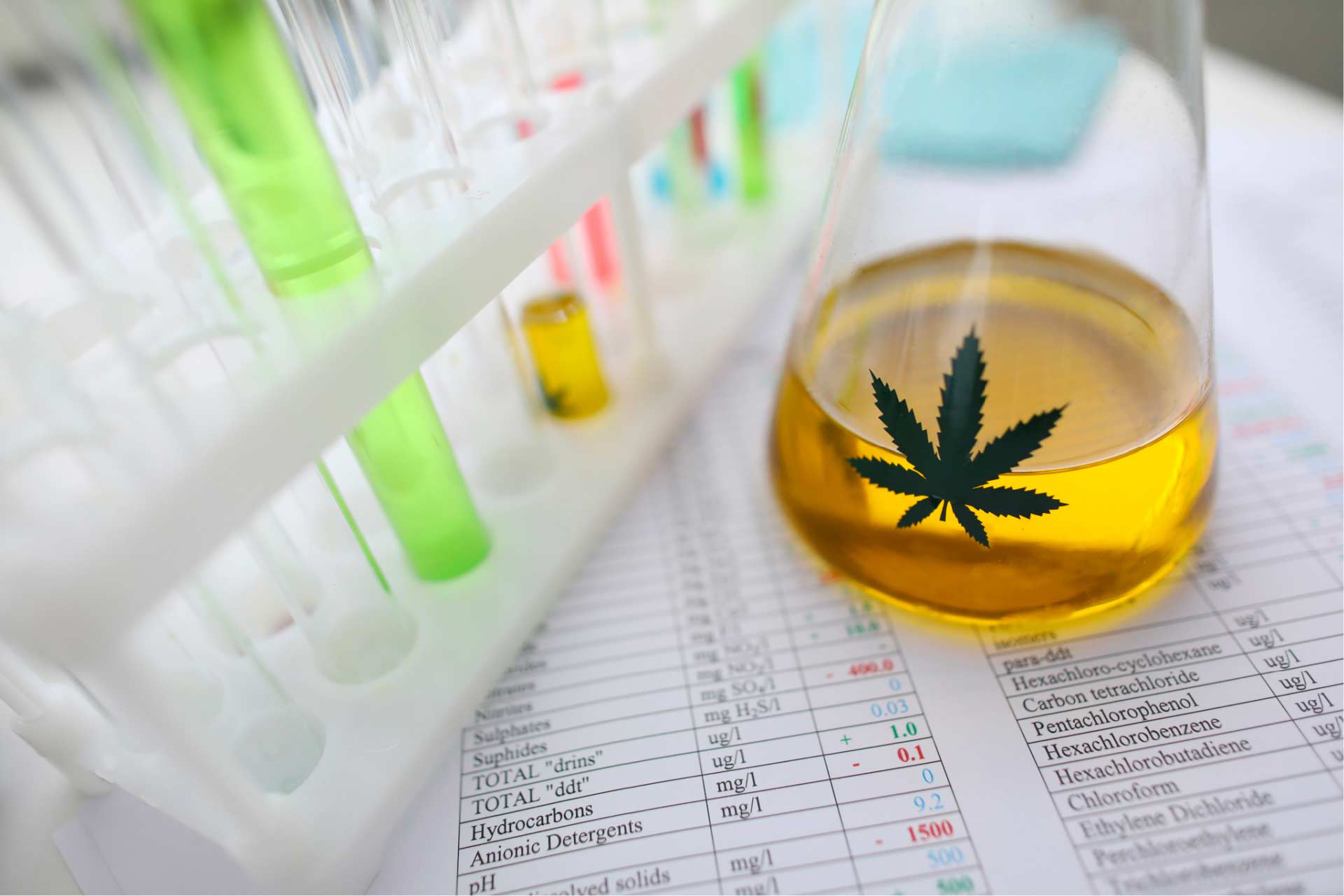
Cannabis Product Quality Matters
At Leaf411, we know that quality matters. Product quality and safety are always in the front of our minds when we review potential members.
During our Leaf Learning Series, we were excited to provide a platform for many of our members to talk about their ingredient sourcing and product manufacturing processes. Attendees chatted with company representatives, including founders and CEOs, during live sessions and in the vendor expo hall.
Nature’s Gift Shop, an incredible family-owned dispensary in West Pueblo, and Lightshade Dispensary, with locations throughout the Denver metro area, both shared dispensary tours along with live Q&A, with participants asking questions about the different products they offer. Both dispensaries are dedicated to making every visit a positive experience by meeting consumers where they’re at, whether they’re brand new to cannabis or an experienced user. By the way, the next time you visit Nature’s Gift Shop, be sure to check out their Willie Nelson sculpture that was made by a local artist!
Robbie Wroblewski also provided an incredibly fun and interactive virtual tour of Seed & Smith’s Growhouse, answering a wide range of audience questions. While we missed smelling the extract room (a feature of their pre-COVID in-person tours), we appreciated the behind-the-scenes look at how cannabis is cultivated.
All of this content will be available on-demand soon. Be sure to sign up for our newsletter for updates!
Learning From Top Cannabis Experts
Remember how we said that everyone’s endocannabinoid system is unique? Cannabis retailers and manufacturers understand that consumers have different health goals, tolerances and product preferences as well!
Many of our supporting members employ food engineers, chemists and other industry experts to develop reliable, high-bioavailability cannabis products. If you weren’t able to attend the August 20th session, we hope you’ll find time to join us in the future, because you’ll be amazed by both our supporting members’ professional backgrounds and the science that they’re bringing to their product development!
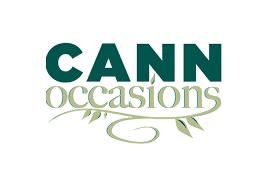
A Special Thank You to CannOccasions
We also want to extend special recognition to the amazing CannOccasions team who managed the registration, online event platform and all logistics. If you’re seeking a professional cannabis events management company for your virtual or IRL event, we highly recommend CannOccassions!
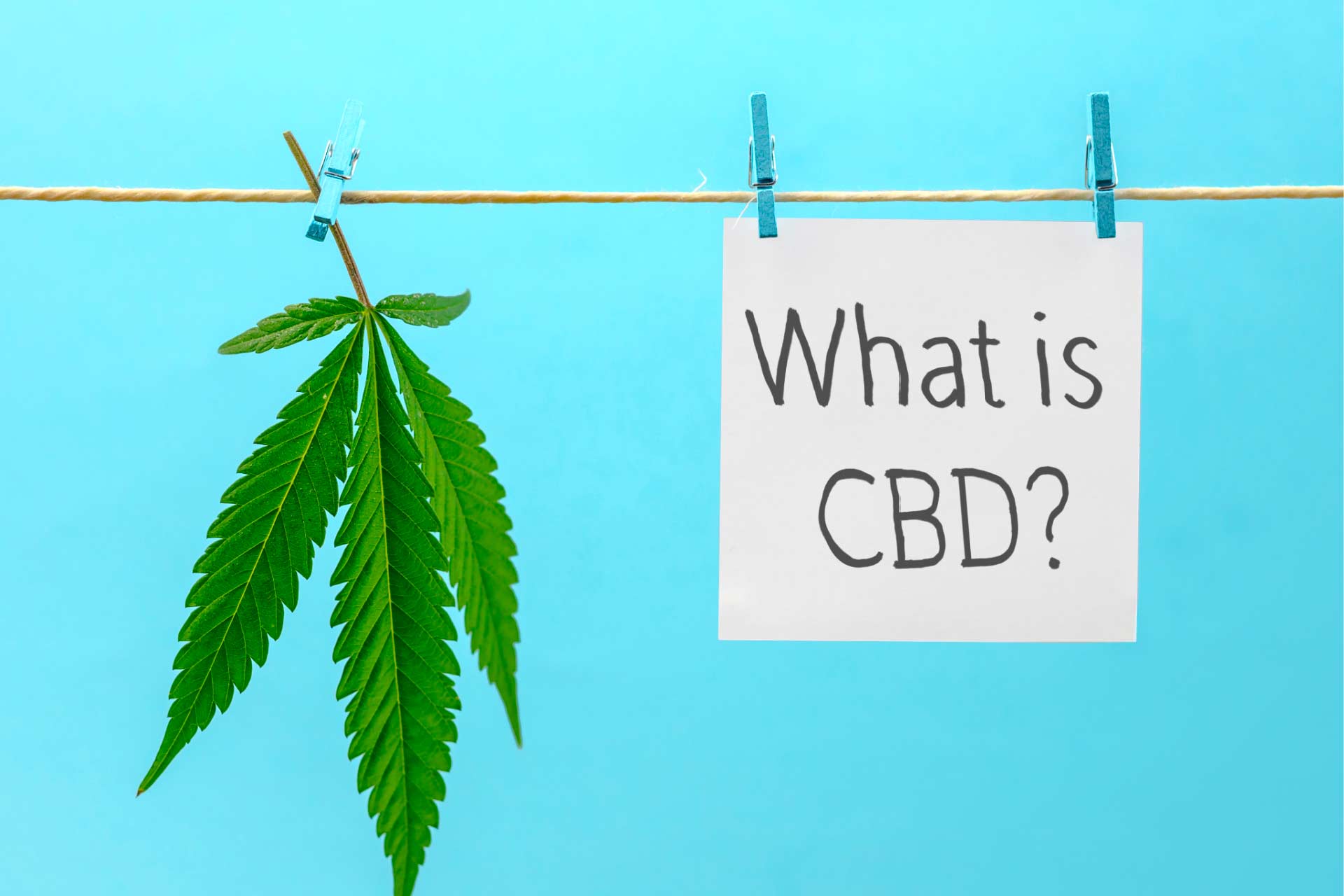
Looking Forward to Our Next Leaf Learning Event: All About CBD
Our next Leaf Learning event will be all about CBD! We’ll cover the differences between full-spectrum, broad-spectrum and isolate forms of CBD hemp, and provide education to help you find the right CBD for your health goals.
We also know that many people, including first responders and healthcare workers, are concerned about whether CBD hemp can trigger positive workplace drug test results, despite the fact that it’s a non-intoxicating substance. Join us during our next Leaf Learning event to hear answers to these concerns and more.
We’re still in the process of scheduling our CBD hemp-focused Leaf Learning event. Sign up for our Leaf411 newsletter below to stay in the loop as we release more registration details!
Cannabis for Sleep: Tips to Find the Best Product for Your Needs
Medically reviewed by Katherine Golden, RN
Written by Denise Rustning
Cannabis can be a powerful tool for a good night’s sleep, whether you’re dealing with stress or simply age-related insomnia, a topic we discussed in a recent blog post.
However, when it comes time to find the best cannabis products for sleep, your choices may feel overwhelming. Today, we’ll take a look at cannabis products legally sold in medical and adult-use (recreational) dispensaries, breaking down the options. If you’ve ever been confused when it comes to strains (chemovars), ratios, or the pros and cons of edibles versus inhaled products, then today’s blog post is for you.
A Quick Refresher on THC, CBD and Terpenes
We previously talked about the role that the cannabinoids THC and CBD play in our post on using cannabis for pain.
- CBD: This cannabinoid is the star player in hemp products which are federally legal. CBD hemp products are required to have below 0.3% THC, which is such a small amount that it’s not intoxicating and won’t get you high. You’ll also find CBD in cannabis products that contain higher levels of THC.
- THC: The cannabinoid responsible for the “high,” if used in large enough amounts. Cannabis products containing over 0.3% THC remain illegal at the federal level and can only be legally purchased in states that have legalized adult-use (recreational) or medical marijuana.
Of course, CBD and THC aren’t the full story. Terpenes are increasingly understood to play a major role in cannabis’s therapeutic benefits. Plant terpenes are aromatic compounds found in many different plants—for example, the relaxing linalool terpene is found in lavender as well as cannabis.
Terpenes and other plant compounds work together with cannabinoids to create an entourage effect that provides therapeutic benefits beyond any one single compound. Terpenes can also help buffer THC’s intoxicating impact, based on research conducted by Dr. Ethan Russo.
If you’ve ever wondered how some cannabis strains can promote relaxation and sleep while other strains are known for boosting energy and creativity, the answer is largely due to different terpene profiles. We’ll dig into this topic more below.
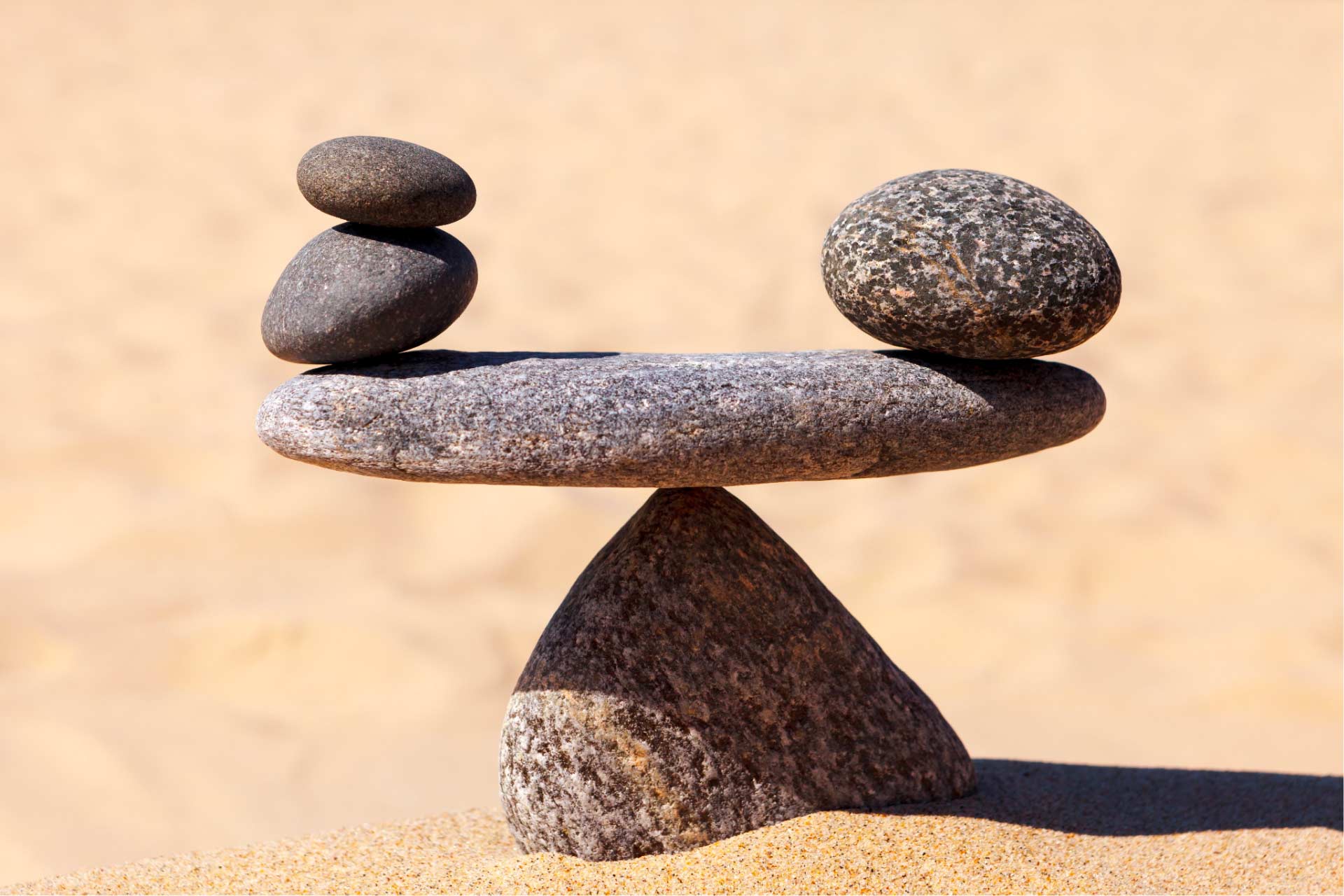
Finding the Best CBD:THC Ratio for Sleep
You may hear budtenders, your friends and especially the Leaf411 nurses talk about the importance of understanding the “ratio” in products. They’re referring to cannabis products manufactured with specific ratios of CBD to THC. For example, a 1:1 ratio product will contain equal parts of CBD and THC, while a 5:1 ratio product will contain five times as much CBD as THC. Understanding different ratios can be a huge help when finding the best sleep product.
Many of our supporting members manufacture different ratio products in addition to THC products. We encourage you to check out each manufacturer’s website to see the range of ratios they offer. Here are some examples showing how different options can help you dial in your cannabis dose for sleep:
Many people find success with a ratio product that’s THC dominant. While these can be more challenging to find, several of our supporting members, including Conscious Medz, have developed products to address this need.
Our Recommendation for the Best CBD:THC Ratio for Sleep
What’s the best ratio to start with? This depends on two factors: (1) The cause of your insomnia (pain, inflammation, stress, mind chatter, etc); and (2) How sensitive your body is to THC.
Typically, we suggest starting with the current gold standard which is a 1:1 ratio, equal parts of CBD to THC, following our mantra of starting with a very low dose and slowing building up. However, depending on your specific health concerns, you might do better with a different ratio. For example, if you have anxiety at night, a 2:1 ratio of 2 parts CBD to 1 part THC may be a safer choice since too much THC for your body can actually worsen anxiety.
Remember that you can always call our free nurse hotline at 844-LEAF411 (844-532-3411) or chat us from the Leaf411.org homepage for personalized guidance that will help you save time and money.
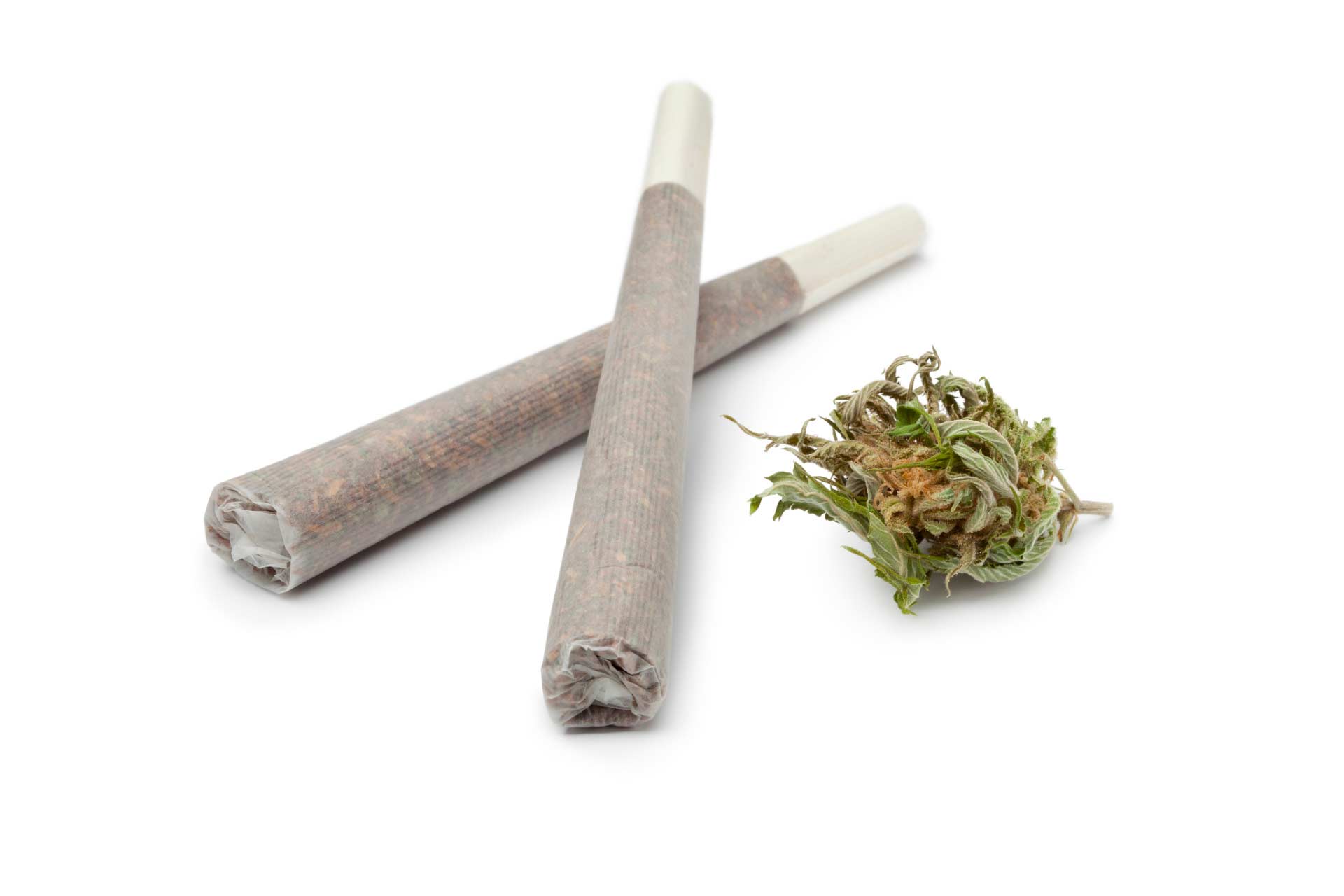
What You Need to Know About Inhalable Cannabis for Sleep
You may be wondering how ratios work when it comes to cannabis flower (bud). Most cannabis sold in dispensaries is THC dominant, with very little CBD. That doesn’t mean that CBD-dominant strains don’t exist, though! They can be challenging to find and don’t necessarily provide the best sleep solution for everyone, however.
Remember, a small amount of CBD alone can actually make your mind more alert. If you’re trying a CBD-dominant flower, you’ll want to experiment with your inhaled dose earlier in the evening versus when your head is about to hit the pillow to ensure you are feeling the sedation you desire. You can always adjust by adding a bit of THC if not.
As you recall, THC and CBD are only part of the story. In the next section, we’ll dive into different cannabis strains and talk about how they impact sleep quality.
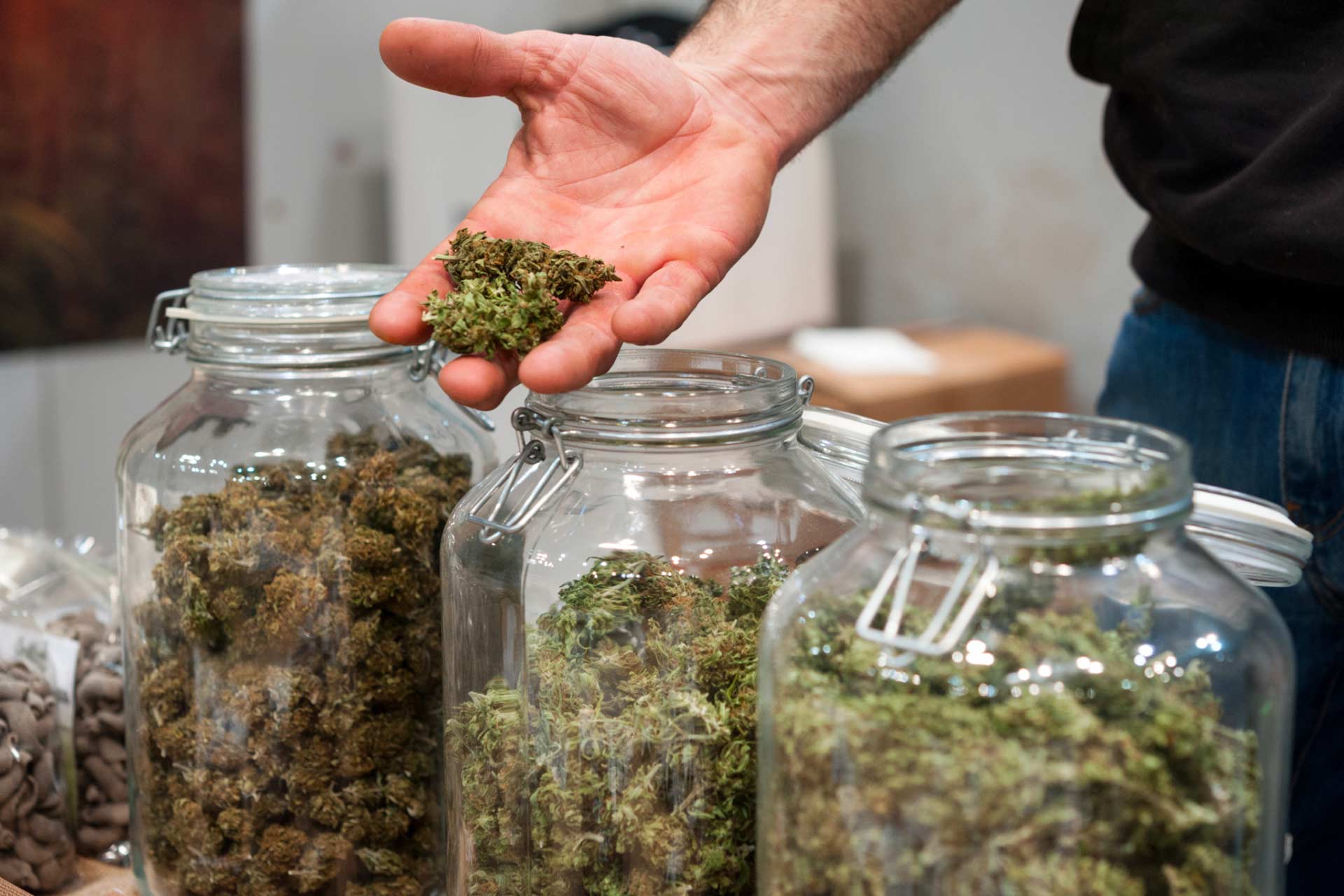
Cannabis Strains and Sleep: Untangling the Puzzle
What’s a cannabis strain (chemovar)? That question can be tricky, but it’s important to understand when shopping for cannabis. (Note: We use the terms “strain” and “chemovar” interchangeably, though chemovar is a scientifically more accurate representation of the compounds in the plant.)
Broadly speaking, cannabis strains are often sorted into one of three categories at the dispensary:
- Sativa: Provides an uplifting, energetic, creative high
- Indica: Provides calm and varying degrees of sedation
- Hybrid: Balanced effects
If you look at actual plant genetics, most of today’s legal cannabis is hybrid, combining the strongest genes from different plants to produce healthy flower. So why are these terms still used?
They continue to be used as a shorthand to describe the plant’s effects. In fact, those effects are mostly the result of other plant compounds—namely terpenes along with minor cannabinoids which give each strain its signature effect.
For example, our Supporting Member Seed & Smith offers two different flower strains, Midnite and White 99, with very similar THC potency levels. Based on that alone, you might expect both to have similar effects, but that’s not the case at all, in large part due to the different terpene profiles!

Midnite flower
Dominant Terpene: beta-Myrcene (sedating effect)
Subordinate Terpenes:
beta-Caryophyllene (stress relief)
Linalool (calming)
d-Limonene (stress relief but energizing)
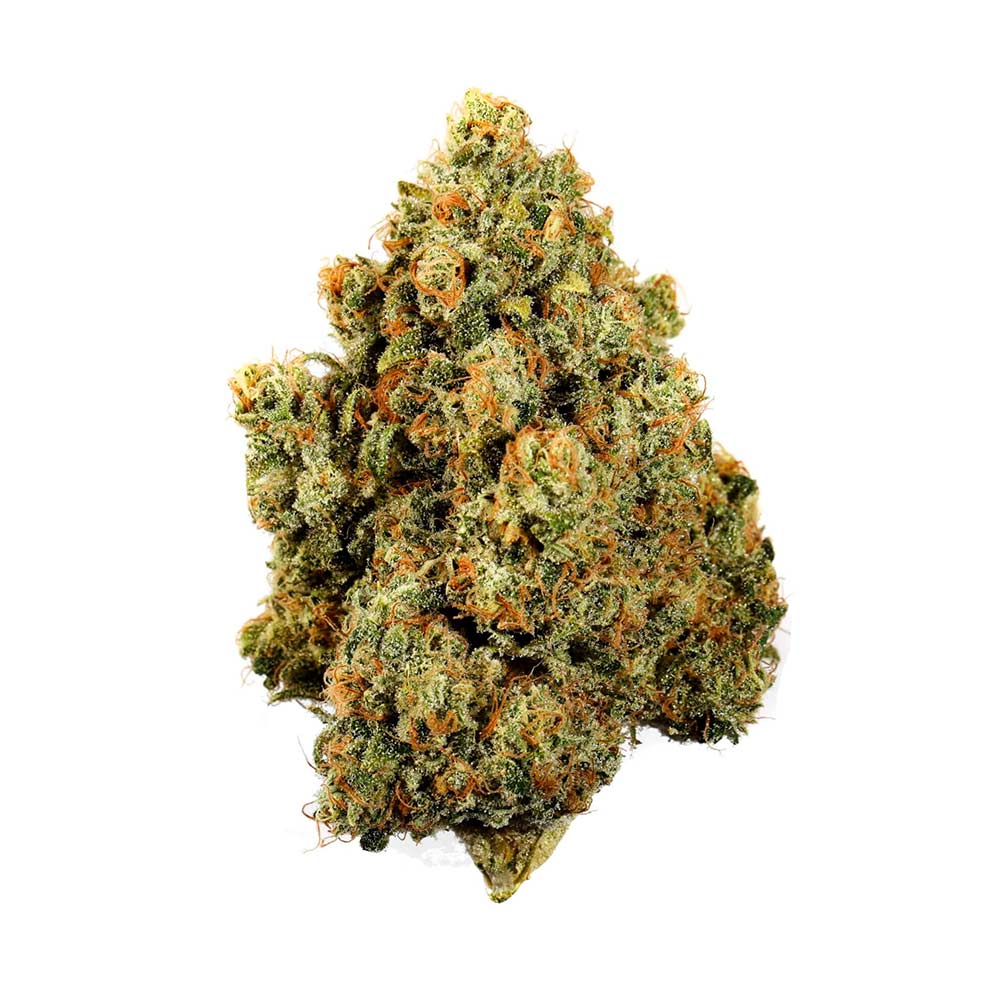
White 99 flower:
Dominant Terpene: d-Limonene (stress relief but energizing)
Subordinate Terpenes:
beta-Caryophyllene (stress relief)
beta-Myrcene (sedating)
Linalool (calming)
Which one of these strains—Midnite or White 99—would you choose for the best chance of a restful sleep?
Our Leaf411 nurses would suggest trying the Midnite flower due to the dominant terpene causing sedation. That potency range is quite high though, so a word of caution would also be given by our nurses to start with one inhalation first and assess if that is enough for your intention.
Cannabis Strains and Edibles
Some infused product manufacturers also create products that utilize plant compounds from specific strains, or which reference either Sativa or Indica type effects. You’ll see those listed on several of the products above.
Strains are also impacted by cultivation factors, including whether the plants are grown outdoors or indoors along with individual cultivation processes including lighting, fertilizers, etc. That’s why your friend in another legal state might rave about the Black Ice strain for sleep, yet the flower you bought in your own state doesn’t compare.
All this is to say that while you may think strains are the entire story, it’s often not the case. However, strains can provide clues for what to expect.
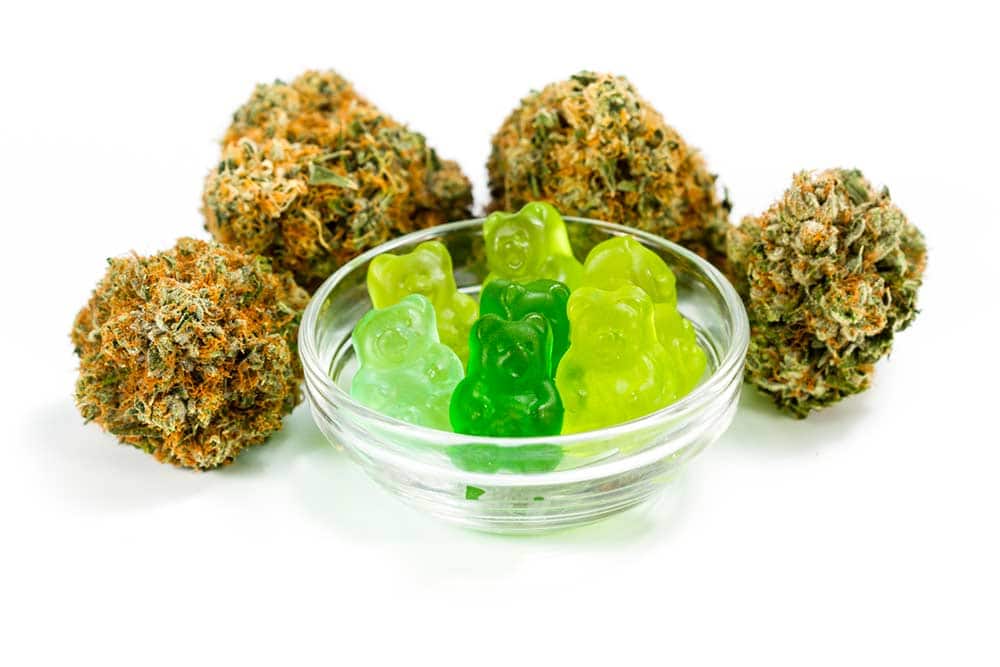
Smokable Versus Edible Cannabis for Sleep
An additional consideration when shopping for cannabis for sleep is the route of administration—how you want to use cannabis.
To some extent, it’s a matter of personal preference and also the type of insomnia you’re trying to treat, whether that involves having trouble falling asleep, staying asleep or both.
Smoking cannabis can be a responsible, safe method of administration in legal states; however, deep stigma remains around inhaling cannabis. Likewise, some people have concerns about the safety of vapes following the spike in vape-associated lung injuries last year, though the CDC traced most of those cases back to counterfeit or illicit vape cartridges containing Vitamin E acetate or other contaminants. In the face of the current pandemic, many people have also decided to stop smoking any substance, including cannabis, opting for edibles instead. And lastly, you may simply live in an apt, condo or shared housing where smoking is prohibited.
When you smoke or vape cannabis, the effects can be felt very rapidly, often within minutes. The intoxicating effects from smoking or vaping typically last between 2-4 hours.
From a sleep perspective, smoking or vaping may be beneficial for people who have a difficult time falling asleep. Inhalation may not fully meet your needs if you also have trouble staying asleep, though, since the effects will typically subside within the 4-hour mark.
Edibles including candies, tinctures and capsules typically have a longer onset—the amount of time it takes before you feel their effects. You can expect ingestion to take anywhere from 30 minutes to a couple of hours before you feel the effects, though those effects will last a lot longer—typically from 6-8 hours.
Edibles can be a good option if you have a tough time staying asleep throughout the night. However, you’ll want to make sure your schedule allows a full 8 hours of time for sleep.
A New Option on the Market: Quick-Acting Cannabis Edibles
Many manufacturers, including Quiq and Wana, are manufacturing new quick-acting edibles that take effect much more quickly, similar to inhaled products when it comes to timing. These new fast-acting products are a wonderful alternative to help with falling asleep. Remember, though, that what hits your body faster will also subside faster. Fast-acting ingestible products may take some trial and error before determining whether they’re better for early evening relaxation or insomnia.
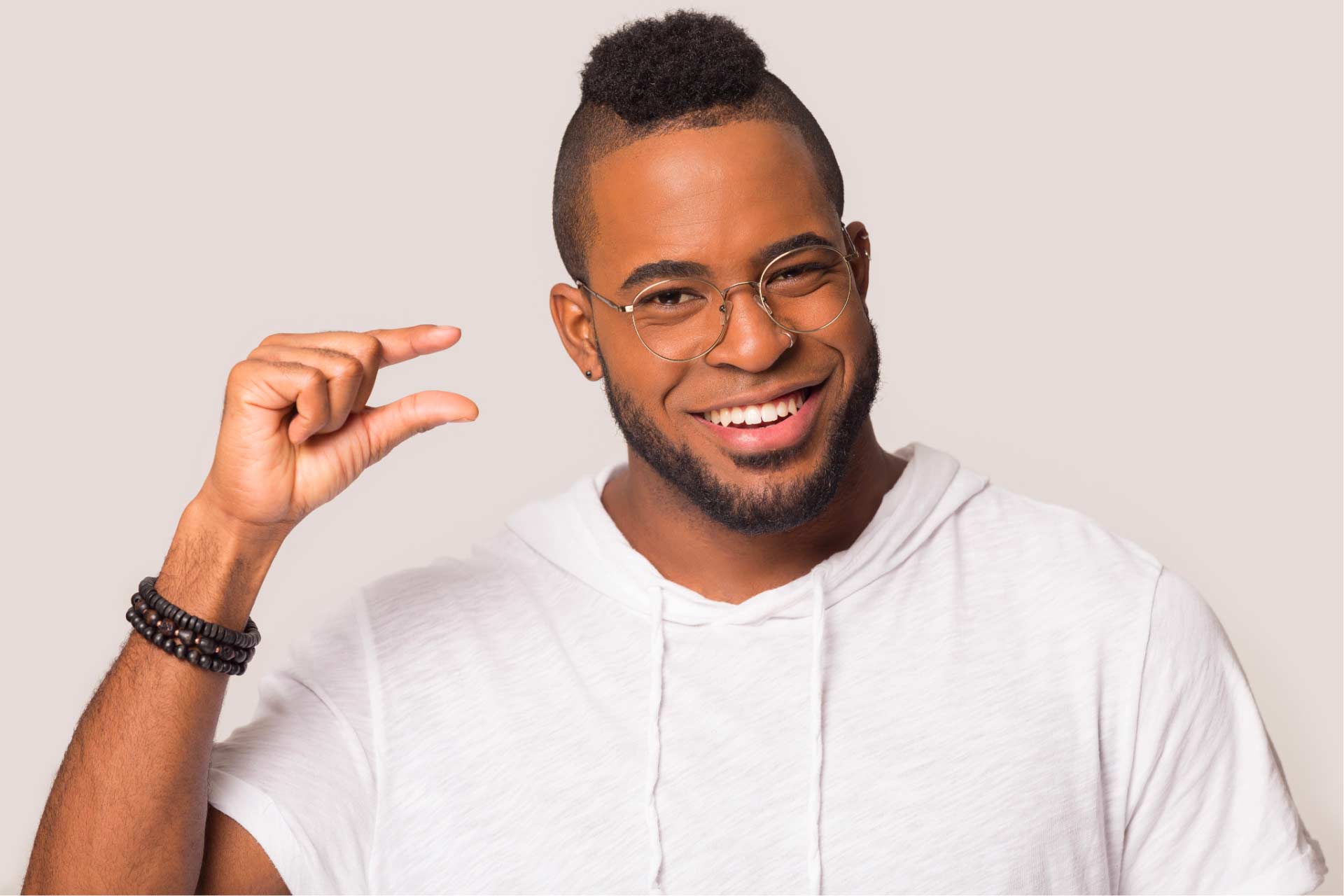
The Leaf411 Mantra: Start Low and Go Slow (and Plan for a Full Night’s Sleep!)
If you’re using edible cannabis products, you’ll want to use the products 1-2 hours before bedtime instead of waiting until the moment you are climbing into bed. Timing your dose will allow you to relax before bedtime. Of course, it should go without saying, but don’t plan to drive while using any type of cannabis, because you never know how quickly the product will take effect.
Because everyone’s system is different, the minimum dose required for positive effects is also different—that’s why we always say to start low and go slow when trying a new cannabis product. How low? We suggest starting with 1/4 the suggested serving size on the package, or 1-2 mg of THC, whichever is lower.
If you’re smoking or vaping, this equals one inhalation at a time and waiting at least 15 minutes in between doses to assess your tolerance.
You may not feel anything at the lowest dose, but by starting low and going up slowly each night, you can build up your dose safely until you find the right amount that works for your body. When increasing by a milligram or less each night, you may still end up with a dose that makes you feel a bit too groggy in the morning or uncomfortable before falling asleep. If this happens, just go back to the dose that was comfortable and reassess after a few days. When using ingestible products (edibles and tinctures), it can take up to 2 hours for you to feel an effect, so allow plenty of time before increasing your dose.
Our Leaf411 nurses always guide our callers to safe use by cautioning about potential side effects from THC, which is dry mouth and an unsteady gait. We suggest keeping a glass of water at your bedside so there is no need to walk to the kitchen and risk falling when you feel the cannabis take effect. These precautions are very similar to those you’d take with any other sleep medications.
Get Your Cannabis Sleep Questions Answered During Our First Leaf Learning Series!
This Thursday, August 20, Leaf411 is launching our inaugural Leaf Learning Series: Get the 411 on Cannabis Therapeutics. Join us online from 4-7 p.m. MDT for a FREE beginner-friendly cannabis 101 presentation, followed by live Q & A with our own Co-Founder and CEO/ED Katherine Golden, RN, as well as Leaf411 Advisory Board member Dr. Dave Gordon from 4Pillars Health & Wellness. Sign up today at this link: https://hopin.to/events/leaf-learning
Many of our supporting members will be on-hand sharing information about their products and ready to answer your questions, including live Q&As with Medically Correct’s President Bob Eschino (maker of Quiq and incredibles); Stillwater Brands Ripple; and CAASI CBD’s Founder and CEO Lori Peck. Seed & Smith will host a virtual grow tour and Lightshade will also be providing a dispensary tour! You’ll also have the chance to meet one of Nature’s Gift Shop’s budtenders. We’ll also have a virtual expo hall with Wana, Ripple, Lightshade, Care by Design and Altus sharing information on their high-quality cannabis products.
Hop over to this link to reserve your spot: https://hopin.to/events/leaf-learning
Also, be sure to sign up for our newsletter below, so that you can be the first to learn about upcoming events!
Seniors and Insomnia: How a Little THC Can Go A Long Way to Restoring Sleep
Medically reviewed by Katherine Golden, RN
Written by Denise Rustning
Insomnia is an issue we hear a lot about on the Leaf411 hotline. Many callers ask if cannabis might help manage age-related sleep issues.
The short answer for most people is yes—but it depends on your specific health conditions as well as finding the best products to meet your needs.
We also hear concerns from callers who are eager to try cannabis as an alternative for sleep but worry about experiencing an unwanted high.
In today’s blog, we’ll address both these issues—why cannabis may help with age-related sleep issues and how to use it to minimize the risk of feeling overly intoxicated or uncomfortable.
(Note: When we talk about cannabis, we include both CBD hemp which is federally legal and non-intoxicating with less than 0.3% THC, as well as marijuana containing over 0.3% THC, which is legally sold in dispensaries in states that have legalized adult-use/recreational or medical marijuana.)
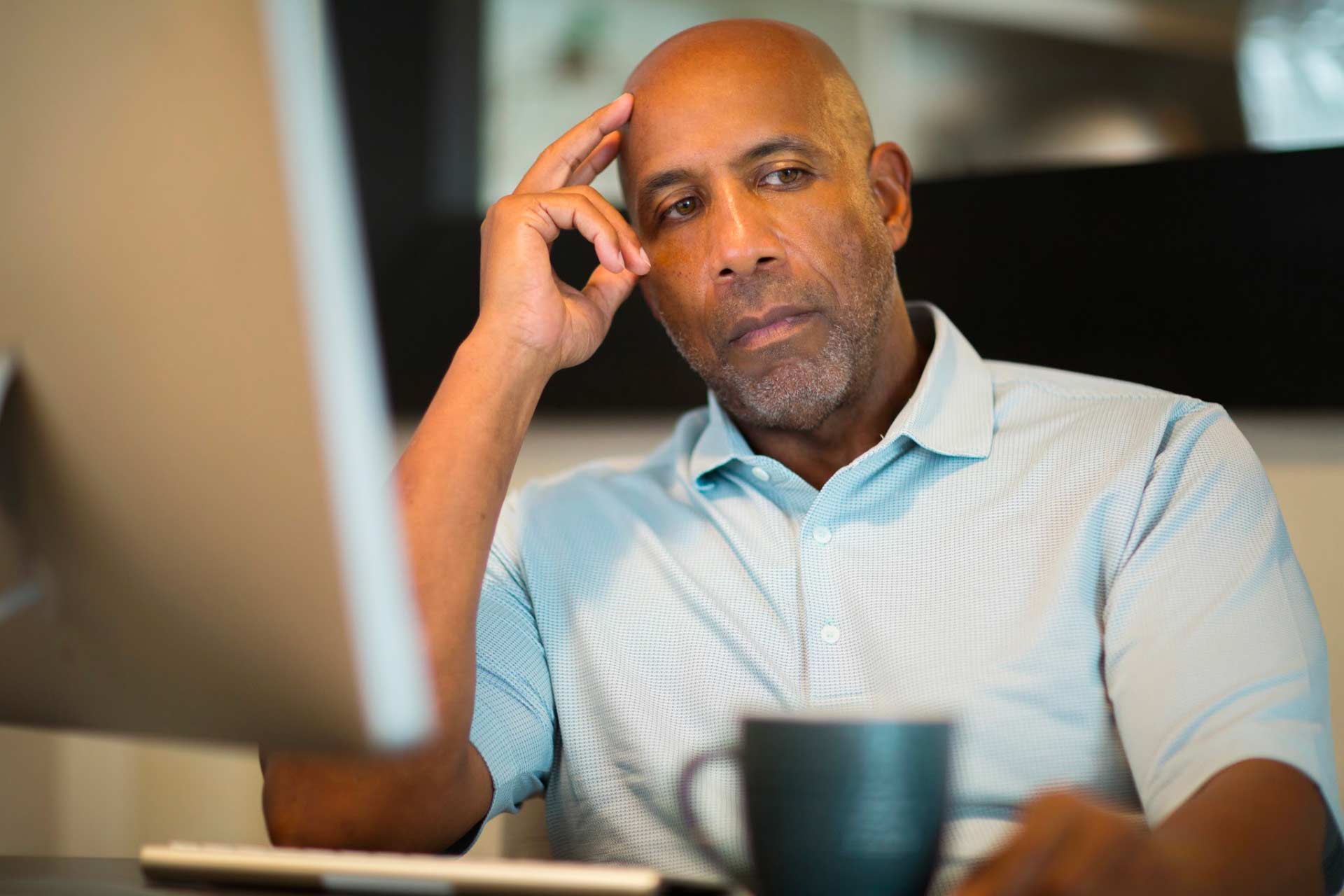
Why Is Sleep So Hard As You Get Older?
It’s a well-known fact that sleep patterns change as we grow older. Falling asleep is more difficult and quality of sleep suffers, according to the Sleep Foundation. Many seniors also experience insomnia, impacting their overall quality of life. Changes in seniors’ sleep architecture trace back to the aging brain, a phenomenon that researchers have managed to capture using imaging in the lab.
Also, sleep apnea, restless leg syndrome, pain and many other common physical and mental health conditions may negatively impact sleep cycles. And let’s not forget those everyday worries that keep all our minds preoccupied late into the night!
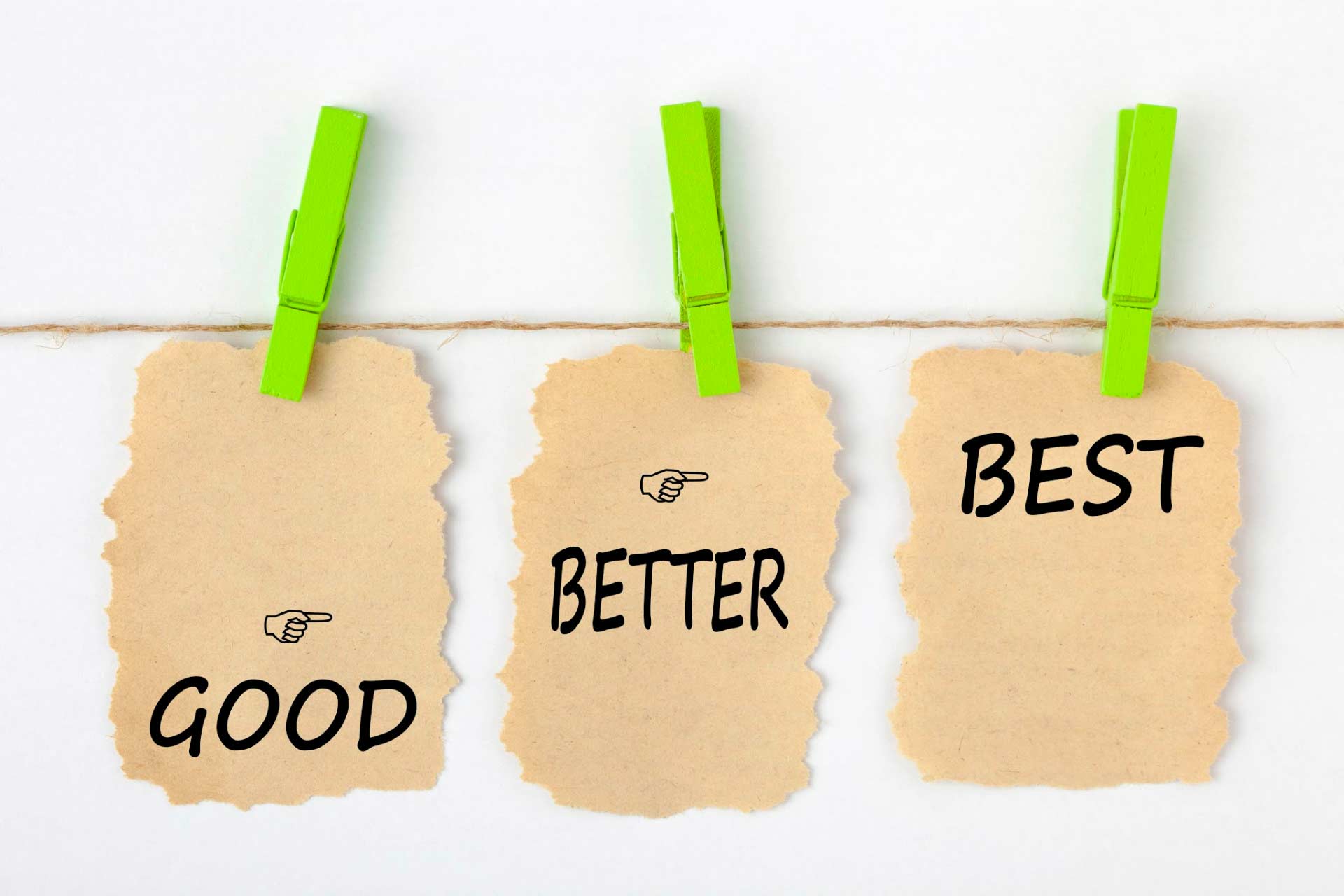
Finding a Sleep Solution that Fits
When seeking a sleep solution, it’s essential first to have a clear sense of where the problem is. Many different treatment options exist, but they are not one-size-fits-all.
If your sleep difficulties are rooted in unhelpful bedtime habits like keeping the news channel on all evening, then the solution may involve behavioral approaches like turning off the TV and listening to calming music instead.
Certain health conditions and medications may also cause insomnia. If you suspect that a health condition may be the source of your insomnia, we suggest first talking with your primary provider to address any underlying medical issues.
In some cases, cannabis might be a helpful adjunct therapy for specific health issues. For example, cannabis has shown promise in managing restless leg syndrome. However, in other cases, cannabis may not be a good fit if it interferes with medications you’re taking.
Our Leaf nurses have the experience, training and research-backed knowledge to help determine whether cannabis may be a suitable option for you if you’re dealing with health condition-related sleep issues.
For many seniors, though, insomnia isn’t due to a specific health issue but is simply the outcome of the aging brain and changing sleep patterns. You may find that it’s harder to fall asleep or stay asleep, even after cutting out caffeine, taking up evening mindfulness practices, and shutting down electronics early in the evening. That can be frustrating!
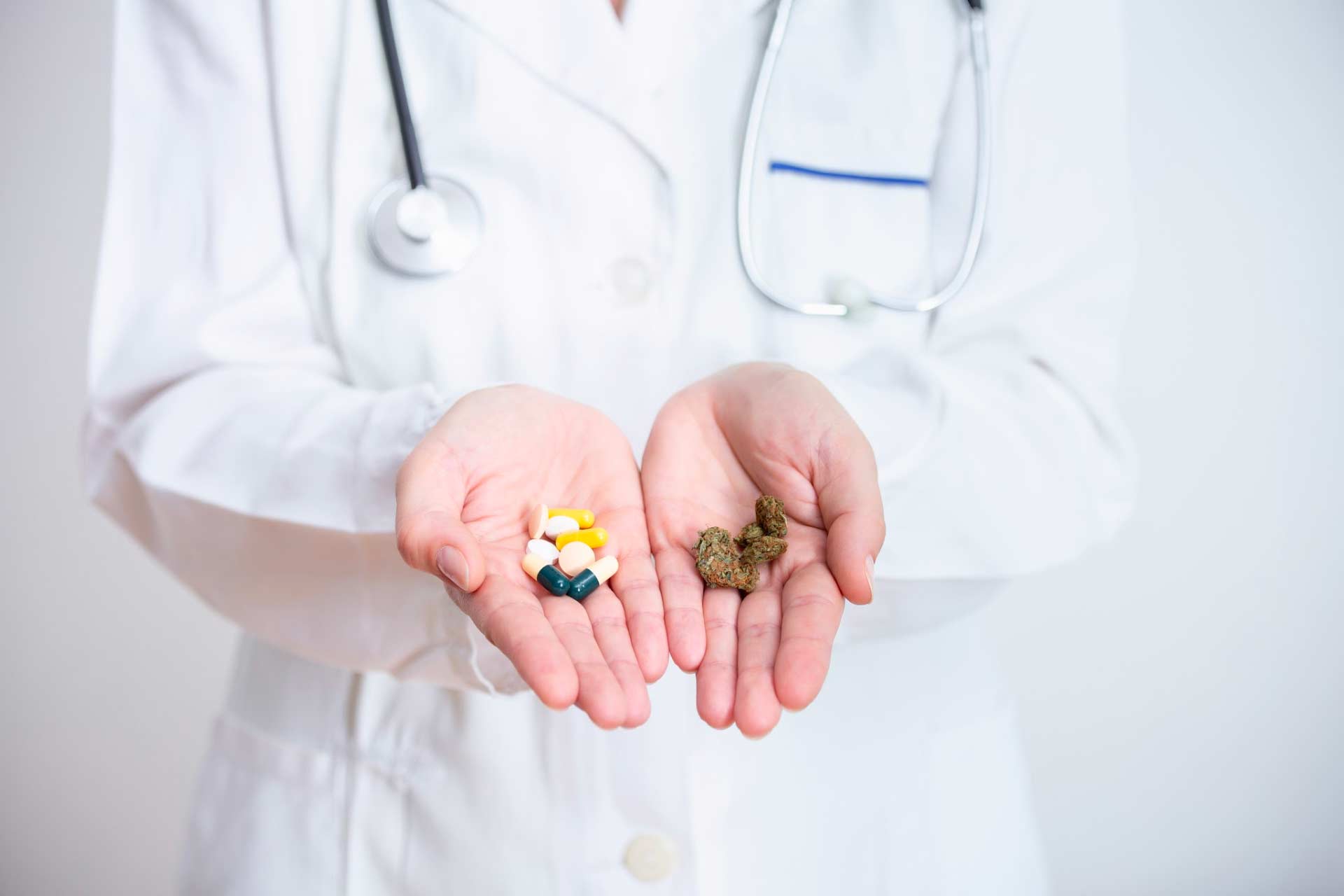
Looking For Alternatives to Pharmaceutical Sleep Medications?
Finding a product that supports a good night’s sleep is the holy grail for most of us. A lot of over-the-counter and prescription products exist, but many come with unwanted side effects.
Over-the-counter medications like Unisom (doxylamine) and Benadryl (diphenhydramine) may cause unwanted grogginess the following day.
Likewise, many prescription sleep medications may work in the short term but have troubling trade-offs. The popular drug Ambien (zolpidem tartrate) is a hypnotic that’s gained a reputation for causing serious side effects in some people, including amnesia, hallucinations, sleepwalking and even sleep-driving. It also has the potential for dependency, like many other prescription sleep medications.
A powerful plant-based sleep alternative is becoming available to more people as marijuana legalization spreads to more states each year. However, just like conventional medications, not all marijuana is the same. Knowing the best type of product for your particular sleep issues can make a tremendous difference.
Your Cannabis Sleep Team: THC, CBD, CBN, Terpenes and More
You’ve likely heard about tetrahydrocannabinol (THC) and cannabidiol (CBD); however, those are only two out of 113 different identified cannabinoids found in cannabis plants. Here’s a quick primer on some of the various cannabis plant compounds:
- THC: This cannabinoid is responsible for the “high” that cannabis is best known for when used in large enough amounts. THC binds to CB1 receptors that are primarily found in your brain and spinal cord and help regulate the nervous system, as well as CB2 receptors which are found in the peripheral nervous system and play a role in reducing inflammation.
- CBD: A non-intoxicating cannabinoid that indirectly affects the CB1 and CB2 receptors, though it doesn’t bind to them. CBD has been shown to reduce inflammation and muscle spasms and to help manage anxiety.
- CBN: Cannabinol (CBN) is a lesser-known cannabinoid created when THC is exposed to heat and light over a period of time, and has been called the “sleep cannabinoid” by some people due to its sedating effects. It also lacks the intoxicating effects of THC, though an older study showed that it could make the effects of THC feel stronger. Research is still limited on exactly how CBN impacts sleep onset or duration.
- Terpenes: Terpenes are aromatic compounds found in cannabis along with many other plants, including lemons, basil, oregano and pine trees. For example, if you’ve ever used lavender-scented products to help with relaxation, then you’ve experienced the power of linalool, a terpene found in lavender as well as in some cannabis chemovars (strains).

How CBD Helps with Sleep – and How It Doesn’t
Remember when we mentioned the importance of identifying the root cause of your insomnia to find the best solution? CBD is the perfect example of why that’s the case.
If your sleeplessness is the result of anxiety, stress or inflammation-related pain, then CBD may be useful at higher doses. Paradoxically, lower doses of CBD may cause wakefulness. Dr. Dustin Sulak discusses this challenge in an interview on his Healer.com website.
However, if you are contending with age-related changes in your sleep patterns, CBD may not be enough to solve your sleep issues.
Unfortunately, when CBD doesn’t work, many folks write off plant-based alternatives as a failed experiment and resign themselves to chronic fatigue or less-than-ideal pharmaceuticals.
Why CBD May Not Solve Your Sleep Problems
CBD doesn’t bind with the CB1 receptors that are concentrated in your brain and nervous system, but THC does. That gives THC an advantage when dealing with age-related sleep issues that are connected to the brain.
“But wait,” you might be saying, “I don’t want to get high—I just want to get a good night’s sleep!”
At Leaf411, we understand. Despite growing research and medical marijuana legalization in over half the states, the plant still suffers from stigma and misconceptions.
Stoner stereotypes are hard to shake, especially when some brands and celebrities promote the recreational, fun aspects of cannabis and not the plant’s therapeutic value.
Also, occasional fear-mongering news stories report how potent cannabis is today, but that’s not the full story. The legalization of marijuana in many states has allowed for more precise cultivation and manufacturing practices to develop flower (bud), concentrates, edibles, tinctures and other products tailored to different consumers. As a result, you’ll find products designed for consumers seeking high-THC products as well as for consumers looking for much smaller amounts of THC, or even ratio products with balanced amounts of THC and CBD.
Most legal states also require licensed marijuana cultivators and manufacturers to regularly test their products, assuring that the stated levels of THC are accurate. CBD products, on the other hand, are not required to undergo any testing, so it’s buyer beware.
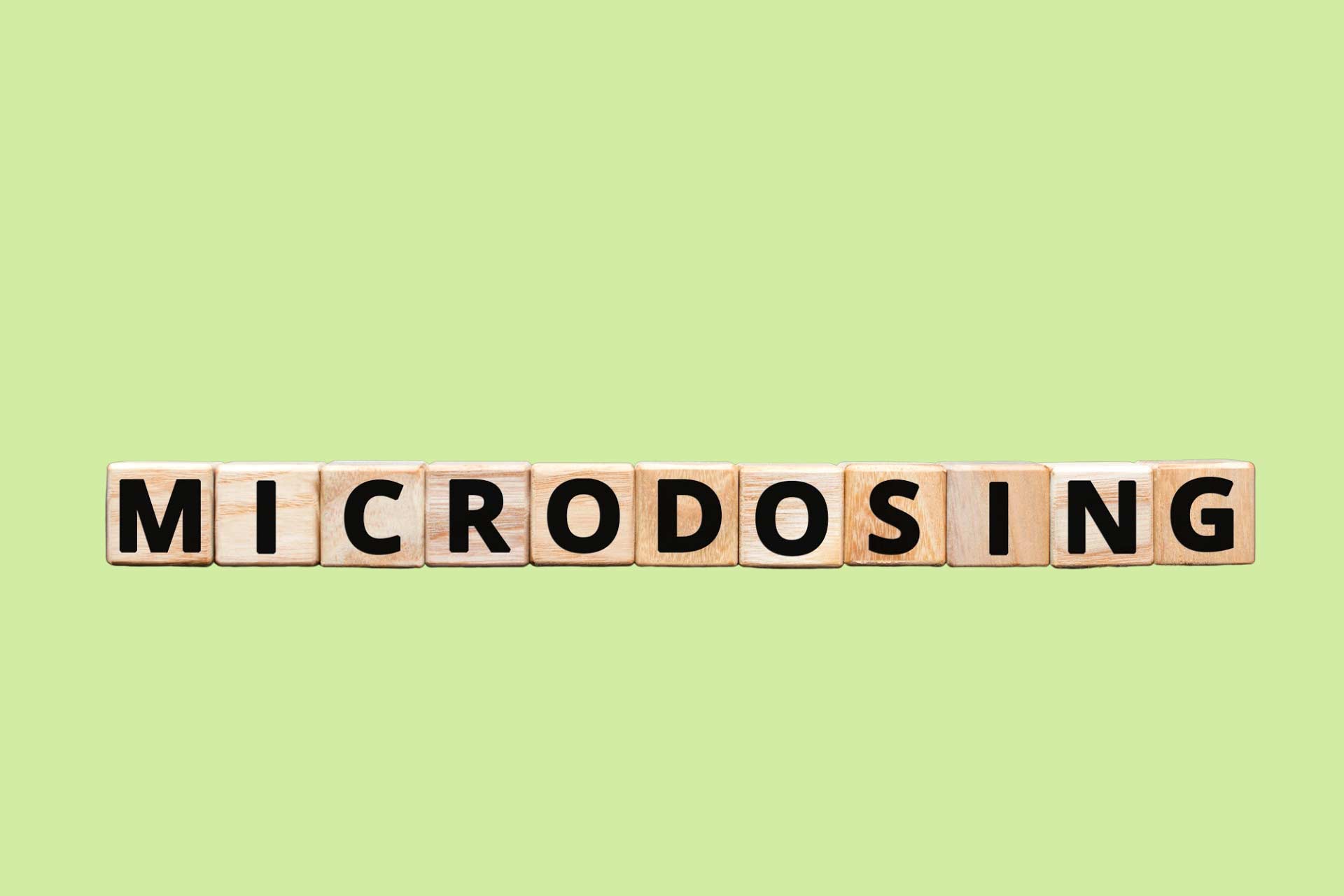
Microdosing THC for Sleep, Not to Get High
When it comes to using marijuana for sleep, our mantra at Leaf411 is to start low and go slow.
Leading cannabis physicians support this approach, including Leaf411 board member Dr. Dave Gordon as well as Dr. Dustin Sulak.
Even very small amounts of THC, like 2mg, can have therapeutic benefits. Using very small amounts of THC is called microdosing, and it’s an increasingly popular option among people of all ages who are seeking cannabis’s health benefits without an intoxicating high.
Because everyone’s endocannabinoid system is different, the minimum dose required for positive effects is also different—that’s why we always say to start low and go slow to find your optimal dose. How low? At Leaf411, we suggest starting with ¼ the suggested serving size on the package, or 1-2 mg of THC, whichever is lower.
You may not feel anything at the lowest dose, but by starting low and going up slowly each night, you can build up your dose safely until you find the right amount that works for your body. When increasing by a milligram or less each night, you may still end up with a dose that makes you feel a bit too groggy in the morning or uncomfortable before falling asleep. If this happens, just go back to the dose that was comfortable and reassess after a few days. When using ingestible products (edibles and tinctures), it can take up to 2 hours for you to feel an effect, so allow plenty of time before increasing your dose.
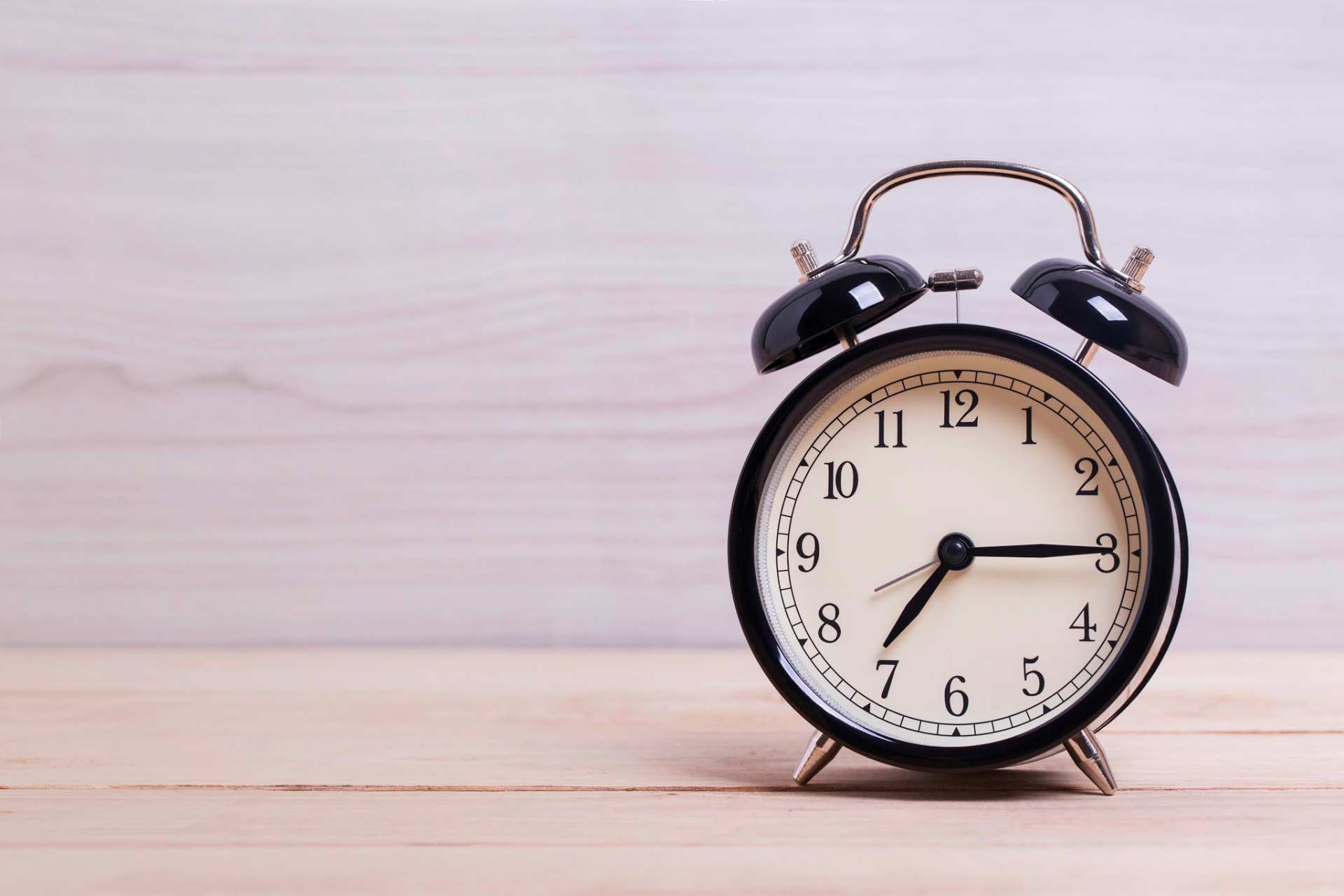
It is always vital to time your dose about 1-2 hours before you want to fall asleep instead of waiting until the moment you are climbing into bed. Timing your dose will allow you to relax before bedtime instead of watching the clock and hoping it kicks in fast.
Our Leaf411 nurses always guide our callers to safe use by cautioning about potential side effects from THC, which is dry mouth and an unsteady gait. Our nurses suggest keeping a glass of water at your bedside so there is no need to walk to the kitchen and risk falling when you feel the cannabis take effect. These precautions are very similar to those you’d take with any other sleep medications.
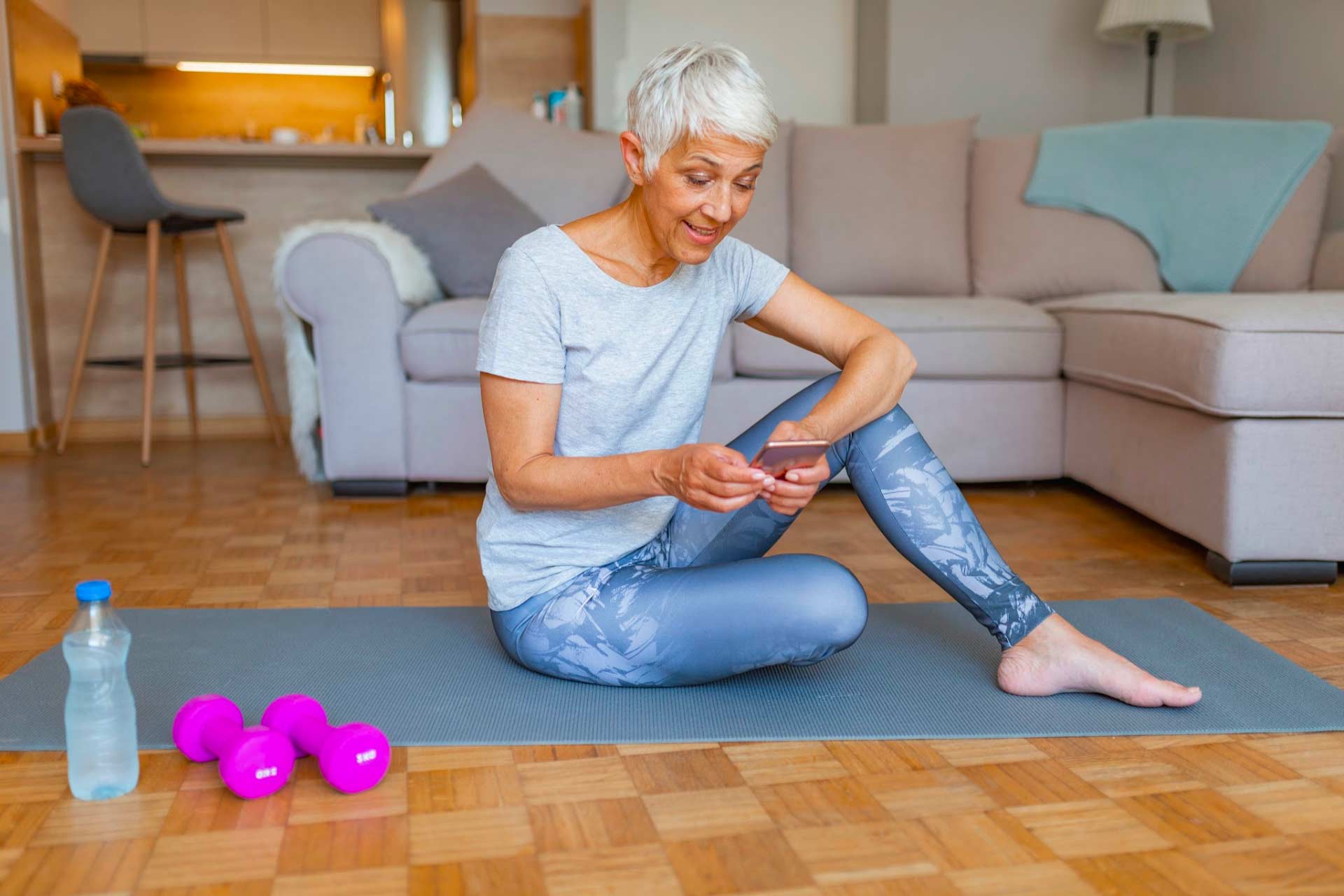
Helping You Find the Best Cannabis Product for Insomnia and Sleep
Our Leaf nurses are knowledgeable about the unique challenges that seniors face in getting a good night’s sleep. Our goal is to provide balanced education and clinically-sound guidance that is specific to your needs and goals. Our commitment is to you—the consumer—not to a particular product or company.
Call our anonymous hotline for free at 844-LEAF411 (844-532-3411) or chat us from the Leaf411.org homepage during hotline hours for help with your cannabis questions.
The Leaf411 cannabis nurse hotline provides free, anonymous education and directional support to the general public about the safe use of legal cannabis. We partner with select business members who meet our rigorous standards to extend our education and outreach efforts.
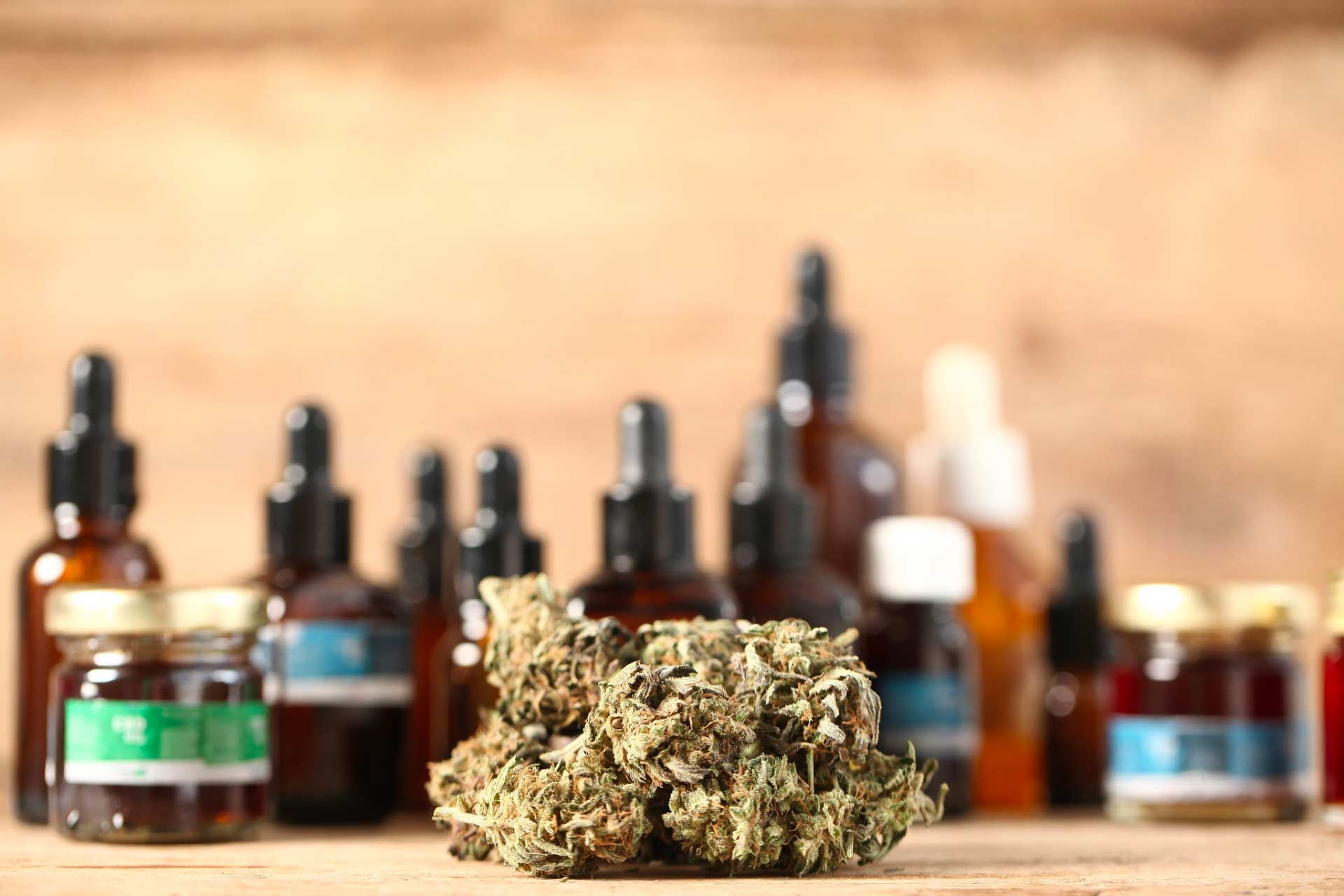
Low-Dose Cannabis Options for Seniors
The cannabis market has responded to the growing popularity of microdosing by producing low-dose edibles and tinctures that make it easy to find the right dose. Many of these products are available in both THC versions as well as CBD:THC ratios.
Among our Leaf411 supporting members, Ripple offers a range of low-dose dissolvable powders that can be added to beverages or food or sprinkled directly on your tongue. Our member Wana Brands also provides low-dose vegan-friendly gummies, including new fast-acting gummies that take effect on average within 5-15 minutes. Medically Correct is another of our supporting members that is developing low-dose products tailored to different needs, including the recently launched Quiq brand, also designed for fast onset. Also, our supporting member Altus produces the Lucky Edibles micro-tart line with each tart containing only 2 mg THC.
Fast-acting products like Ripple, Wana and Quiq are ideal for the person who has trouble falling asleep versus staying asleep. Something that you swallow is vital because these products tend to last 6-8 hours in your system, providing a longer sleep cycle than inhaled products that typically last about 2-4 hours. Gummies and tablets can be an excellent choice since they tend to be easier to cut into small pieces versus a chocolate that may crumble.
It’s important to always pay attention to the dose size listed on product packaging. For edibles, in particular, there’s not one standard size or dose. One brand might produce 10 mg THC gummies, while a different brand’s gummies are 5 mg. Products like THC-infused candy bars contain multiple doses, typically with each square serving as a separate dose. Likewise, cannabis tinctures will list a dose on the bottle which you can measure out using the bottle dropper.
Cannabis and COVID-19: Do You Need to Change Your Cannabis Routine?
A Detailed Look at How Leaf411 Cannabis Nurses Help You Find the Best Cannabis and CBD Hemp Products for Improved Mental Health
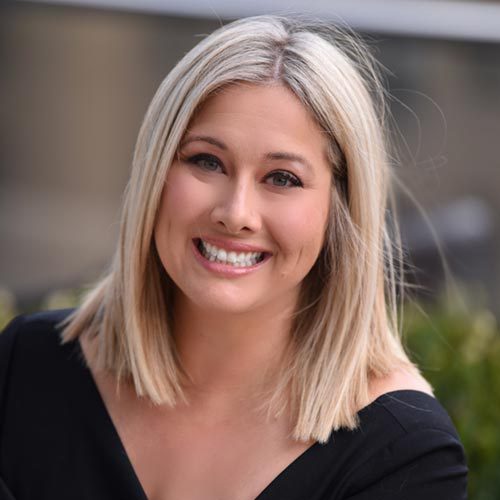
Medically reviewed by Katherine Golden, RN
Written by Denise Rustning
Leaf411 co-founder and COO Jennifer Axcell has a lot of experience in using cannabis to effectively manage chronic pain and PTSD she suffered many years ago as a result of a car crash. She previously shared her story in our very first Leaf411 blog post.
But when coronavirus hit, Jennifer’s PTSD crept back up as stay-at-home restrictions and uncertainty took hold.
“I was struggling, I couldn’t eat or stop crying. I was not feeling like myself. Nothing seemed to help—not even my normal cannabis products. I was afraid that I would have to go back on the same pharmaceuticals that I’d used years ago, along with their terrible side effects,” Jennifer said.
Instead, Jennifer decided to first check in with her friend and Leaf411 co-founder/CEO Katherine Golden, RN, to get her input. Katherine quickly recognized that a change was needed.
An Inside View of the Leaf411 Cannabis Hotline Triage Process
“When I spoke to Jennifer that day, I triaged her just like I would a caller on the hotline,” Katherine said.
Those triage questions included:
- What is your daily cannabis consumption?
- How many milligrams of CBD and in what form (CBD hemp product, isolate, etc.) do you use?
- How many milligrams of THC and what type? (Knowing the brand helps us look at the terpene profile if any)
- How did this cannabis routine help you prior to this sudden change and what have you done differently since?
- Describe your feelings when using the products. (This is good to know when trying to figure out someone’s tolerance).
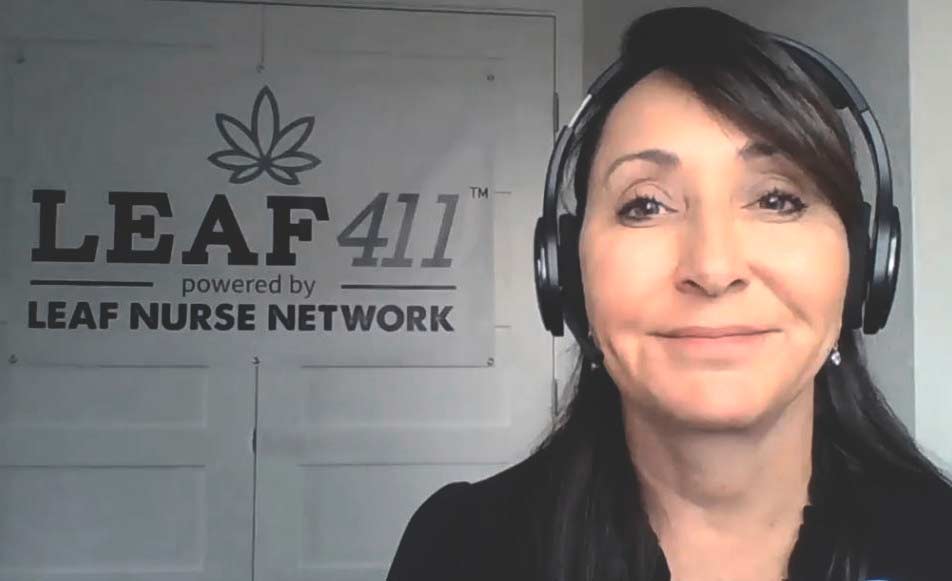
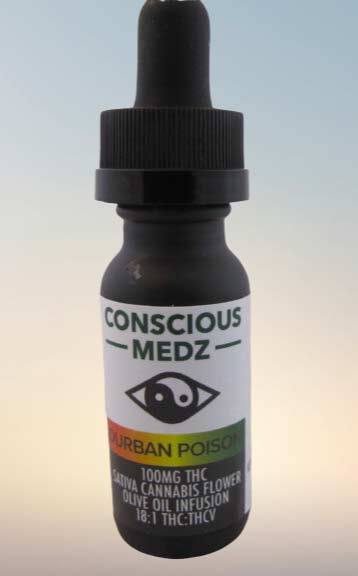
After obtaining all the necessary pieces of the puzzle, Katherine was able to determine that:
- Jennifer had continued to increase her CBD hemp from 25mg/day to 50mg or more/day thinking she needed to consume more to reduce her anxiety. She knew that CBD could have biphasic effects (having the opposite effects when used in higher doses), though she thought this occured only with much higher doses than she was taking. CBD can actually worsen conditions or be completely ineffective when used too much, which to Katherine sounded exactly what Jennifer was experiencing. Her CBD was no longer working at the higher level, so Katherine suggested she reduce down to 10-20mg/day BUT also try a tiny amount of THC for its uplifting effects.
Katherine suggested our business member Conscious Medz product Durban Poison tincture since it has a nice amount of limonene (shows benefits for anxiety and depression) plus a large amount of terpinolene which shows to be very uplifting for daytime use. She suggested that Jennifer only use a micro dose of 2.5mg to start, which should avoid any type of impairment but would be a high enough dose to lift her spirits.
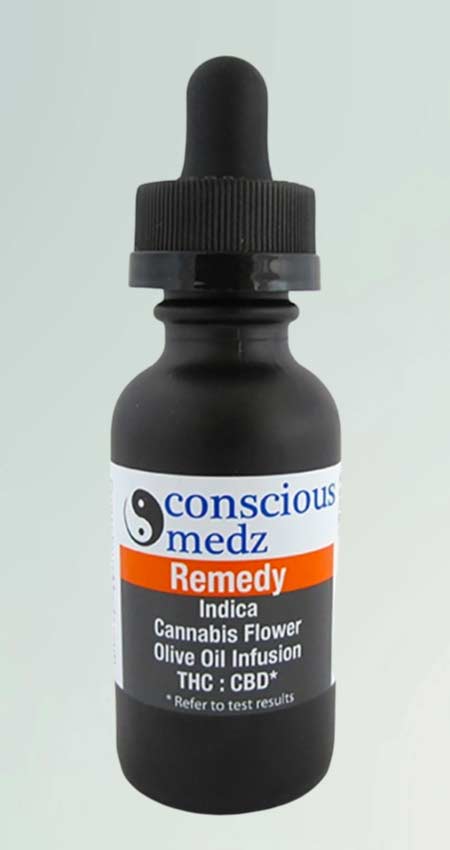
- Jennifer had switched from her THC inhalation (due to COVID precautions) to an edible. The product she was using was made from a distillate with minimal other compounds and no added terpenes. It worked for her prior to the increased stress, but Katherine knew that Jennifer needed something that had a chemovar that included its terpene profile. Katherine suggested Conscious Medz again since their Remedy tincture is a 1:1 Indica with a wonderful amount of sedating terpenes. Katherine again suggested starting with a micro dose and increasing one drop at a time each night until an optimal dose was reached. This meant reaching the point of sedation with a small amount of euphoria and also having the terpenes that benefit anxiety.
This regimen ended up being the perfect combination.
“After five hours of taking the Conscious Medz Durban Poison tincture, I cracked my first smile in as many days,” Jennifer said.
Jennifer continued, “The biggest ‘aha’ moment for me was looking at the terpene profile. I know I am not the only patient who tends to focus on cannabinoid content (because those are always listed clearly on the packaging) and had forgotten the role that terpenes play. That’s one of the things I like about the Conscious Medz products—the terpenes are clearly listed on the packaging.”
Jennifer’s new cannabis regimen is a huge shift from where she started and has been for years, which was being an extremely educated inhalation user, to realizing that even small amounts (micro doses) of the right chemovars and cannabinoid ratios may work well for her body’s supplement needs.
Now, Jennifer is feeling better mentally and physically. However, she knows that many others are facing similar challenges as they find their normal cannabis consumption is no longer providing the good sleep, relaxation or pain relief that it has in the past.
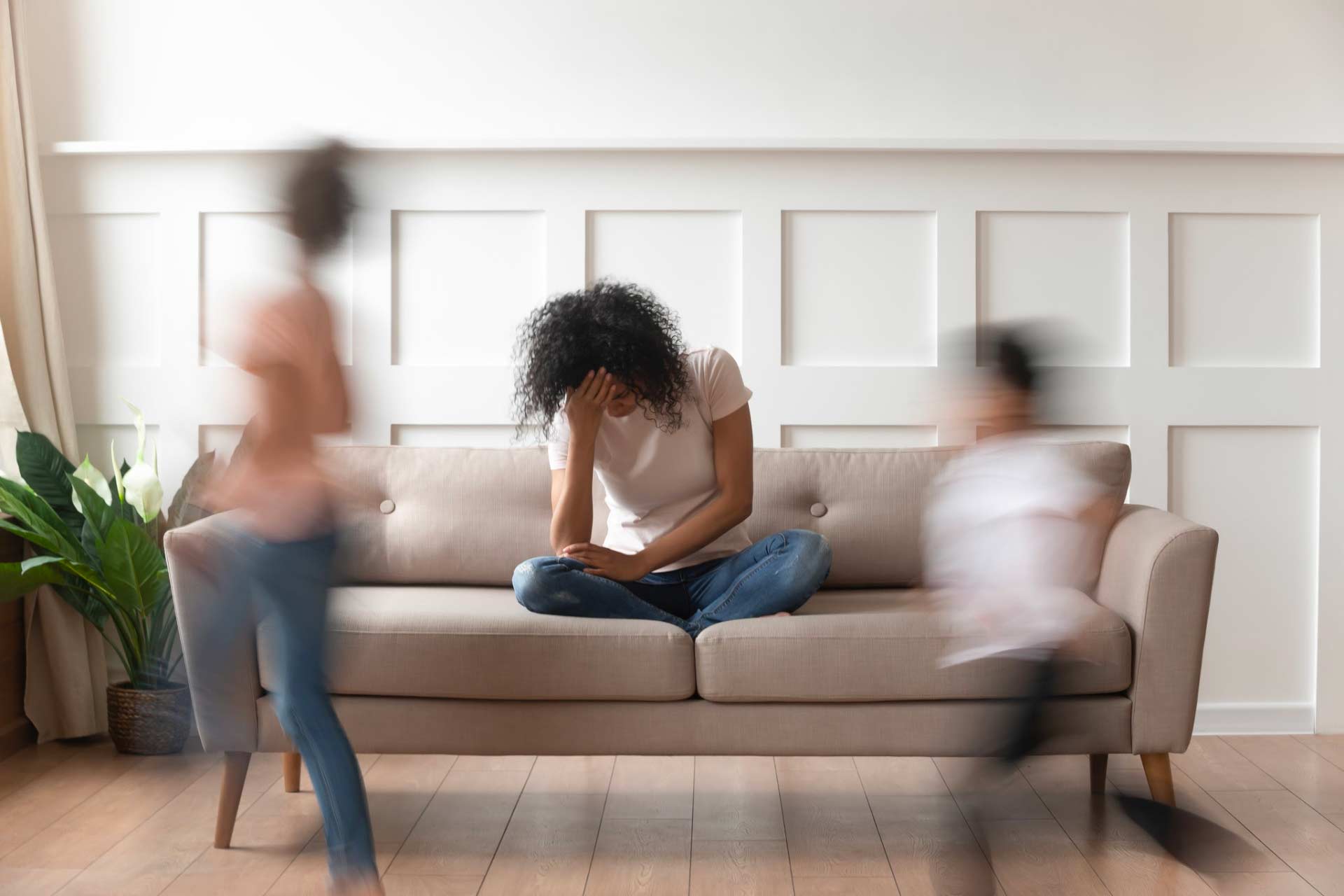
Why Your Usual Stress Relief Routine May No Longer Work
We all have routines that help get us through normal times, but many of those routines have either been interrupted or overwhelmed by the last few months of change.
Anxiety is at an all-time high, according to research. We’re worried about our own health and especially that of our family and friends. We’re worried about how COVID-19 will impact our children’s education. We’re worried about our finances and the economy.
Many of our usual tools for dealing with stress and anxiety are not available—no trips to the gym, weekend brunch outings, or get-togethers with friends to commiserate and provide in-person support. While many resources have moved online, it’s a tough transition.
That means the tools we do have left—including CBD hemp (containing less than 0.3% THC and legal at the federal level) as well as marijuana (containing over 0.3% THC and sold at dispensaries in legal states)—have a lot of heavy lifting to do!

Reassessing Your Cannabis and CBD Hemp Needs
Perhaps in the past, you only consumed marijuana or CBD hemp edibles every once in a while to help with sleep after a stressful workday, but now you’re finding that you’re using edibles every night.
As you can see from Jennifer’s example, everyone is different when it comes to the challenges they are facing and the potential for CBD hemp or marijuana to help. Our Leaf nurses have specialized training to thoroughly assess your needs and provide guidance for safe, effective plant-based medicine that’s tailored to your needs. Call us via our toll-free hotline at 844-LEAF411 (844-532-3411) or chat us from our homepage during hotline hours.

Embracing Other Wellness Strategies and Support
We often remind people that cannabis is only one of many tools in your toolbox. The power of cannabis is amplified by other supportive practices, from good nutrition to exercise and mindfulness.
Going back to the sleep example, we suggest not only looking at your cannabis use but also your other nighttime routines. Perhaps you always scanned through social media before going to bed. However, with the current public discourse often leading to online arguments, you might find you need to sign from social media in evenings instead of winding up in a debate with some internet stranger.
In Jennifer’s case, in addition to updating her cannabis regimen, she also committed to taking breaks from daily news and social media, which also helped.

Leaf411 Can Help You Find the Best CBD Hemp or Marijuana Regimen for Your Needs
The current COVID-19 pandemic has interrupted ongoing health routines while also drastically increasing anxiety and stress, which take a toll on both physical and mental health.
Many “canna-curious” folks are deciding that now is the time to give either legal marijuana or CBD hemp a try as an alternative for stress relief or wellness.
And for experienced consumers, many are wondering if a different cannabis chemovar (strain) or product type might provide better results when dealing with our current times.
Our cannabis-trained fully-licensed Leaf nurses can help! Give us a call at 844-LEAF411 (844-532-3411) or chat us from our homepage during hotline hours.
The Leaf411 cannabis nurse hotline provides free, anonymous education and directional support to the general public about the safe use of legal cannabis. We partner with select business members who meet our rigorous standards to extend our education and outreach efforts.
Our Top April 2020 Hotline Questions: Cannabis and COVID-19
Cannabis Users’ Questions as the COVID-19 Pandemic Progressed
As the COVID-19 pandemic evolved, so did your questions. Today, our Founder and CEO Katherine Golden, RN, shares some of the most common types of cannabis and hemp CBD questions the hotline received over the past few months. Katherine also talks about why the questions that she and other Leaf nurses are currently receiving gives her hope as we all adapt to changing circumstances brought about by COVID-19.
When COVID-19 first came to Colorado, there were still many, many unknowns with the virus. Guidance at the national, state and local levels seemed to be changing on a daily basis.
At Leaf411, we immediately sprung into action to do all we could to support both our community members and the cannabis industry as a whole.
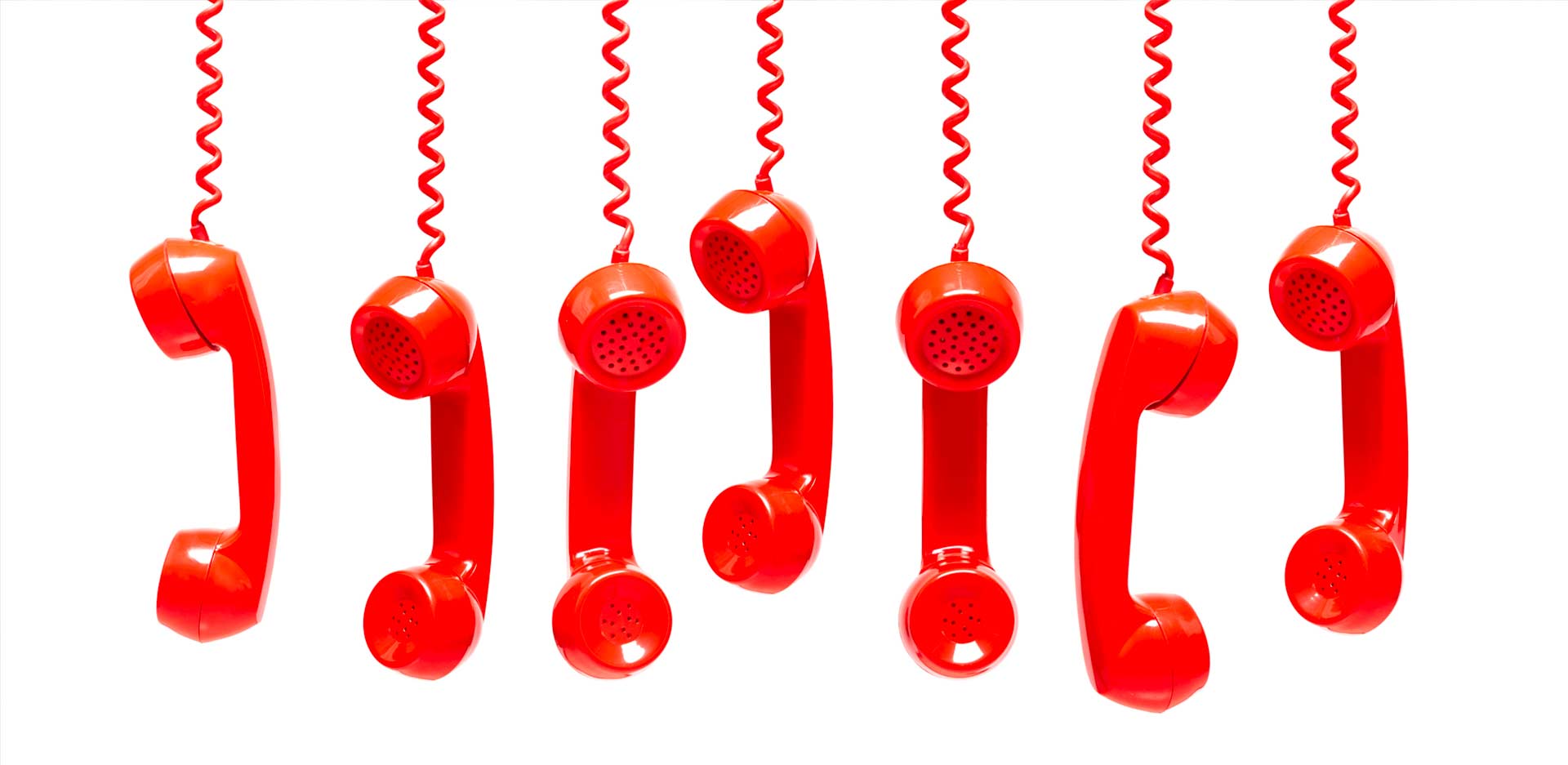
After hearing that many health hotlines were being overwhelmed with questions about coronavirus, we expanded our hotline’s scope to respond to general questions about coronavirus. We also took cues based on caller questions and developed marijuana dispensary preparedness plans and resources, which are discussed below.
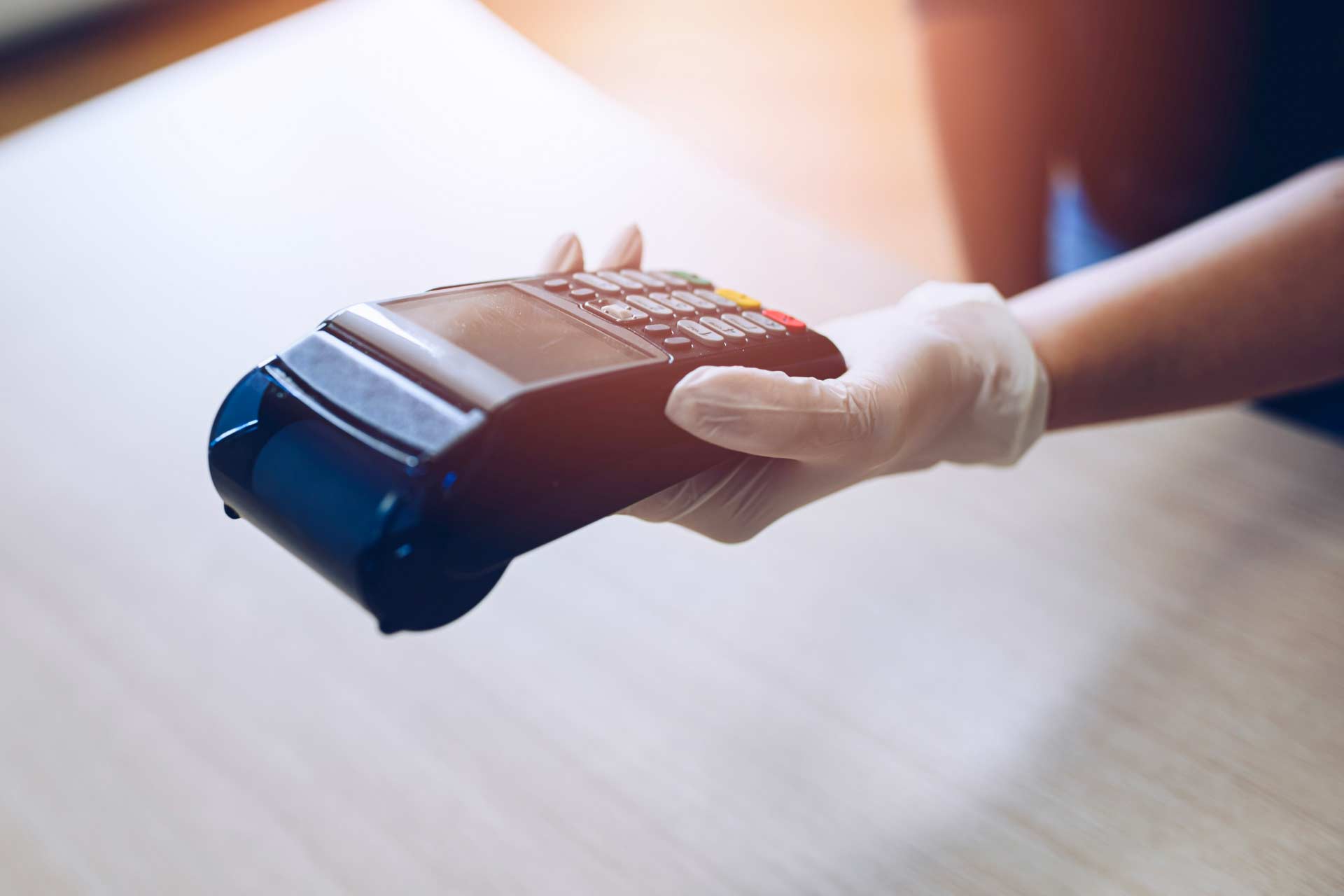
The First Round of Cannabis Consumer Questions: Product Safety
On our hotline, we began receiving questions focused on callers’ immediate concerns around access and product safety. Colorado and other states with legal cannabis designated cannabis as essential which ensured access; however, one big question remained: How do I know my product is safe?
CBD hemp consumers and legal marijuana consumers were worried about potential virus exposure via product packaging. They also had many questions about how to ensure product manufacturers, in-person and online retailers, and legal marijuana dispensaries were safely handling products prior to sale.
In response, we provided the latest information based on Centers for Disease Control and Prevention (CDC) and World Health Organization (WHO) guidance, translating those recommendations to the cannabis space.
We also developed preparedness plans and resources for both our supporting members and other non-member dispensaries.

Changing Cannabis Questions: Concerns about CBD and COVID-19
Legal marijuana dispensaries and CBD hemp sellers did a good job developing safety plans for both their employees and customers, often going above and beyond state mandates for essential businesses. Once customers became familiar with the new protocols, their concerns about product and packaging safety subsided.
However, as everyone’s understanding of COVID-19 continued to grow, research emerged that nonsteroidal anti-inflammatory drugs (NSAIDs) like ibuprofen could worsen COVID-19 symptoms. This issue is still being discussed and debated in the clinical research community. Like many things with COVID-19, we are still very much in the learning phase.
As research on NSAIDS and COVID-19 began circulating in the news, we started fielding calls on the hotline from people who use CBD for its anti-inflammatory properties. Many people have success using CBD to manage symptoms related to osteoarthritis and inflammatory pain. Did they need to change course to reduce their risk of developing serious coronavirus symptoms?
On the Leaf411 hotline, our guidance is always driven by both the research and the unique needs of each caller, so we can’t give a one-size-fits-all answer here.
However, this resource may help, if you have general questions about cannabis and COVID-19.
Also, our fully-licensed Leaf nurses are available to answer your specific questions at no cost to you at 844-LEAF411 (844-532-3411).
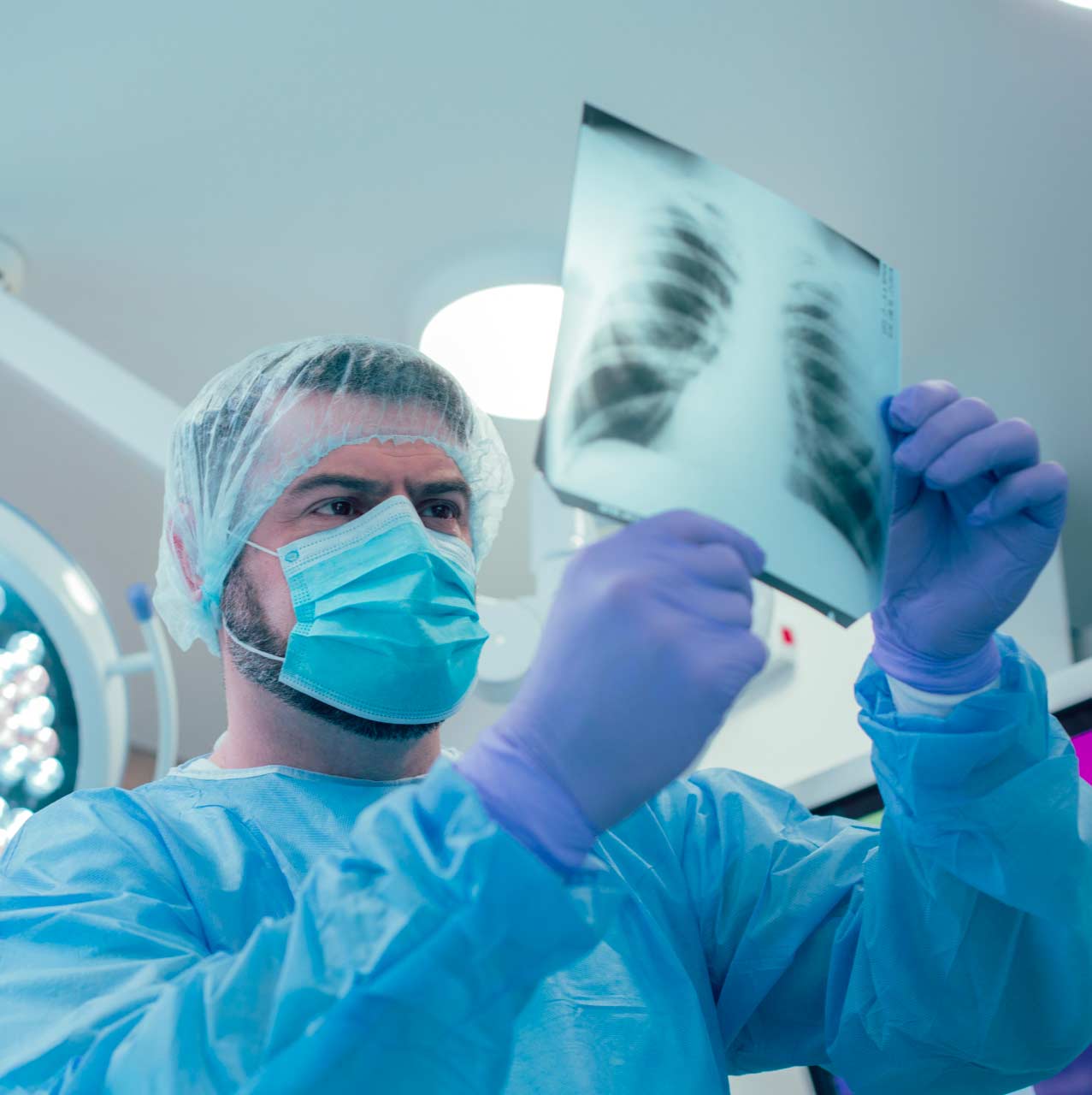
Cannabis and Lung Health During the Coronavirus Pandemic
COVID-19 is a respiratory virus primarily affecting the lungs. When the virus began to spread, we anticipated that many cannabis users would switch over to non-inhaled products—things like edibles or tinctures.
The reality has been more complicated than that. It’s true that sales figures for edibles (which include tinctures) are strong. However, flower (bud) also remains very popular.
Some industry experts think this is because cannabis flower is the equivalent of a comfort food. Most peoples’ first cannabis experiences were smoking flower, and in times of uncertainty people go back to what they know and trust.
Other people are moving forward with trying new cannabis consumption methods. On the Leaf411 hotline, we’ve heard from people who are navigating the switch from smokable to ingested cannabis products.
It can be difficult to figure out how much to start with, when changing from a flower product containing about 25% THC to an edible with 10 mg THC per piece. Add on to that the fact that inhaled THC enters your bloodstream more quickly while edible products pass through the digestive system and are changed by your metabolic practices. This means using flower versus edible can be very different in how quickly it hits, how long it lasts, and how intensely effects are felt.
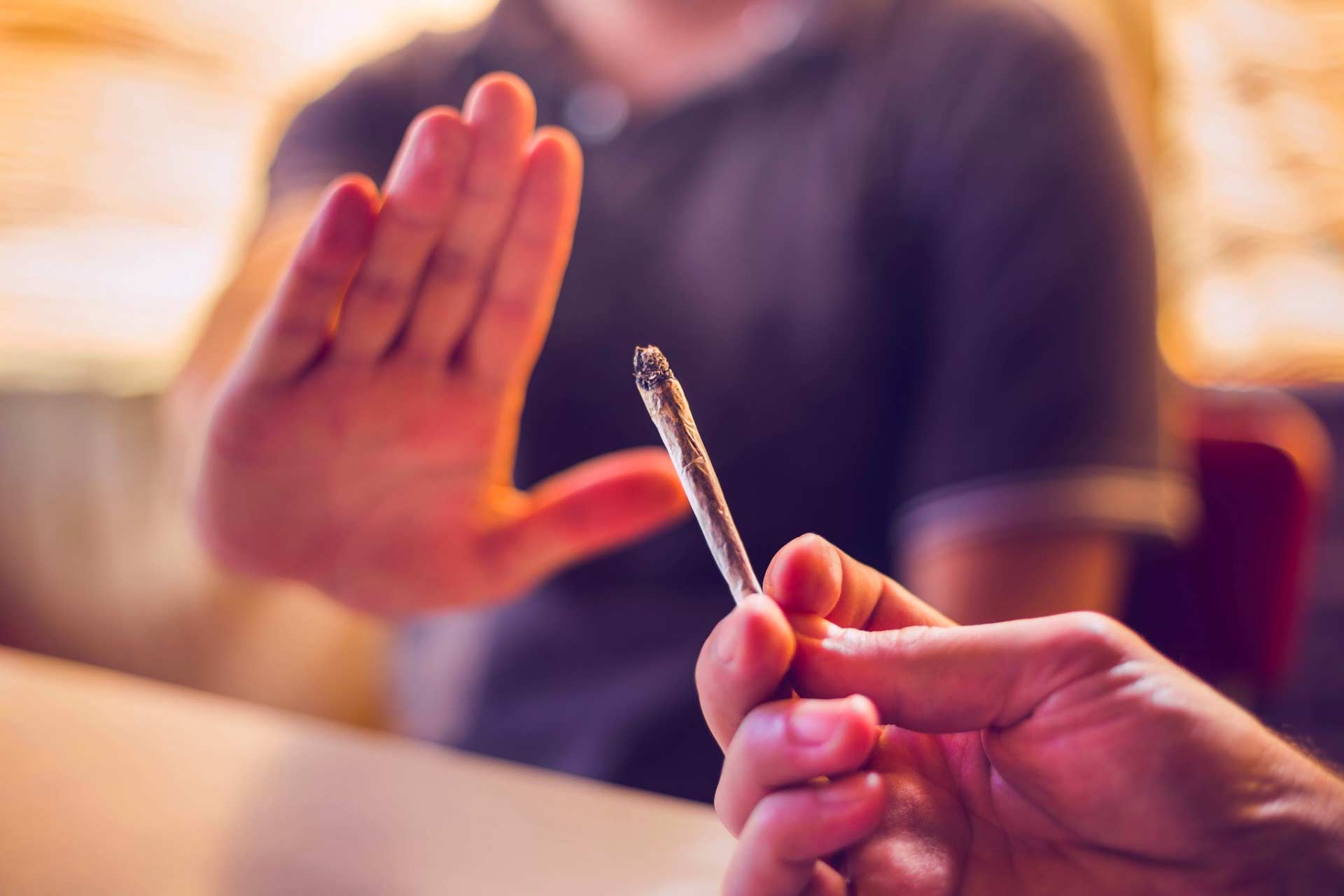
Cannabis Consumption Methods: Questions About Moving from Flower to Edibles
The switch from smokable to edible cannabis products isn’t as straightforward as you’d think, even for experienced cannabis users. The calls we’ve received on the hotline underscore the importance of understanding product dosing, and starting low and going slow when switching to edibles and tinctures.
In one case, we received a call from someone who assumed that an entire cannabis-infused chocolate bar equaled one dose. In fact, each square of the cannabis chocolate bar was a separate dose!
It’s an easy mistake to make, considering that grocery store candy bars count as a single serving. Unfortunately, in this caller’s case, their mistake meant that they used more cannabis than intended. While this isn’t life-threatening, it can result in a negative experience.
Due to social distancing practices, you may not be able to chat with your budtender about different products like you did in the past.
At Leaf411, we can help! Our cannabis-trained, fully licensed registered nurses know how flower and edibles differ in timing and dosing. Whether you’re planning an online dispensary order, or just returned home with a new product, we can with any questions you have at our free hotline: 844-LEAF411 (844-532-3411). We’re also available via online chat. Look for the chat feature on the bottom of our website home page.
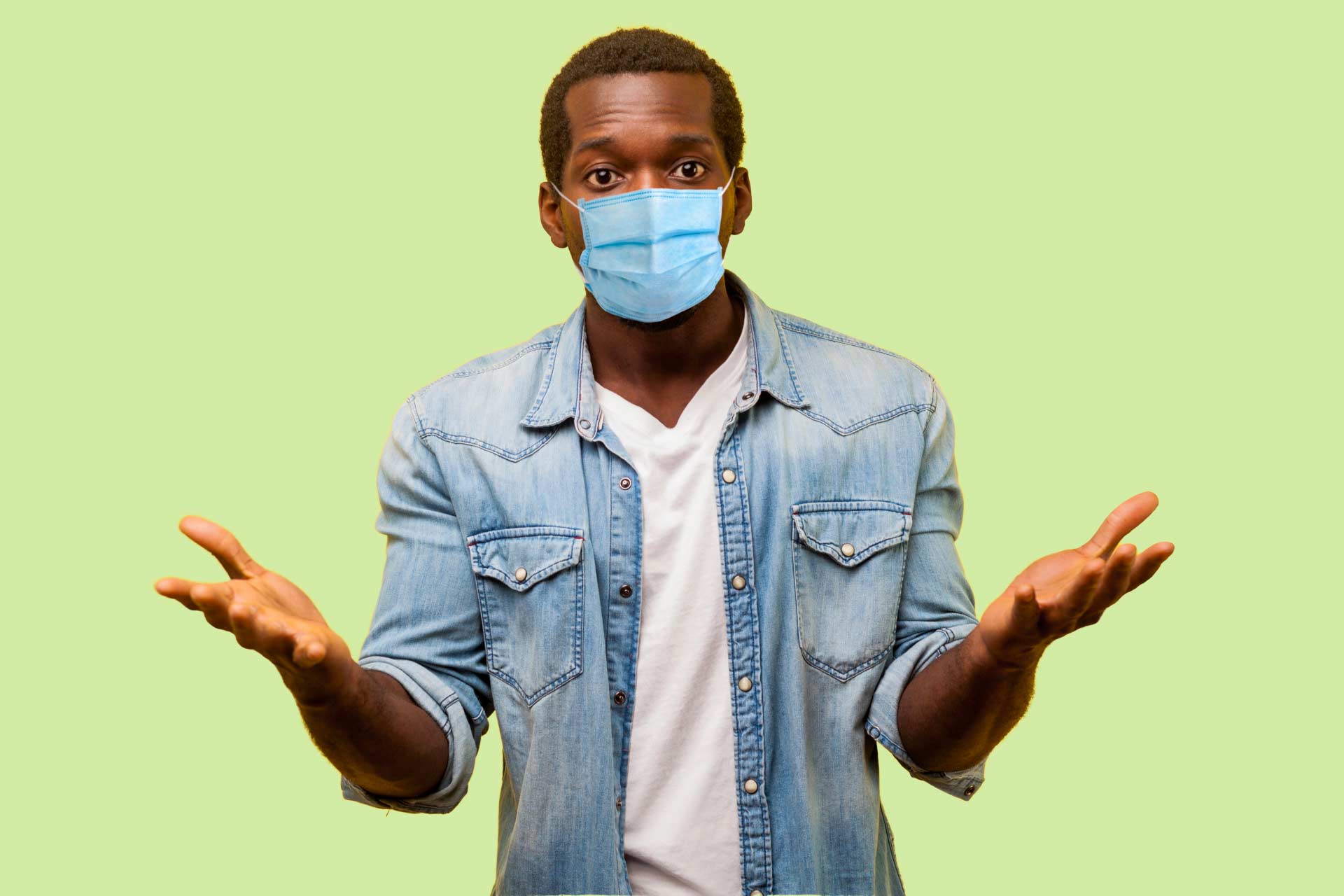
Our Latest Cannabis Hotline Questions: A Return to Routine Health Concerns
The COVID-19 virus will be a presence in our world for the foreseeable future. The latest calls to our Leaf411 hotline reflect this new reality. The anxiety and fear are still there, but it’s no longer an emergent issue demanding all of our attention. This shift in focus is an encouraging sign, showing that people are finding balance and perspective despite challenging times.
People are shifting their focus back to ongoing health concerns, and medical facilities are opening back up for routine care and elective procedures. (It’s important to note that “elective” includes a wide range of procedures, including joint replacements, biopsies, and even some cancer treatments!)
As people return to routine care and undergo elective procedures, we’re hearing more questions about cannabis as an alternative for managing health conditions. We’re also getting questions about using cannabis both prior to and after surgery.
Of course, you’ll always want to share your medical history, including cannabis use, with your doctor prior to any surgery or medical treatment. You should also talk with your primary provider ahead of time about your goal to use cannabis as an alternative to opioids following surgery.
If you need help with talking points or research to share with your provider, give us a call at 844-LEAF411 (844-532-3411). Our Leaf nurses understand the clinical research supporting cannabis and can help you find the right resources and research to share with your doctor.
The Leaf411 cannabis nurse hotline provides free, anonymous education and directional support to the general public about the safe use of legal cannabis. We partner with select business members who meet our rigorous standards to extend our education and outreach efforts.
Addressing Cannabis Stigma on the Leaf411 Nurse Hotline
Medically reviewed by Katherine Golden, RN
Written by Denise Rustning
The cannabis sativa plant has been used as medicine for over 1,500 years, according to historic records.
That can be hard to imagine sometimes, after nearly 100 years of cannabis prohibition in the United States.
Chances are good that you grew up hearing messages about the dangers of marijuana, complete with scary stories of addiction, irresponsible behavior, and negative health impacts.
Where did these messages come from? It’s a long story that we’ll be covering in a future blog, but the takeaway is that many of these negative stories and stereotypes were driven by politics and money, not by research.
Now, research is showing that much of the old propaganda simply isn’t true.

With legalization expanding at the state level, many people across all walks of life are going public with their use, showing that cannabis can be used responsibly for therapeutic or recreational purposes.
The cannabis plant contains many different cannabinoids, including tetrahydrocannabinol (THC) and cannabidiol (CBD). When we talk about cannabis, we’re really talking about two categories of products:
- CBD hemp products are now legal under federal law and almost all state laws (Idaho, Nebraska and South Dakota are the exception). CBD hemp comes from hemp plants—cannabis plants bred and grown to contain very little to no THC. Under federal law, CBD hemp products are limited to less than 0.3% THC.
- THC is the cannabinoid responsible for the “high” that people feel when using cannabis. Products containing over 0.3% THC are legally sold in dispensaries in states that have voted for legal recreational or medical marijuana.
Despite growing acceptance, many people run headfirst into misconceptions and stigma when considering whether to try cannabis themselves.

Tackling the Stigma: Cannabis Will Not Destroy Your Brain
Our hotline callers are often concerned about whether cannabis will kill brain cells. When we recently talked to Dave Gordon, MD, one of our Leaf411 Advisory Board members, he shared similar stories of patients who worried that cannabis would hurt their brains. Dr. Dave explained that in response, he shares the research showing that in fact, cannabis won’t harm the adult brain, and may even be protective against certain neurological disorders like Alzheimer’s and dementia.
Likewise, our hotline nurses always go to the research when answering specific questions about how cannabis may impact brain health. Peer-reviewed studies can be hard to decipher if you don’t have a medical background and clinical training. One reason we created the FREE Leaf411 cannabis hotline is to help bridge the gap between cannabis research and the public.

The Fear of Getting Too High from Cannabis
When people first call the hotline, they often express concerns that using any amount of THC at all, even the very small amount in CBD hemp products, will make them too high.
THC is not like a simple on-off light switch, though.
Instead, you can think of it like a gas pedal in a car, where more gas equals greater speed. The amount of THC you use will impact how much of the “high” you feel—or whether you feel those intoxicating effects at all.
For example, the amount of THC in a full spectrum hemp product is not enough for you to feel it—but it is enough to contribute to the entourage effect when the different plant compounds work together to provide enhanced therapeutic benefits.
Some people are most comfortable starting with CBD hemp products to test the waters and see if it helps their health concern. And CBD hemp is the only legal option for people living in states where recreational and medical marijuana are outlawed.
When you call the hotline, we listen and take your goals and priorities into consideration. We can provide specific guidance to help you minimize the risk of feeling “too high,” while also helping you find a product that is a good match for your needs.
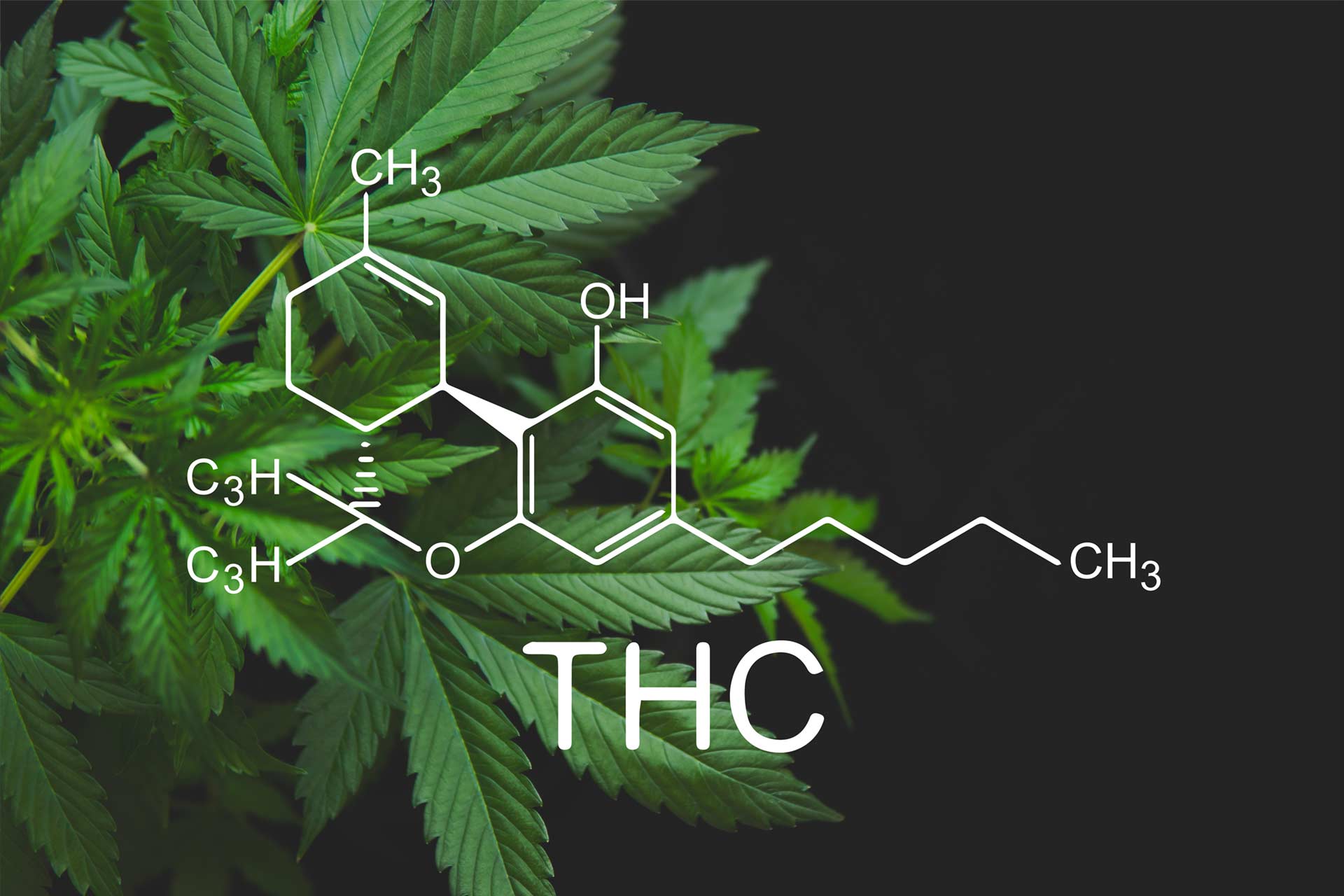
THC: Bogeyman or Powerful Plant Ally?
You may still be skeptical about the power of THC, since that cannabinoid is at the root of the propaganda from the past century.
If full-spectrum CBD hemp products contain all the plant compounds, after all, then why is more THC needed?
It’s true that full spectrum CBD hemp alone provides relief for many people, especially when dealing with inflammation pain.
However, when someone is dealing with chronic neuropathic pain, a higher dose of THC may offer more relief, due to the fact that THC works with the same nervous system receptors that opiates do, without the problematic side effects that come with opiates.
The THC cannabinoid can also help with relaxation and mental release, whether you’re dealing with pain, anxiety or other health concerns. However, it can take some trial and error to find the best product, dose and even CBD:THC ratio for your needs.
At Leaf411, our goal is to empower our callers so that your experiences with cannabis are positive. Our hotline nurses have the training and experience to help guide you in the right direction on your journey.

Addressing Cannabis Stigma Among Clinicians
We know that not all doctors, nurses and other clinicians are on the same page when it comes to the potential therapeutic benefits of cannabis.
Keep in mind, clinicians grew up with the same stereotypes and stigmas as the rest of us. Odds are good that when they went to nursing or medical school, they received little to no education on cannabis, either. For example, a study published in 2017 found that only 9% of medical schools included education on prescribing medical marijuana.
As clinicians ourselves, we always suggest that you discuss your cannabis use with your primary care provider. As providers see more patients who are successfully using cannabis to treat different health conditions, their own minds may be changed about the power of plant-based medicine. In our interview with Dr. Dave, he makes some suggestions for how to broach the topic with your primary care provider.
State legalization, as well as federal legalization of CBD hemp, has put cannabis on the radar for many physicians, nurses and other clinicians. When we talk to our colleagues, we hear them saying that they know their patients are turning to CBD hemp and marijuana as an alternative.
However, as long as cannabis remains illegal at the federal level, many clinicians are reluctant to proactively suggest this option to patients, especially when they don’t have specialized education to guide their recommendations. In addition to a lack of knowledge, they face potential professional repercussions from their own employer or licensing bodies.

Pioneers in the Field: Cannabis Doctors and Nurses
Despite the challenges, many doctors and nurses are actively seeking out the research and training to provide medically-sound guidance to patients on cannabis as a treatment option.
They may be like Dr. Dave, who saw the limits of conventional medicine in bringing relief and balance back to patients’ lives. He began digging deep into the research after realizing he needed better tools.
They may also be like our very own CEO, Katherine Golden, RN, a nurse with over 22 years of experience. She turned to the research when helping a family member who had a cancer diagnosis, and found compelling research on cannabis in well-known medical databases like PubMed and ScienceDirect.
In the coming month, we’ll highlight our Leaf411 hotline nurses, as well as the special training they undergo to prepare them for your calls.
The Leaf411 Hotline: A FREE Public Resource for Your Cannabis Questions
Our hotline nurses are ready to answer your questions on our free anonymous hotline. We combine our nursing expertise with specialized knowledge of the medicinal benefits of cannabis, providing balanced, research-based information and support. Call us at 844-LEAF411 (844-532-3411).
The Leaf411 cannabis nurse hotline provides free, anonymous education and directional support to the general public about the safe use of legal cannabis. We partner with select business members who meet our rigorous standards to extend our education and outreach efforts.
Question of the Month: What Are Transdermal Cannabis Patches and Gels?
Medically reviewed by Katherine Golden, RN
Written by Denise Rustning
We often get questions on the Leaf411 hotline about the different types of cannabis products on the market today.
The product people are most surprised to hear about? Transdermal patches or gels containing cannabis plant compounds—either cannabidiol (CBD), tetrahydrocannabinol (THC), or both CBD and THC. Transdermal products may also feature other cannabinoids like CBN or THCa (tetrahydrocannabinolic acid), which is a raw, non-psychoactive form of THC.
Transdermal products can even contain other cannabinoids, terpenes, and compounds that have therapeutic benefits.
How Transdermal Products Work
What makes transdermal patches or gels different than regular topical products you put on your skin like creams or salves?
Normally, the skin acts as a barrier. While creams and salves are absorbed by the outer layers of skin, they do not make it past all the skin layers and into the bloodstream.
However, transdermal products contain specially formulated carrier agents to help medicines, including cannabinoids, to fully penetrate the skin barrier and be absorbed directly into the bloodstream.This route of administration eliminates the need for medicines to first pass through the digestive system or respiratory system (if inhaled). It also allows for more consistent dosing over longer periods of time.
Transdermal patches and gels are not unique to cannabis. In fact, you’ve probably seen transdermal patches used to deliver other medications.
Transdermal routes of administration are used for certain birth control products, smoking cessation and motion sickness. They’re also used to deliver opioids like fentanyl that are prescribed for persistent chronic pain.
Cannabis transdermal patches use the same technology. The middle of the patch contains different cannabinoids like THC, CBD, or CBN. In some cases, terpenes and other therapeutic compounds like menthol or eucalyptus are also added. Manufacturers also add carrier agents, so that the compounds will be more readily absorbed through the skin and into the bloodstream.
The Advantages of Transdermal Cannabis Products
Transdermal cannabis patches and gels are a good option for people who want cannabis’s therapeutic benefits, but have health conditions or other restrictions that prevent them from either inhaling (smoking/vaping) or ingesting edibles or pill-based forms.
Finding an Effective Transdermal Product
Product quality is a big factor when choosing transdermal cannabis products. As we mentioned earlier, simply putting a cream or salve on your skin and letting it soak in does not make it “transdermal.” Many people—and even some budtenders—don’t understand this difference.
Look for products specifically labeled as “transdermal,” and make sure the manufacturer provides Certificates of Analysis (COAs) on their website with test results confirming the amount of THC, CBD and other cannabinoids.
CBD hemp-based transdermal patches and gels are federally legal (containing less than 0.3% THC). They can be found online or in retail outlets in most states.
Transdermal patches and gels containing higher amounts of THC are only legally sold at recreational or medical dispensaries.
How to Use Transdermal CBD Products
Transdermal CBD patches or gels are typically applied on a part of your body that has veins near the skin’s surface, like the inside of your wrist or on your ankle. The time of onset is rapid, sometimes within 20 minutes, and lasts for up to 12 hours. Remember that CBD is not intoxicating, so you won’t feel “high” from a transdermal CBD patch.
In some cases, transdermal patches can be applied elsewhere on the body for localized relief. For example, our supporting member Arcanum makes Sarco Skin, a CBD-infused kinesiology tape. Kinesiology tape is a favorite of athletes, and may help by supporting muscles and joints, while also having a positive impact on pain signals.
How to Use Transdermal THC Products
Transdermal products containing THC work in much the same way as those containing CBD, with relatively quick onset and an extended, consistent dose. Many people report that the intoxicating effects of THC are more subdued when using transdermal products containing THC or a 1:1 CBD:THC ratio.
When considering your dose, take into account that almost all of the cannabinoids contained in the patch are bioavailable. In other words, you don’t lose part of the dose through first-pass metabolism in your digestive system like you do with edibles.
We always suggest starting with one-fourth of the suggested dose or serving size.
Transdermal gel can be dosed in smaller amounts.
For transdermal cannabis patches, products like Mary’s Medicinals transdermal patches can be cut into smaller pieces to provide a lower dose. We suggest you check the manufacturer’s website to make sure the transdermal patch is designed so that it can be cut into smaller portions.
Need Help with Your Cannabis Questions?
The FREE anonymous Leaf411 hotline nurses can help with your questions, whether you’re a recreational cannabis user, patient, or a clinician wanting to learn more about plant-based medicine. Call us at 844-LEAF411 (844-532-3411).
The Leaf411 cannabis nurse hotline provides free, anonymous education and directional support to the general public about the safe use of legal cannabis. We partner with select business members who meet our rigorous standards to extend our education and outreach efforts.
Finding the Best CBD:THC Ratios and Products for Pain
How Different CBD:THC Ratios and Types of Products Can Help with Pain
Medically reviewed by Katherine Golden, RN
Written by Denise Rustning
Last week, we overviewed different types of pain and shared how cannabis might help.
When it comes to treating pain with cannabis, both the type of product and the ratio of cannabinoids matter. The two primary cannabinoids are tetrahydrocannabinol (THC) and cannabidiol (CBD), though the cannabis plant contains many other cannabinoids, terpenes, plus other compounds that contribute to its therapeutic effect.
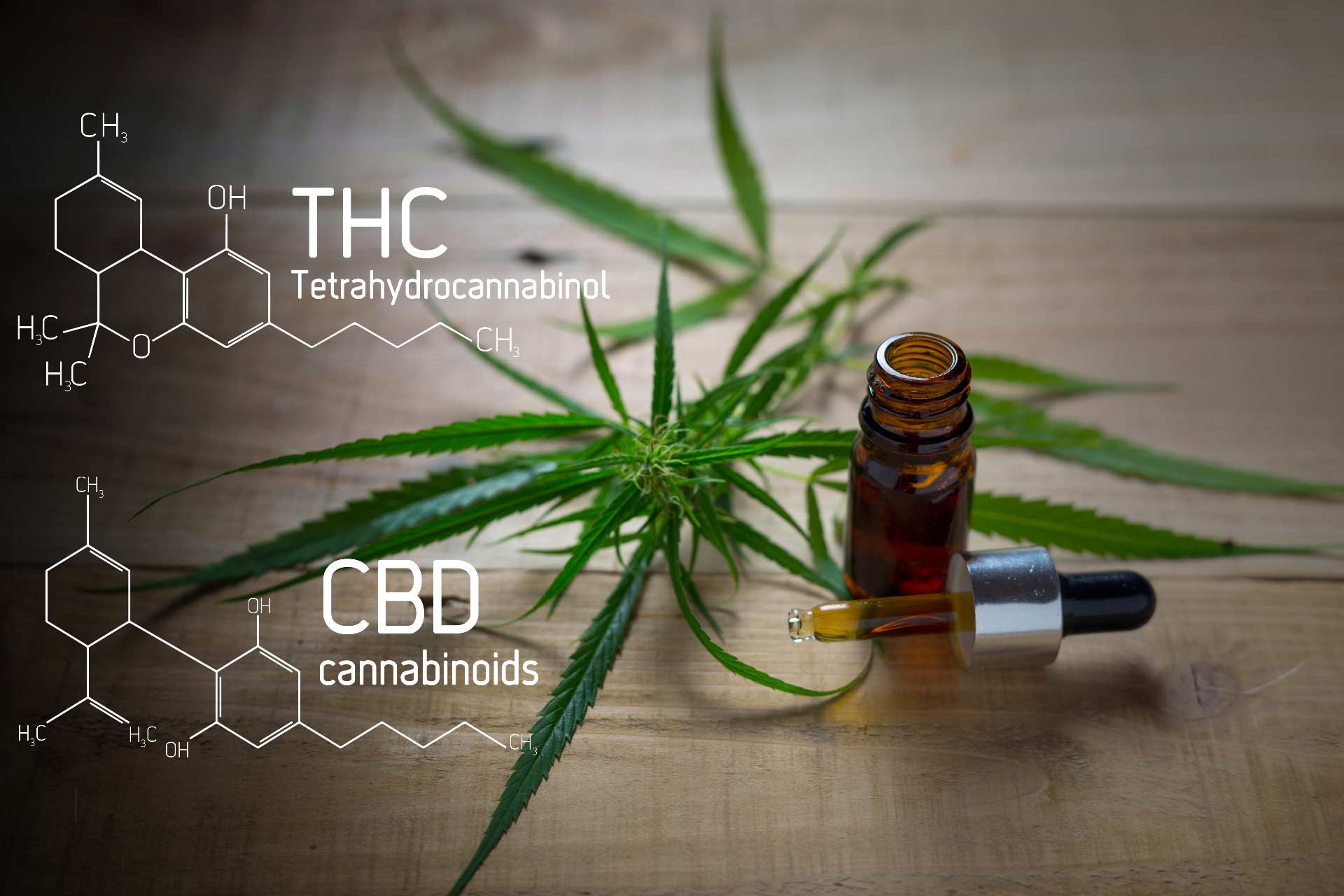
CBD: This cannabinoid is the star player in hemp products which are federally legal. CBD hemp products are required to have below 0.3% THC, which is such a small amount that it’s not intoxicating and won’t get you high. You’ll also find CBD in cannabis products that contain higher levels of THC.
THC: The cannabinoid responsible for the “high,” if used in large enough amounts. Cannabis products containing over 0.3% THC remain illegal at the federal level and can only be legally purchased in states that have legalized recreational or medical marijuana.
Understanding the roles that both CBD and THC play in managing pain can help you find the best product for your needs. If you need a quick refresher on the types of pain that CBD and THC work best on, check out our previous post here.
Timing Your Dose: How Different Cannabis Products Reduce Pain
Whether you’re looking at CBD hemp or cannabis containing higher levels of THC (sold legally in dispensaries), you have several different routes of administration to choose between:
- Inhalation (smoking, vaping): Takes effect immediately and lasts 2-4 hours. This is a great choice for instant relief and for treating breakthrough pain (a flare-up in pain when you’re already taking longer-acting cannabis products). You can also layer inhaled cannabis with a longer-acting method (more on layering below) to help get you through the night.
- Transdermal (patches, gels): Extended release option that takes effect quickly, since the cannabinoids are absorbed directly into your bloodstream. The time of onset is rapid, sometimes within 20 minutes. Transdermal products provide a consistent dose of medicine for up to 12 hours. The transdermal patch or gel is used on an area where the veins are near the skin’s surface—like the inside of your wrist or on your ankle.
- Sublingual (placed under the tongue): Sublingual administration can provide rapid relief, but there are few true oromucosal (sublingual) products on the market. Cannabinoids are fat-soluble and, in their natural state, do not absorb well into the oral mucosa. Moreover, cannabis products are often extracted into oils, and these products are not water-soluble. Patients often expect rapid onset when using tinctures, only to wait 1-3 hours for the dose to take effect. Many products marketed as tinctures will end up being swallowed and absorbed via the digestive system, regardless of how long they are held under the tongue. A true sublingual (a product in which the cannabinoids are formulated to be more water-soluble) absorbs rapidly into the mouth. The effects can be perceived in 15-20 minutes and can last 4-6 hours.
- Edibles (gummies, capsules): Edibles take effect in between 30 minutes and 2 hours. You’ll feel their effects between 5-8 hours. They provide a discreet, portable long-acting option.
- Topicals (creams, salves): Topicals provide short-term localized relief. They can take effect within minutes, and may last for up to an hour.
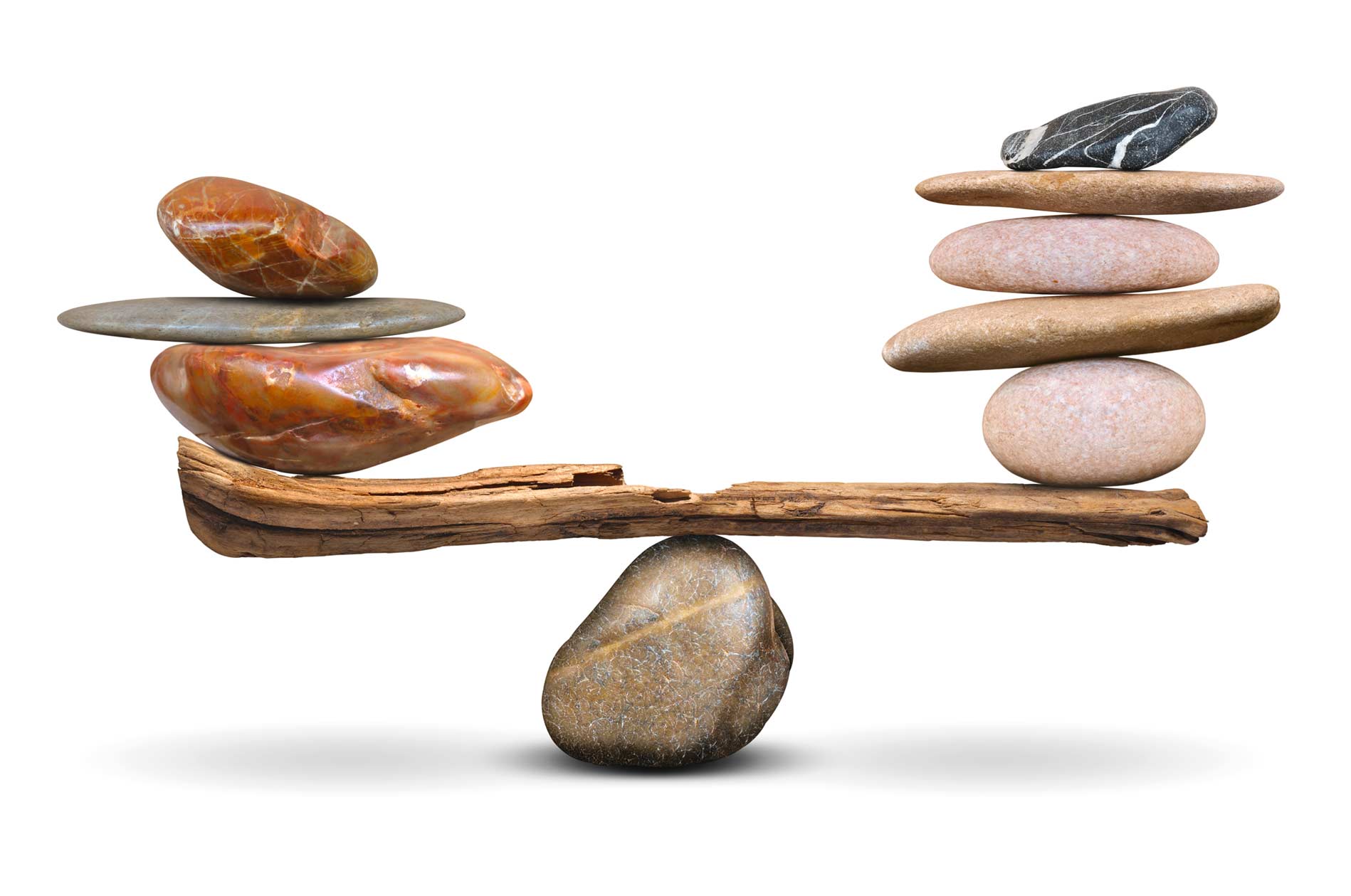
Understanding CBD:THC Ratios
Most marijuana flower sold at legal dispensaries is THC-dominant, with very little CBD. Of course there are exceptions, such as The Wife strain or even some CBD hemp flower strains. However, odds are that if you’re using flower, you won’t find ratios connected to the strain.
Once you start looking at other cannabis products, including vapes, you’ll notice ratios on many—but not all—product labels. Common ratios include 1:1, 5:1, 10:1, and even 20:1. What do these numbers mean? And how do they help with your pain?
The ratio indicates the amount of CBD compared to the amount of THC.
- A 1:1 ratio is when the amount of CBD and THC are the same in each dose.
- On the other hand, if a product has a 5:1 ratio, that means there’s five times as much CBD as THC in each dose.
It’s important to note that the ratio is not the same as the amount of CBD and THC. Our supporting member 1906 makes several different products, including their Midnight drops and Genius drops, that are designed to be swallowed. The ratio of each of these recreational products is 1:1—but the amount of CBD and THC in each is different.
- The 1906 Midnight 1:1 drops have 5 mg of CBD and 5 mg of THC per dose.
- The 1906 Genius drops are also a 1:1 ratio; however, they have 2.5 mg each of CBD and THC.
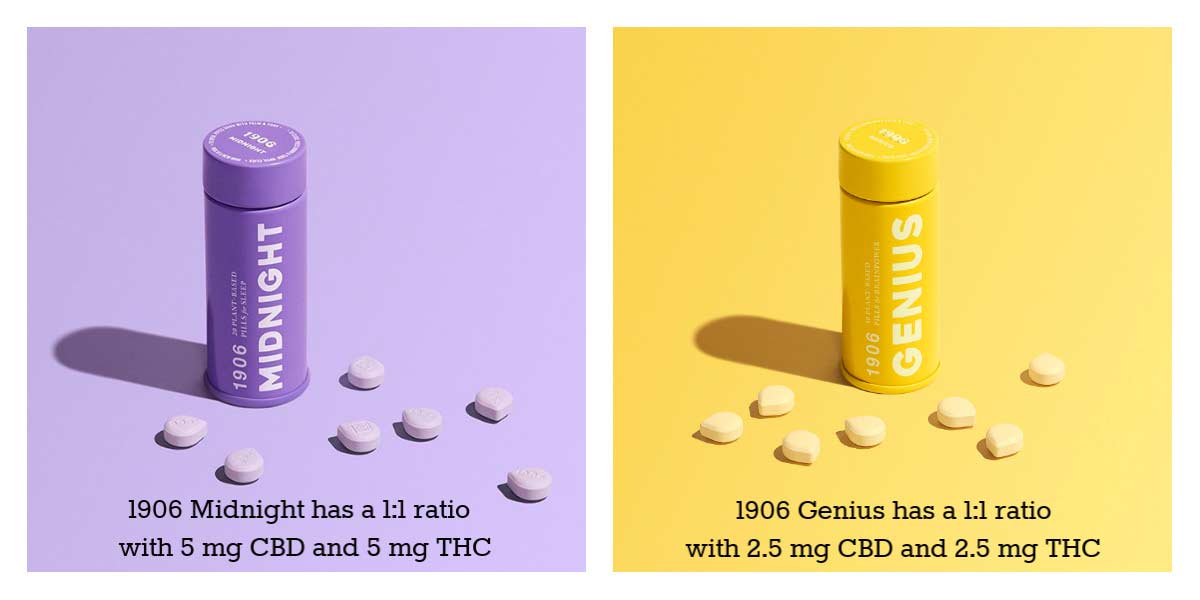
What if a product doesn’t list a ratio? In that case, look closely at the product label. The chances are good that the product either contains all CBD, with little or no THC (legal CBD hemp products fall in this category), or the product contains all THC.
What’s the Best CBD:THC Ratio For Your Pain?
The CBD and THC cannabinoids work individually to target different types of pain. By combining them in different ratios, though, you can achieve different effects to fit your specific needs.
While everyone is different, the following guidelines work for most people:
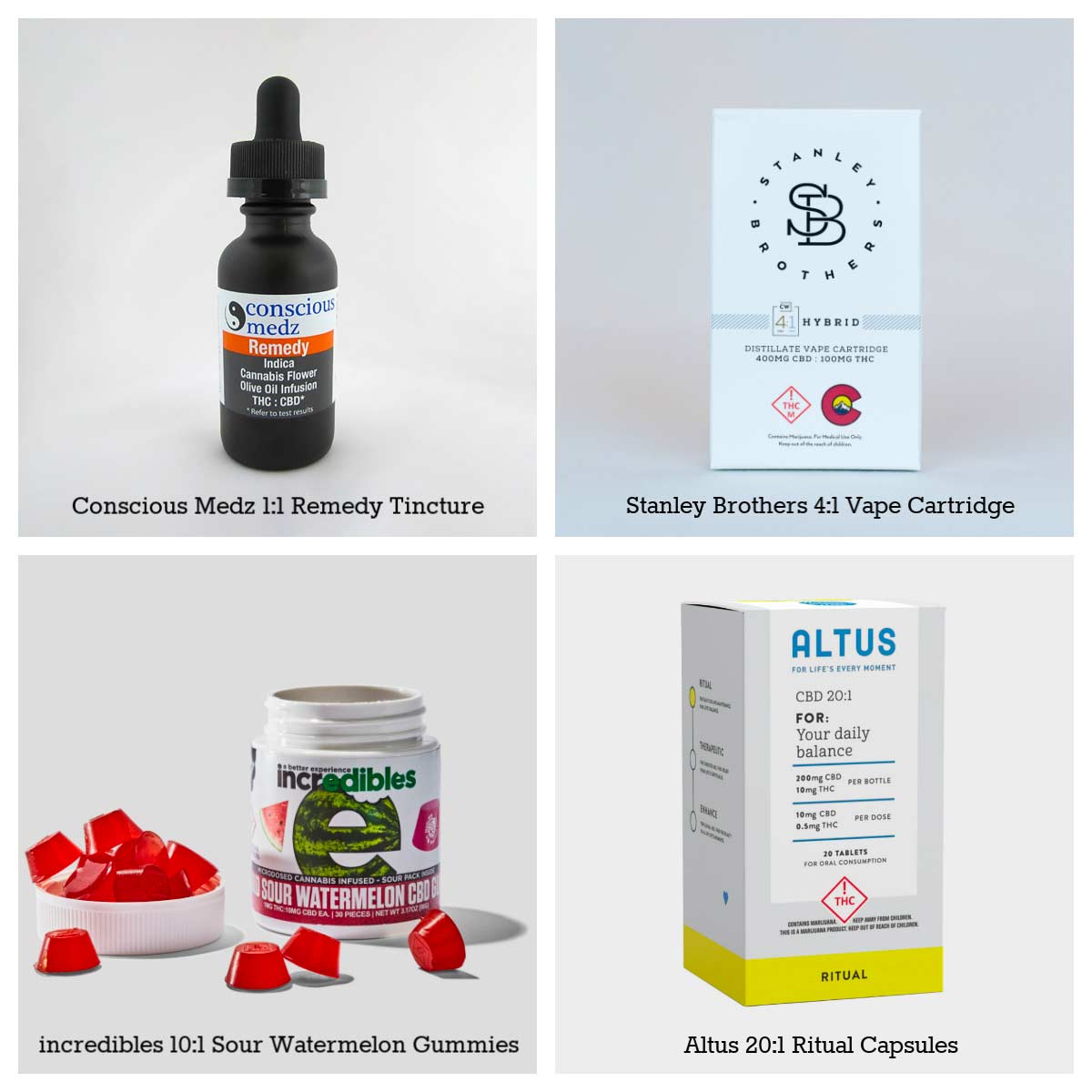
1:1 – Equal amounts of THC and CBD. A good option to try for all kinds of pain, including neuropathic pain. Products with a 1:1 ratio can be uplifting but this ratio will most likely cause impairment if using the suggested serving size. Always start low, go slow, to avoid intoxicating effects.
2:1, 4:1, 5:1 – A balanced product that can provide optimized levels of both CBD and THC for medicinal use, based on the fact that higher doses of CBD are often needed for relief. Can be intoxicating.
10:1 – A high CBD alternative for people who find the 5:1 ratio to be too intoxicating.
20:1 – High CBD levels along with very low THC levels provide a good option for managing inflammation pain. Very rarely intoxicating.
Leaf411’s supporting members offer many different CBD:THC ratios to meet different needs.
Layering Different Cannabis Products
Have you ever woken up in the middle of the night when your pain medication wore off, and suffered as you re-dosed and waited for the medicine to kick in? Fortunately, with CBD and THC products, you can layer different product types to reduce the changes of this happening.
For example, you might use a shorter-acting sublingual pill or vape to bring instant relief, together with an edible or transdermal patch to get you through the night.
If you’re using products containing THC (the cannabinoid that can be intoxicating and make you feel “high”), you’ll want to be careful with your dosing to make sure you don’t get end up with too much THC. The best approach is to start low and slow.
While you cannot overdose on THC, the feeling of being “too high” can be uncomfortable. Our website provides tips for what to do if you feel too high.
Cannabis as an Adjunct Therapy
Depending on how you use cannabis and other medications, there can be possible medication interactions. Our Leaf411 library offers guidance on specific medication interactions here.
We recommend consulting with a clinician before combining cannabis (which includes CBD hemp products!) with pharmaceuticals or over-the-counter pain medications.
Our Leaf411 cannabis-trained registered nurses can help with questions specific to medications you’re taking, and our service is FREE! Call us at 844-LEAF411 (844-532-3411).
We’re Here to Help!
We realize that it can feel overwhelming when researching cannabis for pain. There are so many options—different types of products and different ratios.
Research on cannabis as a safe alternative for treating pain continues to grow. As nurses, we’ve heard and seen firsthand the power of this plant-based medicine, and we stay up-to-date on the latest findings and clinical guidelines for using cannabis for pain.
Our Leaf411 hotline nurses have both specialized training and experience helping people to find the best option for their particular situation. We’d love to share our expertise with you as well! Reach out to us on our free, anonymous hotline at at 844-LEAF411 (844-532-3411).
The Leaf411 cannabis nurse hotline provides free, anonymous education and directional support to the general public about the safe use of legal cannabis. We partner with select business members who meet our rigorous standards to extend our education and outreach efforts.
Talking to Your Partner about Cannabis
Medically reviewed by Katherine Golden, RN
Written by Denise Rustning
Cannabis has gone mainstream. Medical marijuana is legal in over half the states. Also, recreational use is legal in 11 states as well as in the District of Columbia and all of Canada.
Cannabidiol (CBD) hemp products containing less than 0.3% tetrahydrocannabinol (THC) are legal at the federal level, and widely available online and in retail outlets in almost all states. Compliant CBD hemp products should not get you high (cause impairment or intoxication), but offer many health benefits.
As legalization has spread, so has acceptance. According to a November 2019 Pew Research poll, 67% of Americans say marijuana should be federally legalized. This support exists across all age groups except for the Silent Generation, made up of people over the age of 75.
The shifting public attitudes might not be reflected in your own home, though.
How do you talk to your significant other if you’re curious to try cannabis but don’t know what they’ll think? This can be especially tricky when your partner has negative experiences, fear or preconceptions about cannabis.
Know Why You Want to Use Cannabis
Before you broach the topic with your partner, take stock of why you want to try cannabis. Are you “canna-curious” and interested in seeing what options exist in the legal marketplace? For example, some people are turning to THC-infused drinks and other products as alternatives to wine or beer.
Many people also seek out cannabis based on growing research about the plant’s health benefits.
Remember that cannabis is not a cure-all or magic pill. However, it can serve as a powerful tool.

Anticipate your Partner’s Concerns
Many of us had less-than-ideal experiences with marijuana in the past, when it was illegal everywhere. Product quality was iffy at best, and you never quite knew what was in the flower (buds) you were smoking. If you got caught, you faced legal charges, fines and even jail time, along with a criminal record.
Keep this recent history in mind when you bring up cannabis to your partner. Even someone with past cannabis experience may respond with skepticism at first, given the nature of their previous experiences.
You can address these concerns by talking about how state regulations provide more oversight and consistency in products sold at legal dispensaries.
While CBD products sold in retail outlets and online are not subject to this same level of oversight, most high-quality manufacturers provide Certificates of Analysis (COAs) with test results for their products to see exactly what makes up that particular product.

Stigma: The Elephant in the Room… On the Couch Eating Chips
Cannabis still suffers from stereotypes, despite the fact that more athletes, businesspeople, and other high achievers are openly embracing the plant.
When you tell your partner you want to try cannabis, they may immediately picture you glued to the sofa with a bag of Doritos. Those old stereotypes are tough to shake!
Dr. Dave Gordon, founder of 4Pillars Health & Wellness, addressed some of these stereotypes in his recent interview with Leaf411.
“A lot of the cannabis propaganda that people have heard over time is just wrong,” he says. “The perfect example is when someone asks, ‘Is cannabis going to cause me to lose my brain cells?’ … Actually, the science shows that cannabis is probably going to protect your brain.”
You can read more from Dr. Dave on common misconceptions and what the research says about cannabis here.
Putting Cannabis in Context of Lifestyle Changes
When talking with your partner, put your interest in cannabis in context with other areas of your life, explaining how it fits with other goals and priorities. For example, if your goal is to improve your sleep, share other lifestyle changes you’ll be trying along with cannabis, like limiting screen time before bed.
Also, you can point out that while we try many new things in our lives, very few (if any) become all-encompassing. For example, when you took up running, it didn’t mean you were suddenly skipping work to spend all day out on the trails. Your experience with cannabis will likely follow a similar path, becoming a balanced activity, not a problematic one.
Religion and Cannabis
Cannabis prohibition in the United States has always carried a strong moral undercurrent, using language such as “devil’s lettuce,” and stereotyping cannabis users as lazy stoners.
Most of today’s religions are against recreational use. Medical marijuana, on the other hand, is where many religions (but not all!) have shown more openness.
If your partner’s concerns are based on religion, try to understand their perspective. They may be concerned that you are not treating your body with respect, or that your use will be excessive and sinful.
If you’re only interested in using cannabis for recreational purposes, you’ll have a tough argument to make.
However, if you’re seeking cannabis for health purposes, consider framing your perspective to address your partner’s concerns. For example, talk about how you are seeking alternatives to prescription painkillers that have harmful side effects.
Also, you can point out that your goal is to heal, not to get high, and what that means for you.
For example, you might be starting with CBD hemp products that are federally legal and have no intoxicating effects. If you’re using products with THC, you might talk about how you plan to start low and go slow with dosing, an approach recommended by Leaf411 nurses, Dr. Dave and other cannabis health practitioners. A big misconception is that you need to feel high (intoxicated) to reap the medicinal benefits. This is not the case for most people using THC.
Talking About Substance Abuse Concerns
Substance abuse is a complex issue. You only need to look as far as a set of siblings, where one sibling becomes an alcoholic while the other does not, to see it’s not just a matter of genetics or upbringing.
Your partner may understandably be concerned if they’ve had friends or family members who abused marijuana. Anything can have an abuse potential, from food to alcohol to cannabis, so explaining your intention is key.
It doesn’t help, either, that the Food and Drug Administration (FDA) lists marijuana as a Schedule 1 drug along with heroin, despite significant evidence that it is not nearly as harmful and has much lower potential for addiction. Part of the Schedule 1 designation is based on the FDA’s position that marijuana has no medical value.
This designation, ironically enough, limits the abilities of academic and medical professionals to conduct research on cannabis’s potential health benefits.
In other words, the FDA requires clinical research to support moving a drug down to a lower level on the schedule; however, due to FDA restrictions, it’s extremely difficult for researchers to conduct the very studies that the FDA requires.
Can someone become dependent on cannabis? According to Dr. Robert Navarra, a psychologist at the Gottman Institute, substance use and addiction fall on a spectrum. About 9% of people who use cannabis will develop cannabis use disorder which means they are dependent on—but not addicted to—cannabis. To put that in perspective, researchers estimate that approximately 30% of Americans have alcohol use disorders.
Respond to your partner’s concerns by talking about what your overall goals are in using cannabis, as well as how this plant-based tool fits in with other strategies you’re trying. If you’re embracing the start low and go slow approach, you can share that knowledge with your partner as well. Your goal is to find the right amount for your purposes.
CBD and Marijuana Health Concerns
In January 2020, new research came out from the American College of Cardiology showing that cannabis may interact with certain cardiac medications.
If your partner saw that study in the news, or other past news about the FDA questioning the safety of CBD, they might have hesitations, especially if you regularly take prescription medications.
We agree that it’s imperative to check with a medical professional before adding any new medicine to your ongoing regimen. You can check out our recent post on the subject here.
Our Leaf411 registered nurses are also available to talk to you or your partner about potential medication interactions with cannabis.
Legal Cannabis and the Workplace
First, we’ll say that if you live in a state without legal recreational or medical marijuana, then we strongly encourage you to limit yourself to CBD hemp products which are federally legal. CBD hemp products may provide many cannabis plant benefits, minus the intoxicating effects of THC.
CBD hemp is also legal at the state level nearly everywhere. (Idaho, Nebraska and South Dakota are the exception.)
Even in a fully-legal state with recreational and medical marijuana, your partner may have legal concerns.
For example, a med card or state legalization doesn’t serve as a defense against positive drug test results in the workplace.
If you work in a job that requires drug testing, then we recommend looking for CBD products that clearly state “No THC” on their label. Verify the product quality and contents, as well, by reviewing the manufacturer’s COA listing the lab test results. Be sure to share this information with your partner as well, so they can understand how you’re taking steps to use safe products.
Is your partner worried that secondhand marijuana smoke could cause them to fail a drug test? This is a common concern. We’ve reviewed the research and haven’t been able to find any published studies that passive or incidental exposure will result in a positive drug test.
Offer Cannabis Resources and Education
Does your partner know the difference between full-spectrum CBD hemp containing under 0.3% THC versus marijuana products with higher THC levels? Do they understand that you don’t need to smoke marijuana for it to be effective?
Check in with your partner to make sure that you’re both talking about the same thing. They might assume that you plan to smoke or vape marijuana flower that will get you high, while you’re actually planning to start with an edible or oil that contains more CBD than THC.
Your first instinct might be to answer your partner’s questions with “Google it.” However, there are thousands of websites offering misinformation on both sides of the cannabis debate.
That’s one reason we formed the Leaf411 nonprofit hotline—to provide a trustworthy resource to the public, providing medically-sound, balanced information.
Our Leaf411 library is a good starting point, offering a list of resources providing a balanced view.
Our registered nurses who staff the FREE Leaf411 hotline are also a great resource. You don’t have to be a cannabis user to call us. We take calls from many non-cannabis users, including spouses, family members, and clinicians who are simply seeking more information to help their patients.

Creating Shared Expectations Around Cannabis Use
It’s important to talk to your partner about how, when and where you plan to use CBD hemp or marijuana, coming up with a plan that both of you can live with.
Some people simply don’t like the smell of marijuana. They may worry that it will cause everyone in the house to smell like they’ve been smoking, or that neighbors will notice the smell. This is a legitimate concern!
Fortunately, there are many alternatives to smoking, including vapes which produce less odor, as well as edibles, tinctures, and even transdermal and topical products.
Other areas you’ll want to discuss are listed below. Your decisions will likely be shaped in part by why you’re using CBD hemp or marijuana. For example, if your goal is to reduce social anxiety, then it won’t be especially helpful if your partner insists that you only use cannabis at home after everyone else is in bed.
Kids: Whether or not to use cannabis around your children is both a highly personal decision, and also a hotly-debated issue. Pediatricians express concerns about secondhand smoke, as well as risks with parents being intoxicated with any substances, including cannabis, while caregiving. On the other hand, more parents like Kaycee Bawdon are speaking out about responsibly using cannabis while parenting. Many parents point out that drinking alcohol around kids is widely accepted, even though it is a more dangerous substance. As a starting point for discussing this issue with your partner, check out this article to read rules different parents have set around using cannabis at home.
Visitors: For many of us, marijuana was a common presence in our younger days. Visit a friend’s dorm room, and they might offer you a hit off their bong. Of course, many dorm room relics no longer fit in our lives.
While many adults enjoy the social aspects of modern cannabis culture, others prefer to keep their use private. Talk to your partner about how to handle this issue in your home, recognizing that different situations may call for different rules.
A Few Final Thoughts on the Importance of Trust
Your partner may not be the biggest fan of cannabis, but hopefully they will respect and support your right to use CBD hemp or marijuana products in a legal, safe, responsible manner. You can help the cause, so to speak, by being truthful about your use. Nothing creates mistrust faster than sneaking around and lying.
Respect is a two-way street. If your partner chooses to not use CBD hemp or marijuana, it’s important for you to respect their decision. Resist the urge to pressure them to try your new vape “just one time” even if you think they’d love it.
Need Help Starting the Conversation?
Our Leaf411 cannabis-trained nurses are available to provide balanced education and guidance on safe, legal cannabis use. We’ve even had couples call and put us on speaker phone, so they could both be part of the conversation!
We encourage you or your partner to call us with your questions at 1-844-LEAF411 (844-532-3411).
The Leaf411 cannabis nurse hotline provides free education and directional support to the general public about the safe use of legal cannabis. We partner with select business members who meet our rigorous standards to extend our education and outreach efforts.
Planning Your First Dispensary Visit
Medically reviewed by Katherine Golden, RN
Written by Denise Rustning
If you’ve never visited a recreational or medical marijuana dispensary before, it can be stressful knowing where to start. How do you choose the best dispensary for your needs? What methods of payment do they take?
We’ve all been there at one point! Leaf411 board member Ella Cressman recalls her first dispensary visit in the video below. Ella is the founder of HHP Collective, and is a licensed esthetician who has extensive training and experience formulating cannabidiol (CBD) topical products.
Finding a Good Dispensary
It seems like Google has everything covered these days, and marijuana dispensaries are no exception. You can search “dispensary near me” to find nearby options. The results typically include Google reviews and photos that provide a sense of product quality and store atmosphere. The dispensary website will also be listed, where you can find more information on the type of dispensary (recreational or medical), hours of operation and other details.
The Leaf411 resource guide is also a great place to check. Our supporting members have been fully vetted to ensure they are compliant with all regulations, and are committed to providing consistent, high-quality products along with attentive customer service.
There are a few online directories like Leafly that list dispensaries along with reviews and product menus from many locations. It’s important to know that companies pay to be listed and promoted on Leafly, so the amount of information about specific dispensaries may vary.
Want to make new friends while visiting a dispensary? Consider taking a tour!
A Great First-Time Option: Tour a Dispensary
A growing number of dispensaries offer free tours where you can learn more about their products. Leaf411 member Seed & Smith offers 40-minute tours showing their grow facilities, and how they harvest, process and extract cannabis for concentrates. You can even smell fresh terpenes on the tour!
Many community centers and senior programs also offer guided tours of local dispensaries (only in states with legalized marijuana, of course). These tours are popular with seniors who are curious about cannabis for health and wellness.
Looking for Specific Cannabis Products?
If you’re looking for a specific product, you can use Leafly or the product manufacturer’s website to find nearby dispensaries that sell what you’re looking for. Check out Leaf411’s cannabis manufacturer listings to find high-quality products made by our supporting members.
Remember that marijuana products containing over 0.3% THC cannot be shipped for sale across state lines. If you’re eyeing a high-THC edible made by a company based in Oregon, chances are that it won’t be available outside of Oregon unless the company is a multi-state operator (MSO) with licensed production facilities in other states. For example, our supporting member Altus produces gummies and tablets that are sold in both Colorado and Nevada, and the incredibles brand is available in Colorado, Illinois and Oregon.
Making Your List Before You Go
Visiting a dispensary can feel a bit like being a kid in a candy store, especially when you’re checking out the edibles!
We suggest that you review the dispensary’s menu online before visiting. Use it to make a list of products you’re interested in. You can also list your questions and priorities—like wanting a flower strain that has high amounts of linalool (the terpene that’s also found in lavender).
Need help sorting out all the options? Our Leaf411 nurses can help at no cost to you through our hotline 844-LEAF411 (844-532-3411). Our priority as an education-focused nonprofit is always to find the best options for our callers. We don’t get commissions for recommending one product over another.
Things to Take on Your First Dispensary Visit
You’ve made your list and found a dispensary that you’re excited to visit. Before you head out the door, make sure you have the following:
- Government-issued identification: Valid government-issued photo identification is required to verify you are 21 or over (or 18 or older with a med card). Your ID will be checked several times during your dispensary visit (more on that below)
- Med card: Depending on the dispensary, you may need to bring a medical marijuana card. In states with only legal medical marijuana, a med card is required to shop at dispensaries and legally possess marijuana.
- Cash: Cash is king at most dispensaries. This is in large part due to federal banking restrictions preventing dispensaries from accepting credit card payments. Some dispensaries provide onsite ATMs in their lobbies, or even the ability to use your debit card and pin at the register. However, ATMs can break down or run out of cash. Your best bet is bring enough cash to cover your purchase.
- Don’t forget sales tax when planning on how much cash you’ll need! Sales tax on recreational marijuana is much higher than sales tax at the grocery store. States set their own tax rate, then counties and local municipalities add on additional taxes as well. The marijuana sales tax rate can range from 5% to almost 50% sales tax, depending on the dispensary’s location. When you visit a dispensary, be sure to ask if their prices include sales tax, or if it’s added on at the end when you check out.
When You Arrive at the Dispensary
Walking through the dispensary door can be a scary moment. Odds are that you’ll find a smiling, helpful face on the other side, though!
- When you first arrive, a receptionist will check your government-issued ID. They may also scan it into their system. This is so they can track the total amount of product you’ve purchased from their company within a day. States have different limits on how much residents and out-of-state visitors can buy each day. Dispensaries can face stiff fines and even jail time if they allow customers to abuse the daily limits.
- If you are a medical marijuana patient, you’ll also need to share your med card.
- After you check in, a budtender will be assigned to help you. If the dispensary is busy, you may have to wait a few minutes before one is available. Many dispensaries like our members Lightshade, Seed & Smith, and Smoking Gun have comfortable waiting areas with clean restrooms, cannabis periodicals, dispensary menus, and educational information to read.
A Different Shopping Experience
Your budtender will meet you in the waiting area and take you into the main dispensary area. Many states require the budtender to check your ID again, and even ask you questions to verify the ID really belongs to you. Don’t be surprised if you get asked your zip code, eye color or other details from your ID.
After your identity is confirmed, the budtender will ask what you’re looking for. This is where your list comes in handy! You might also want to mention that it’s your first dispensary visit, so that the budtender can make sure to explain the buying process as well as any limits on how much you can buy in a day.
Dispensary Dos and Don’ts
Shopping at a dispensary is different than any other retail experience. This is mostly due to laws which vary from state to state. In Colorado, for example, budtenders can hold open a jar of marijuana flower (buds) for you to smell. In California, though, the laws require flower to be packaged and sold in sealed containers.
No matter where you’re shopping, the following list of dos and don’ts apply.
Do:
- Bring a positive attitude and open mind. Budtenders help a lot of people who are new to cannabis. They don’t expect you to be an expert!
- Bring your list along with your questions. While budtenders cannot provide medical advice, they can share product information and other customers’ experiences with different products.
- Ask the budtender if they’ve tried a product that you’re curious about. You may be surprised at how candid their reviews are.
- Ask before reaching out to touch or smell a product.
Don’t:
- Don’t talk about buying products for other people unless you are the designated caregiver shopping for a medical marijuana patient. State laws prohibit you from sharing your own medical marijuana with others. Recreational marijuana can be gifted to another adult within the same legal state; however, it cannot be sold, even at cost. Why is this? State regulators are concerned about products ending up on the black market or in the hands of young people.
- Don’t ask about taking product out of state. It’s illegal to transport marijuana across state lines, since federal laws prohibit interstate transport.
- Don’t ask for samples. Onsite consumption of products is strictly prohibited at dispensaries.
- Don’t feel pressured to buy something that doesn’t feel right for you. This is where your list comes in handy, keeping you on track. If the budtender is pushing a product you’re not interested in, you could say, “Thanks for that suggestion. I’ll check it out at a different time. But today, I’m looking for something else.”
- Don’t ask for medical advice. Budtenders are prohibited from providing medical advice, and the majority do not have a medical background. However, the cannabis-trained RNs at Leaf411 are qualified to answer your medical questions!

Join us on our Facebook page to share your first dispensary visit stories or questions!
The Leaf411 cannabis nurse hotline provides free education and directional support to the general public about the safe use of legal cannabis. We partner with select business members who meet our rigorous standards to extend our education and outreach efforts.
